- Kungfu武学:《形意拳术体用全书:实用技术双修篇》孙绪(231P):2023年-10月-16日
- Kungfu武学:《形意杂式捶》姜容樵(198P):2023年-10月-11日
- Kungfu武学:《形意拳体用功法学》李玉栓(255P):2023年-10月-11日
- Kungfu武学:《形意拳提要》齐德居(194P):2023年-10月-11日
- Kungfu武学:《形意拳术》李剑秋(94P):2023年-09月-30日
- Kungfu武学:《形意拳技击术》尚济(322P):2023年-09月-30日
- Kungfu武学:《形意拳搏击的理与法》买正虎(288P):2023年-09月-30日
- Kungfu武学:《形意拳真传图谱》李金波、武冬、孙根新(233P):2023年-08月-30日
- Kungfu武学:《形意拳学》孙禄堂(172P):2023年-08月-06日
- Kungfu武学:《中国尚氏形意拳》苏立志(374P):2023年-07月-19日
- Kungfu武学:《形意拳术体用全书:五行功法篇》孙绪(305P):2023年-07月-08日
- Kungfu武学:《形意拳拳械精粹》陈根宝(227P):2023年-06月-30日
- Kungfu武学:《形意拳述真》杨遵利(540P):2023年-06月-27日
- Kungfu武学:《形意拳练法、用法与功法》曹志清(378P):2023年-06月-27日
- Kungfu武学:《形意拳:十二形精典套路》刘敬儒(299P):2023年-06月-21日
- Kungfu武学:《形意拳养生与实战》张世杰(305P):2023年-06月-10日
- Kungfu武学:《形意拳术体用全书:技法篇》孙绪(280P):2023年-06月-07日
- Kungfu武学:《形意拳术大全》吴殿科、程素仁(455P):2023年-06月-04日
- Kungfu武学:《形意拳谱五纲七言论》靳云亭(77P):2023年-05月-25日
- Kungfu武学:《形意拳术讲义》薛颠(94P):2023年-05月-12日
- Kungfu武学:《形意拳术抉微》刘殿琛(129P):2023年-05月-02日
- Kungfu武学:《形意拳理论研究》曹志清(348P):2023年-04月-03日
- Kungfu武学:《形意拳术》李天骥、李德印(209P):2023年-03月-27日
- Kungfu武学:《形意拳攻防技击》刘彦培(137P):2023年-03月-20日
- Kungfu武学:《形意拳》中国武术系列规定套路编写组(406P):2022年-12月-16日
- Kungfu武学:《中国形意拳》周永祥(283P):2022年-11月-28日
- Kungfu武学:《形意拳拳谱》李洛能(65P):2022年-11月-10日
- Kungfu武学:《形意拳实战技法》张桐(178P):2022年-11月-02日
- Kungfu武学:《单刀李存义创稀世拳法—形意拳硬八手》李茂林(5P):2022年-10月-20日
- Kungfu武学:形意拳散手炮(99P):2022年-10月-20日
- Kungfu武学:《形意拳技击珍传详解》佚名(166P):2022年-10月-19日
- Kungfu武学:《形意拳拳经解》尚济(146P):2022年-10月-08日
- Kungfu武学:形意拳秘法讲义—站桩(15P):2022年-10月-02日
姜容樵(1891~1974),现代著名武术家、武术教育家、武术理论家。尤精通武当、八卦、形意、太极,以及张占魁所创形意八卦拳等内家拳法。曾执教江苏省第十中学。在上海创办尚武进德会,三十年代又发起组织“健康试验社”、“击技试验社”。一九四六年辞职后,专门从事武术和文艺写作。抗美援朝时,先生又亲送其子赴朝参战。并收徒传授武技。先后审定教材数十种,并教授拳械。
姜容樵,字光武,生于1891年,河北沧州人。出身武术世家,曾祖父姜廷举为秘宗拳大师。幼读私塾并从叔父德泰(武进士)、姑丈陈玉山习练“铁腿”,传得行侠暗器等技,与“万能手”孙通所传多种拳技,学秘宗拳械及擒拿格斗之技。十余岁便与叔父挟技走天下。1909年投师张占魁专习形意、八卦拳术。心芯慕慕,苦学不已。酷嗜斯道,长年不息,从师二十余载。先生事师至诚,深得内家拳术之奥,武功略逊其师兄韩慕侠,所以青年时代就武艺精湛,闻名远近,成为张占魁门下佼佼者之一。先生习武常说:”懂其一门不称善,善则全而精,汇各家各门之长,聚而精,方悟一国之术。”他这种打破门户偏见,汇集众家之长和勇于进取,刻苦好学得精神,曾受到武术界的赞扬。从李霖春研习太师鞭,并于李景林处习武当剑、李雨三处习青萍剑、好友汤士林处学太极拳。
容樵行思敏捷,记忆力惊人,且终日研习,不知倦怠,每学一招式,必穷其法理,对各师讲授的“一功、二力、三经、四计、五拆、六打、七说、八讲”等均及时归纳整理。李景林曾赞许他为李景林曾在《形意杂式捶八式合刊·序》中评赞姜云:“(姜容樵练武)姿态活泼、刚柔合度、毫无呆滞或极刚不柔之弊。曾许其为国术界之干才。且尤长于阐发学理”。
1920年,在津浦铁路局任职员期间,始授武技。后执教江苏省第十中学。1928年在上海与李芳辰、徐静仁诸先生各捐私资创办尚武进德会。在传播武技的同时,还致力于编撰出版尚武丛书,出版了《当代武人奇侠传》(12册)。三十年代又发起组织“健康试验社”、“击技试验社”,与徐致一、贾蕴高、曹德模、马步周等十余位先生筹建,共同探讨挖掘、整理、继承和发扬国技的工作。主张“国术强身,以技击敌”,深研拳论。1932年受聘为南京中央国术馆编审处处长工作十二年,主编《国术丛刊》。此间先生除张之江馆长、李景林副馆长委托,代表“中央国术馆”巡视地方国术馆,主持武赛,组织裁判人选,力倡国术之外,就全力以赴去从事考察、研究整理中原一带的武术。曾先后到河南温县陈家沟、嵩山少林寺、湖北武当山和山西蒲州等地,走访立据可考的遗老、长者;查阅族谱、家谱、墓碑,翻阅大量乡土志、县志以及历代藏书;认真寻根究底。抗日期间。先生辞离国术馆,前赴皖南大学担任文学、历史讲师三年。先生素日爱国志坚,为鼓气民众,抵御外患,曾勇于投稿至《求是月刊》等爱国刊物。
晚年定居上海虹口区多伦路,原张之江寓所,致力于整理遗文、编述新作。后双目失明,犹口述手划指导后学。1949年中华人民共和国成立后,仍从事著述和授拳。
解放后,深蒙党和人民政府的关怀,姜老先生的高超拳艺如枯木逢春,得以充分的重视和发扬。一九五三年十一月被聘为第一次全国民族形式体育表演大会武术副总裁判长。曾多次在全国武术大会上表演形意、八卦、秘宗、陈氏太极长拳、太师鞭、青萍剑、八卦奇门枪等拳术和器械。
1953年任全国民族形式体育表演及竞赛大会武术总裁判。一生精武通文,著作颇丰,先后编纂出版《写真秘宗拳》、《写真形意母拳》、《形意杂式捶八式拳合刊》、《太极拳术讲义》、《写真太师虎尾鞭》、《写真太师水磨鞭》、《写真鞭枪大战》、《写真青萍剑》、《昆吾剑》、《少林棍法》、《八卦奇门枪》、《八卦掌》等书28部,为武术文化遗产的发掘,继承和发展作出了贡献。其中1963年出版的《八卦掌》一书,再版发行已达百万册,对八卦掌的总结整理与广泛传播,影响很大。1974年去世,享年83岁。传人有沙国政、卢永才等。
六十年代时期,在极端困难的条件下,又编著了《八卦掌》一书,由人民体育出版社于一九六三年出版,至今已再版发行多次。国外也陆续不断发行先生二三十年代所著的武术丛书《写真秘宗拳》、《写真青萍剑》、《写真八卦奇门枪》、《形意拳八式、杂式锤合编》等等,在海外武术界产生了深远的影响。先生古稀之年还着手编写了《近代武术家列传》、《形意百形拳》、《象形拳八式》、《八卦散手掌》和《陈公哲知行录》等著作,遗憾的是,有的未及完稿先生已与世长辞了。
先生在他过去的五十年里。先后撰写了近五百万字的著作,此类书流传海内外,并为国家图书馆收藏。其中有武术论著二十六种,创作武侠小说三种,《武侠七人传》十二本。姜老先生为发掘继承祖国传统武术不遗余力,编辑了这么多的武术丛书,给国家留下一份宝贵文化遗产。他的杰出贡献深受武术界所赞誉,当时“中央国术馆”张之江馆长、李景林副馆长称之谓“为国术界干才”。
告诫学生:“业成本于德,德高者志必正,志正者技必精”。又曰:“要成功,志必正,时必争,纯而真,方有成”。先生平时诲人授技,严之有格,常以“为师见仁不传而失仁,无德而授其传必失”开导学生。先生的谆谆教诲,世人早已深为敬佩。
爱憎分明,疾恶如仇,侠骨钢肠,不甘外侮更显露出先生的内才功力和民族气节。据杨基峨先生(姜之师弟)回忆:“姜先生在津浦铁路当职员,时值一九二零年十月的一天,在天津街坊购书,见七、八名剽悍俄国佬肆意殴打中国人,先生目睹此状,顿时怒发冲冠,义愤填膺。当即脱下长袍抱了书本,泰然挺立在一名高个子(马克洛微奇)前质训道:‘你们为何如此这般!’话音未落,马即抡拳劈面击来,只见先生稍一掠肘,对准对方当胸(华盖穴)一掌,对方顿时面如土色,踉跄倒地,口吐白沫,鲜血逆涌。这时旁边几个俄国佬猛扑而来,先生以八卦步敏捷闪过,绕至对方身后施以武技,一触即发,不屑几掌,个个东倒西歪,鼠窜而逃。受难群众无不称快。事后方知,此般俄国佬妄想占地设擂,欺我中华。先生济困扶危,力挫洋人,维护民族尊严的高尚精神曾一度传为佳话”。
姜老先生武技传人,桃李满天下。仅据一九六四年整理的《形意拳师承宗谱》中所列入室弟子有姜宗毅、姜宗陶、张文广、沙国政、季远松、曹恭、杨邦泰、邹淑娴、卢永才、葛天生、沈仲初等人。先生晚年常在上海虹口公园习武练体,持技授徒,姜老当时虽有目疾,仍亲传口授,一丝不苟。
姜容樵先生的一生艰苦卓绝,不为名、不为利。热心从事提倡武术,为挖掘整理继承发扬祖国的民族文化瑰宝而鞠躬尽瘁,他实践了自己的身前诺言:“我要生于青春,殁于青春,生于少年,殁于少年,青春无尽即自我无尽。在提倡武术,发掘整理武术事业上,我要不遗余力,只要一息尚存,努力不已”。
Jiang Rongqiao (1891-1974) was a famous modern martial artist, martial arts educator, and martial arts theorist. Especially proficient in Wudang, Bagua, Xingyi, Tai Chi, as well as Zhang Zhankui’s Xingyi Bagua Fist and other internal boxing techniques. Formerly coached Jiangsu Province No. 10 Middle School. Established the Shangwu Jinde Society in Shanghai, and in the 1930s, launched the organization of the “Health Testing Society” and “Strike Technology Testing Society”. After resigning in 1946, he specialized in martial arts and literary writing. During the War of Resistance against the United States and Aid to Korea, the gentleman personally sent his son to Korea to participate in the war. And recruit apprentices to teach martial arts skills. We have approved dozens of teaching materials and taught martial arts.
Jiang Rongqiao, also known as Guangwu, was born in 1891 in Cangzhou, Hebei. Born into a martial arts family, his great grandfather Jiang Tingju was a master of Secret Sect Fist. I studied in a private school at a young age and practiced “Iron Legs” from my uncle Detai (Wu Jinshi) and my uncle Chen Yushan. I passed on martial arts skills such as martial arts and hidden weapons, and learned various boxing techniques from Sun Tong, the “Almighty Hand”. I also learned the techniques of the Secret School of Fist, as well as the techniques of catching and fighting. At the age of more than ten, he took his skills with his uncle and went global. In 1909, pitcher Zhang Zhankui specialized in form and meaning, as well as Bagua boxing. My heart is filled with admiration and I am constantly studying hard. Cool and passionate, he has been teaching for over 20 years without stopping. Mr. Shi is extremely sincere in his martial arts and has a deep understanding of the martial arts of his family. His martial arts skills are slightly inferior to his senior brother Han Muxia. Therefore, during his youth, he had exquisite martial arts skills and was famous far and wide, becoming one of the outstanding members of Zhang Zhankui’s sect. Mr. Wu often said during his martial arts practice, “Understanding one subject is not necessarily good, but good is comprehensive and refined. By gathering the strengths of various schools and disciplines, one can truly understand the art of a country.” His spirit of breaking through the prejudices of traditional Chinese schools, gathering the strengths of various schools, being brave and enterprising, and being diligent and eager to learn has been praised by the martial arts industry. I studied Taishi Whip from Li Linchun, Wudang Sword from Li Jinglin, Qingping Sword from Li Yu San, and Tai Chi from my friend Tang Shilin.
Rong Qiao is quick in thought, has an amazing memory, and studies all day long without fatigue. Every time he learns a move, he must use his Dharma principles to summarize and organize the “One Skill, Two Forces, Three Classics, Four Strategies, Five Dismantling, Six Attacks, Seven Says, and Eight Says” taught by each teacher in a timely manner. Li Jinglin once praised him as a talented person in the field of Chinese martial arts, and praised Jiang Yun in his “Preface to the Miscellaneous Forms of Chui Ba Shi”: “Jiang Rongqiao practices martial arts with a lively posture, a combination of hardness and softness, without any dullness or extreme hardness or softness. He was also recognized as a talented person in the field of Chinese martial arts, and was particularly skilled in elucidating academic principles.
In 1920, during his tenure as a staff member of the Jinpu Railway Bureau, he began to teach martial arts skills. Afterwards, he taught at Jiangsu Provincial No. 10 Middle School. In 1928, he donated private funds with Mr. Li Fangchen and Mr. Xu Jingren to establish the Shangwu Jinde Society in Shanghai. While spreading martial arts skills, he also devoted himself to compiling and publishing martial arts books, and published the “Contemporary Martial Arts Biography” (12 volumes). In the 1930s, the organization of “Health Testing Society” and “Strike Technology Testing Society” was initiated, and more than ten gentlemen including Xu Zhiyi, Jia Yungao, Cao Demo, and Ma Buzhou were established to jointly explore the work of excavating, organizing, inheriting, and promoting national technology. Advocate for “strengthening the body with traditional Chinese martial arts and attacking the enemy with skills”, and delve into the theory of boxing. In 1932, he was appointed as the director of the editorial and review department of the Nanjing Central Academy of Chinese Art for twelve years, and was the editor in chief of the “Chinese Art Series”. In addition to being commissioned by Zhang Zhijiang, the curator, and Li Jinglin, the deputy curator, to represent the “Central Chinese Martial Arts Museum” in inspecting local Chinese martial arts museums, hosting martial arts competitions, organizing judges, and advocating Chinese martial arts, Mr. Zhang devoted all his efforts to conducting investigations, researching, and organizing martial arts in the Central Plains region. Has arrived successively

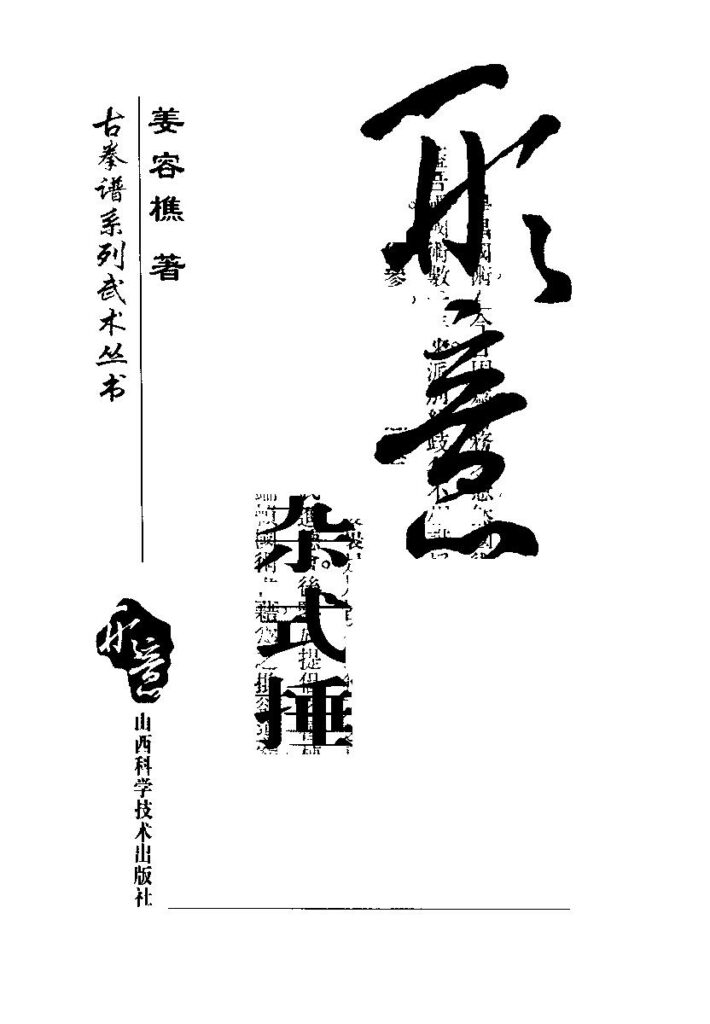

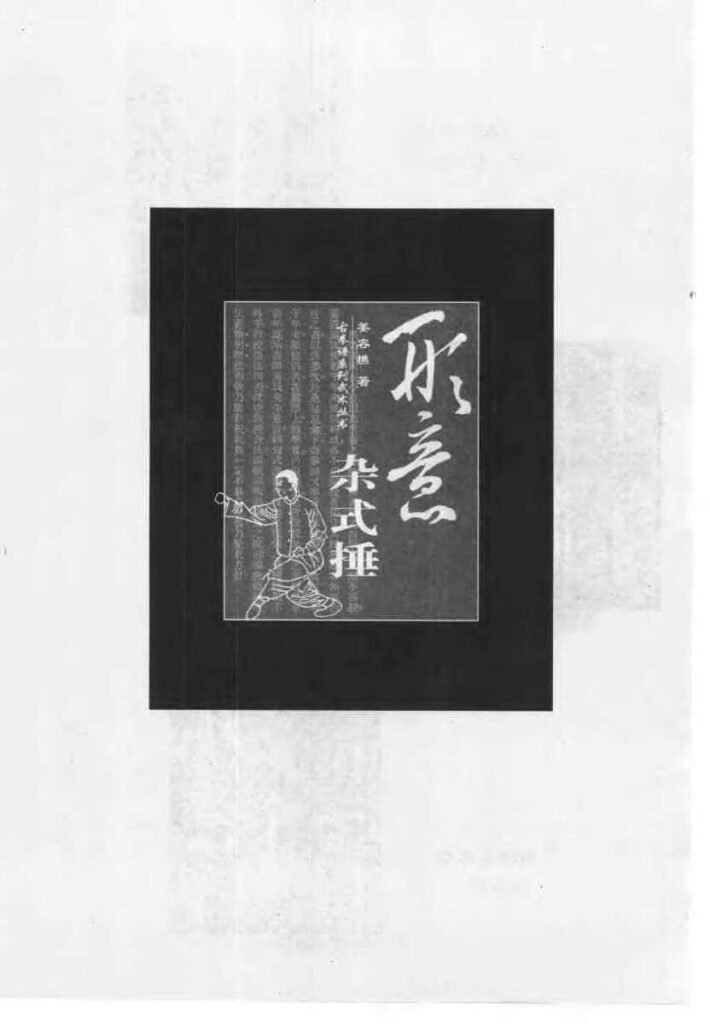

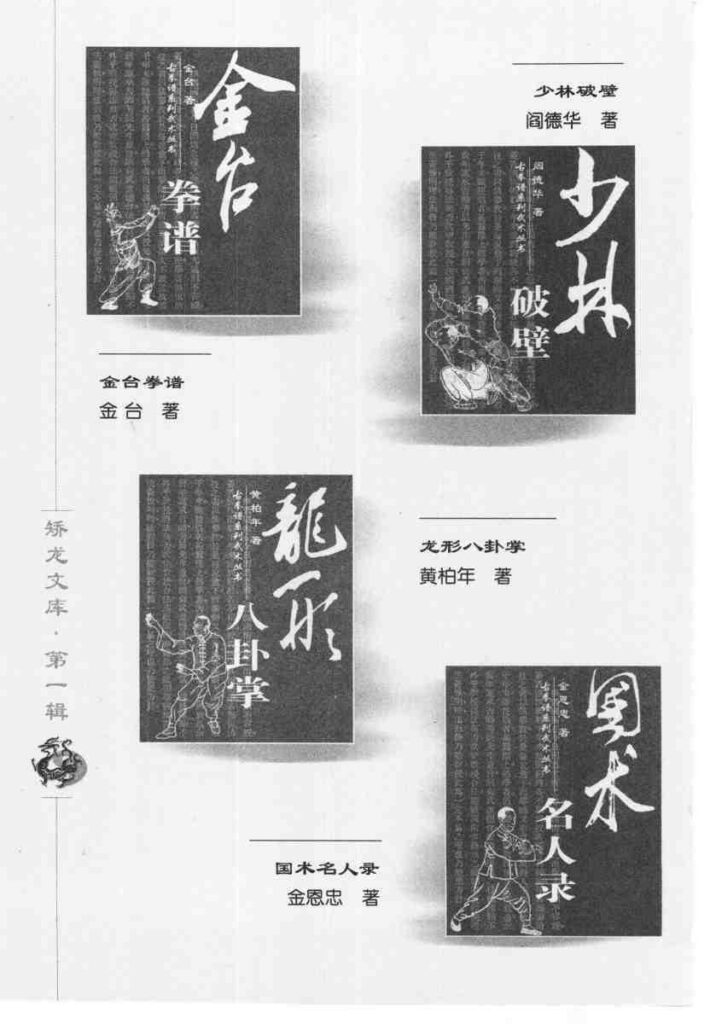
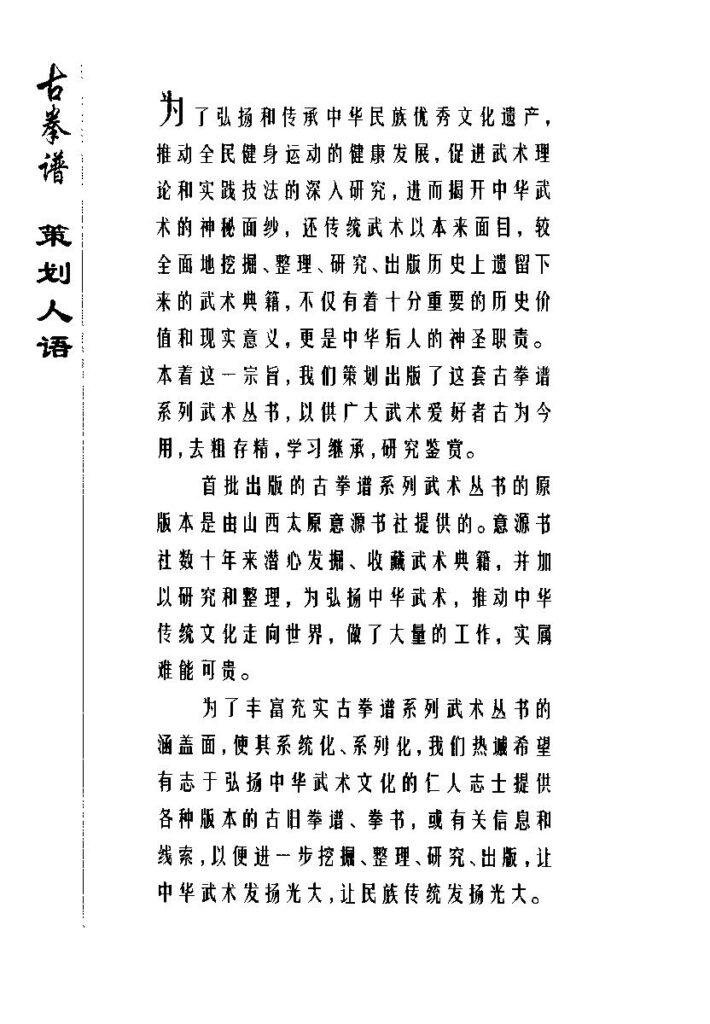
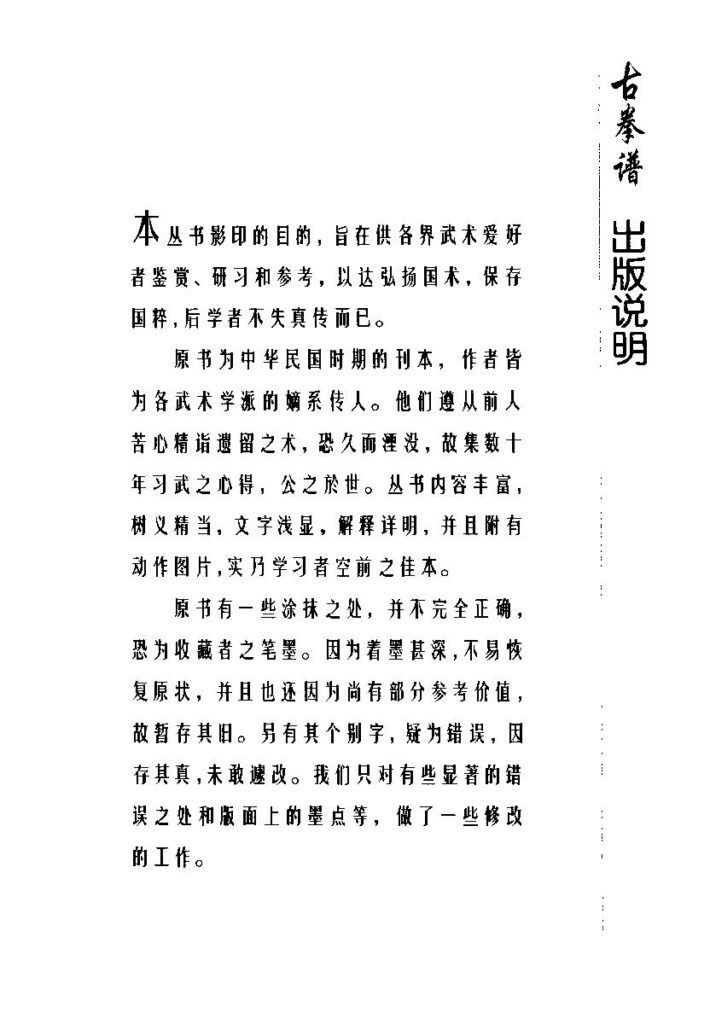
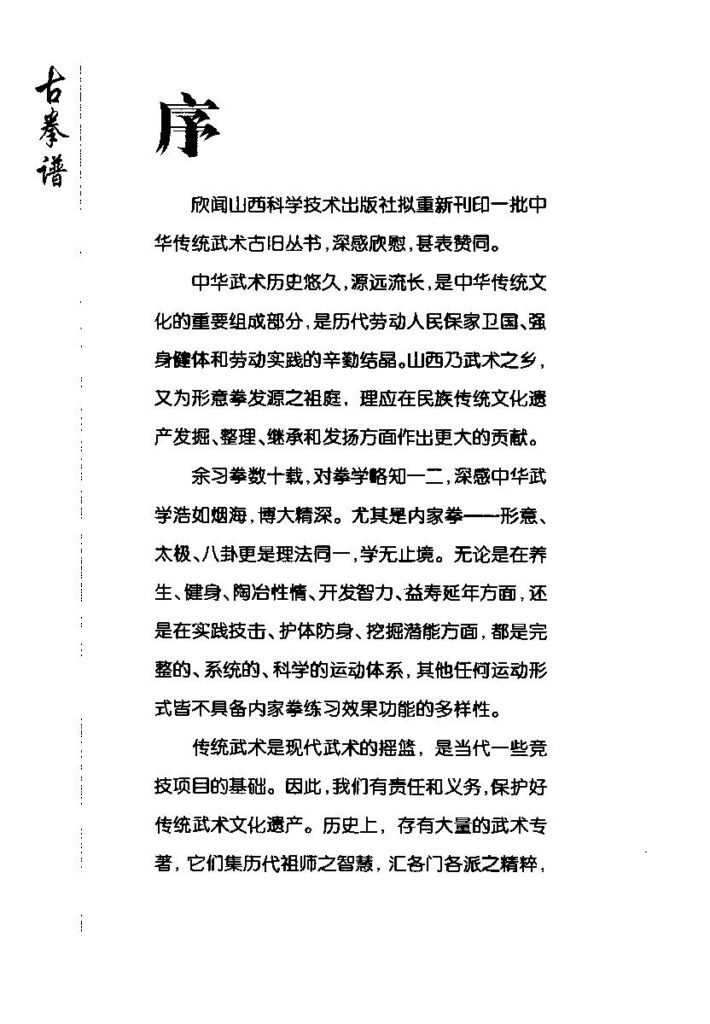

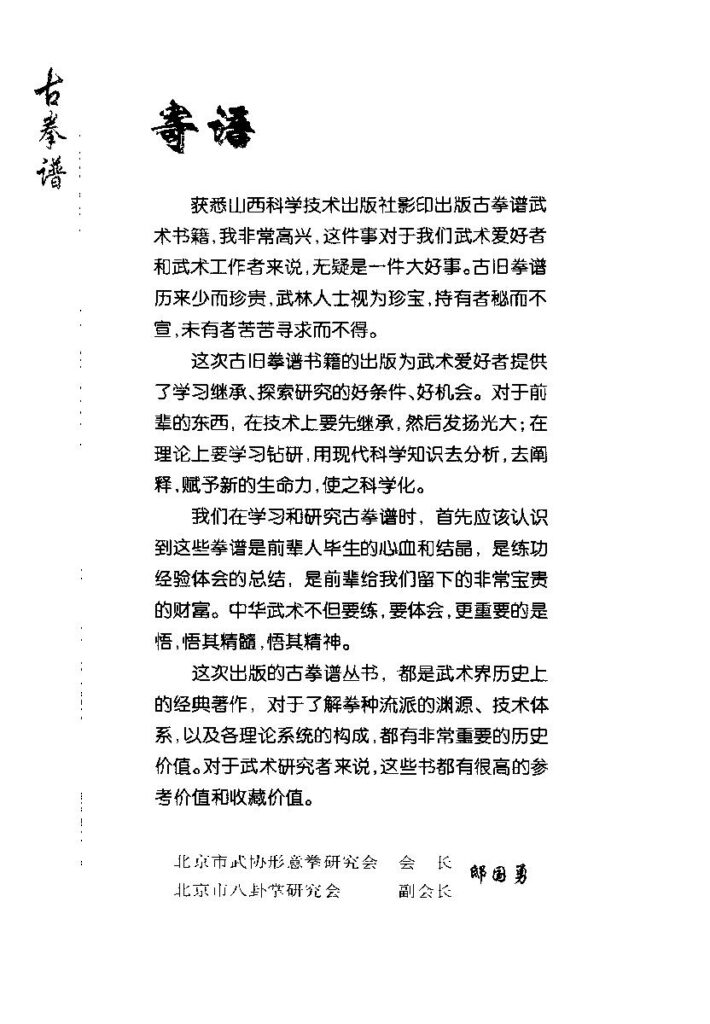

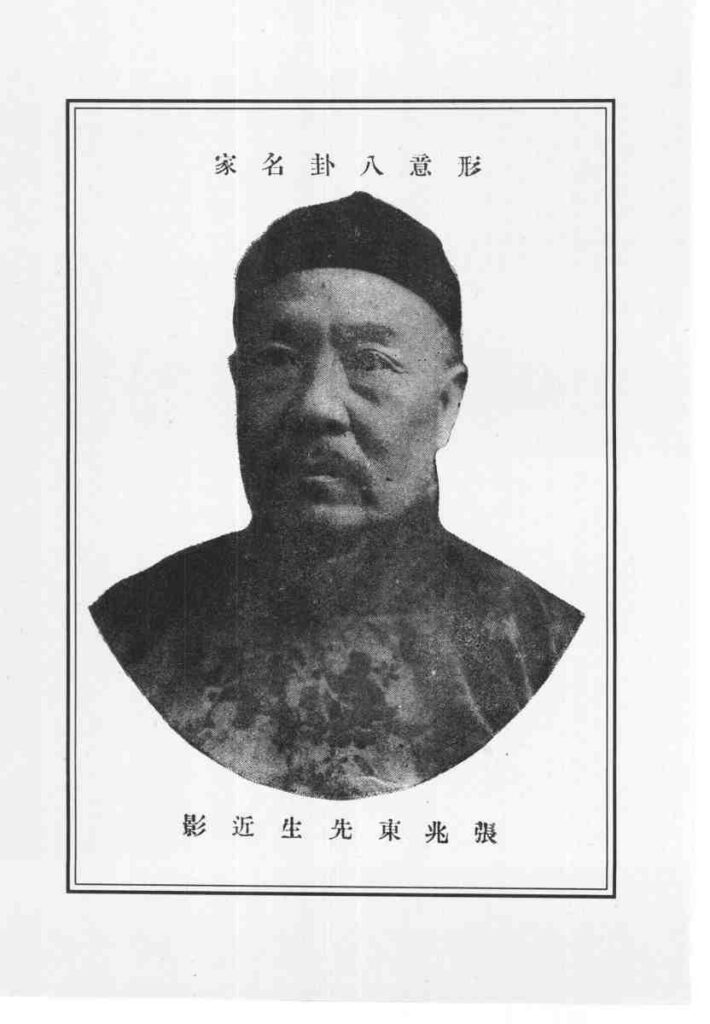

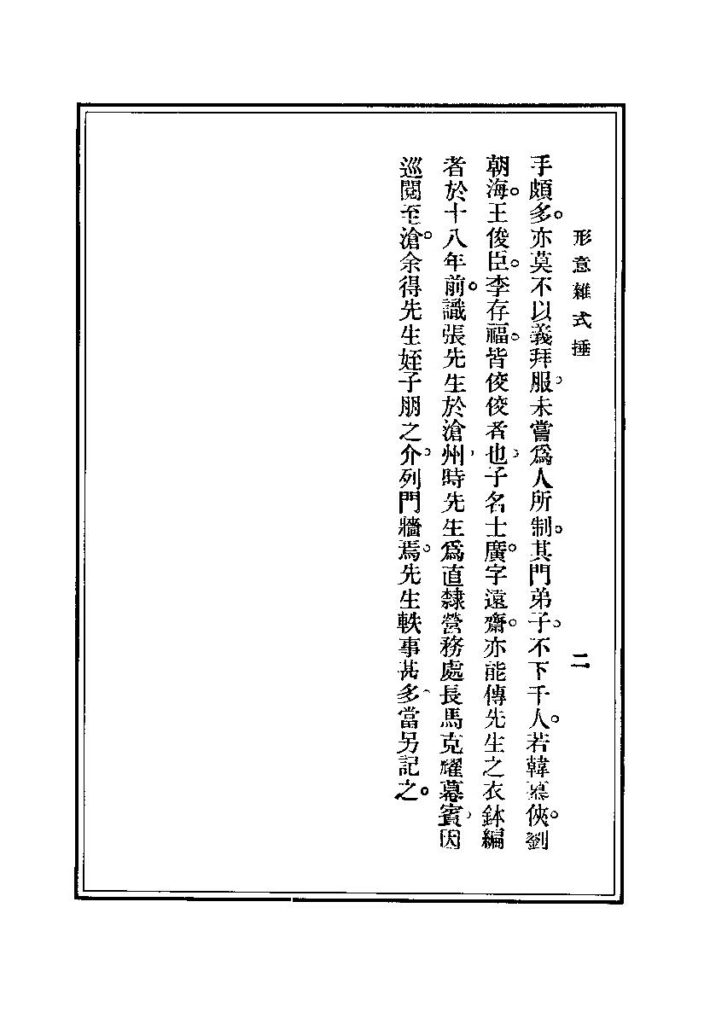
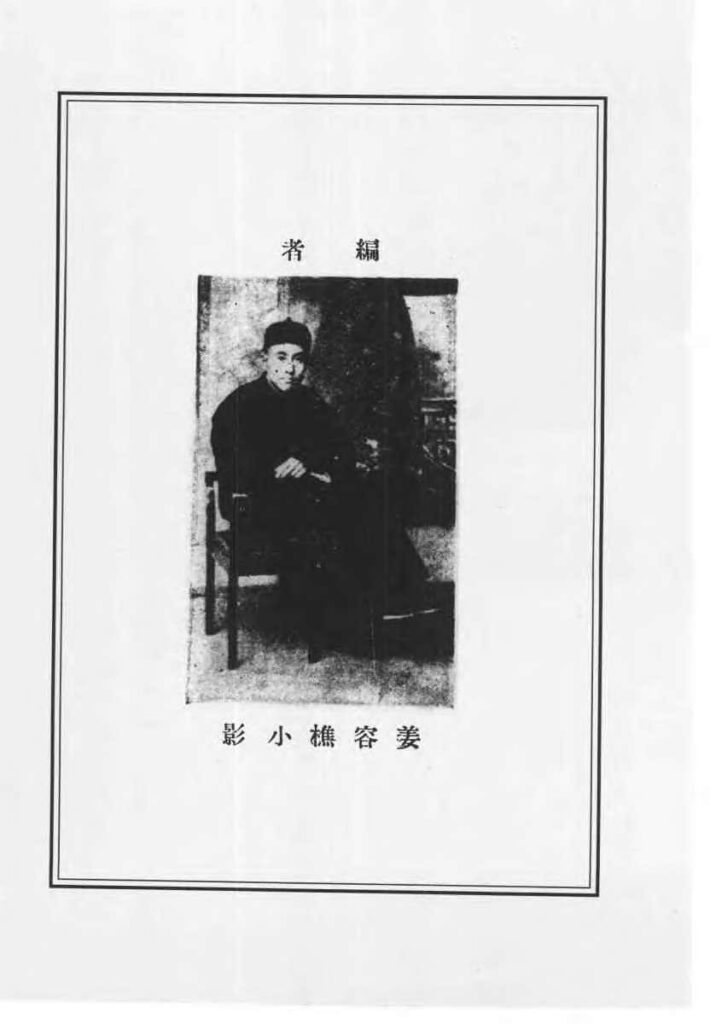
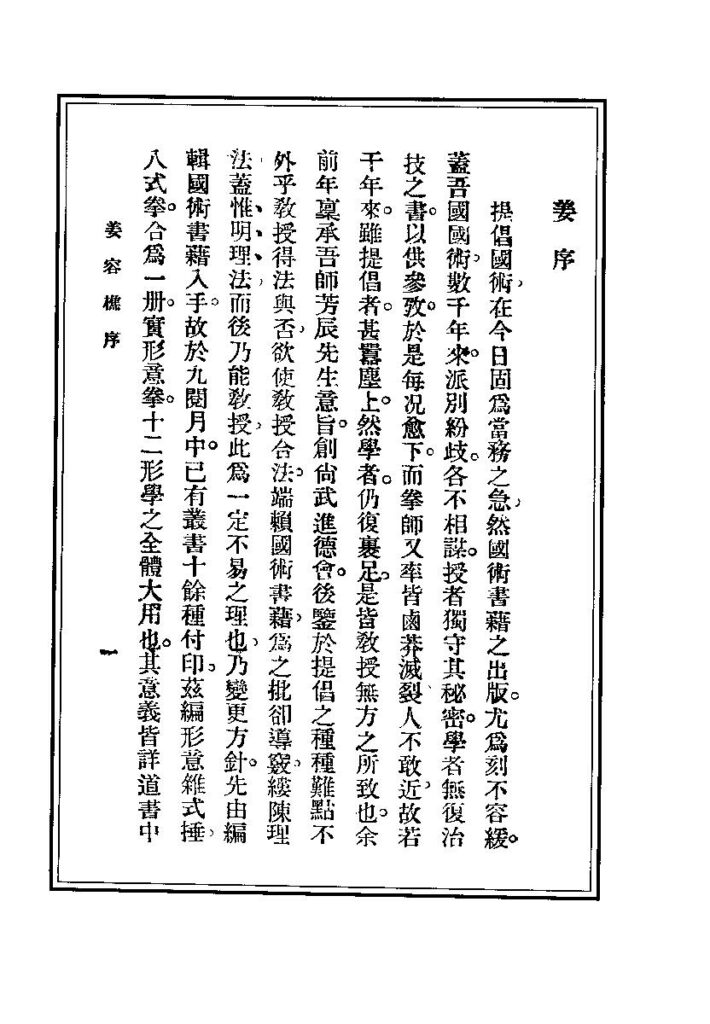

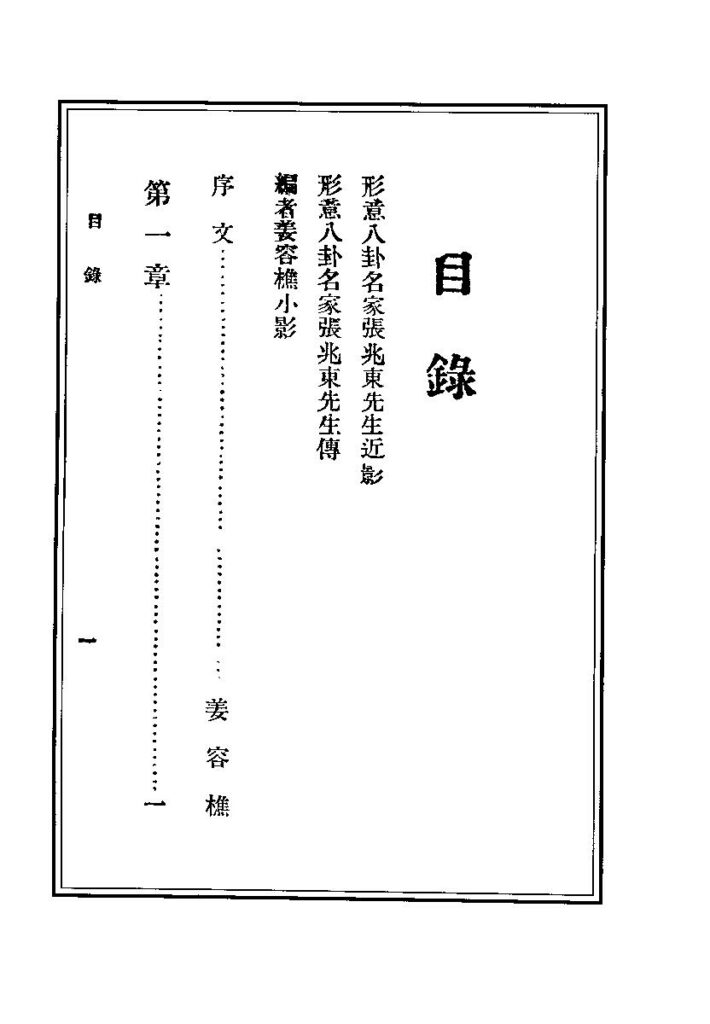
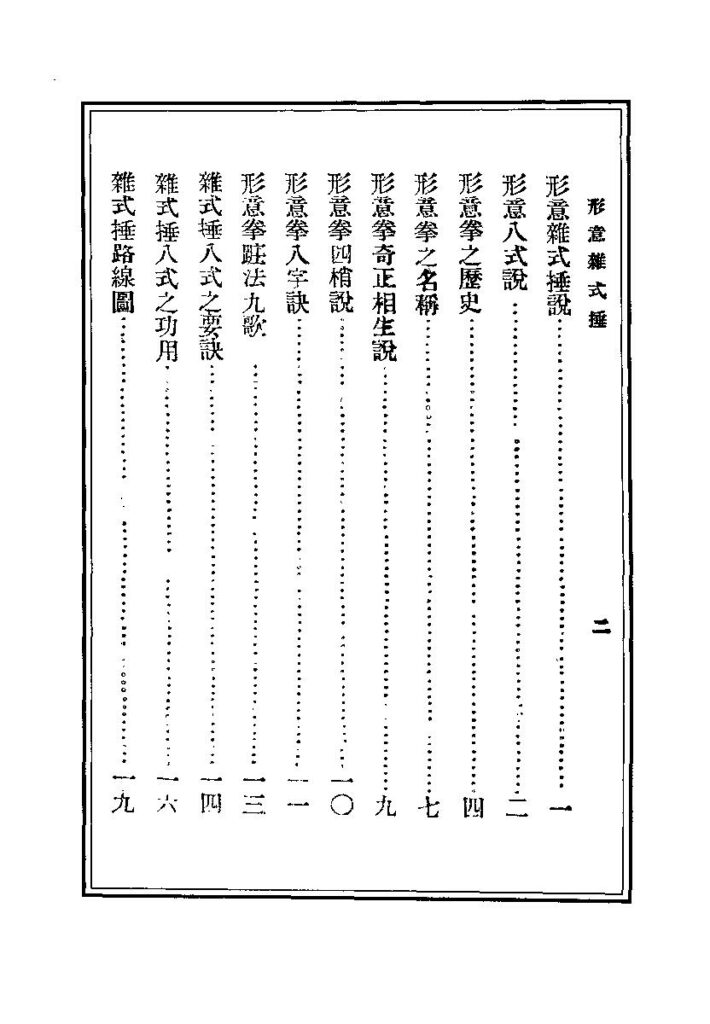
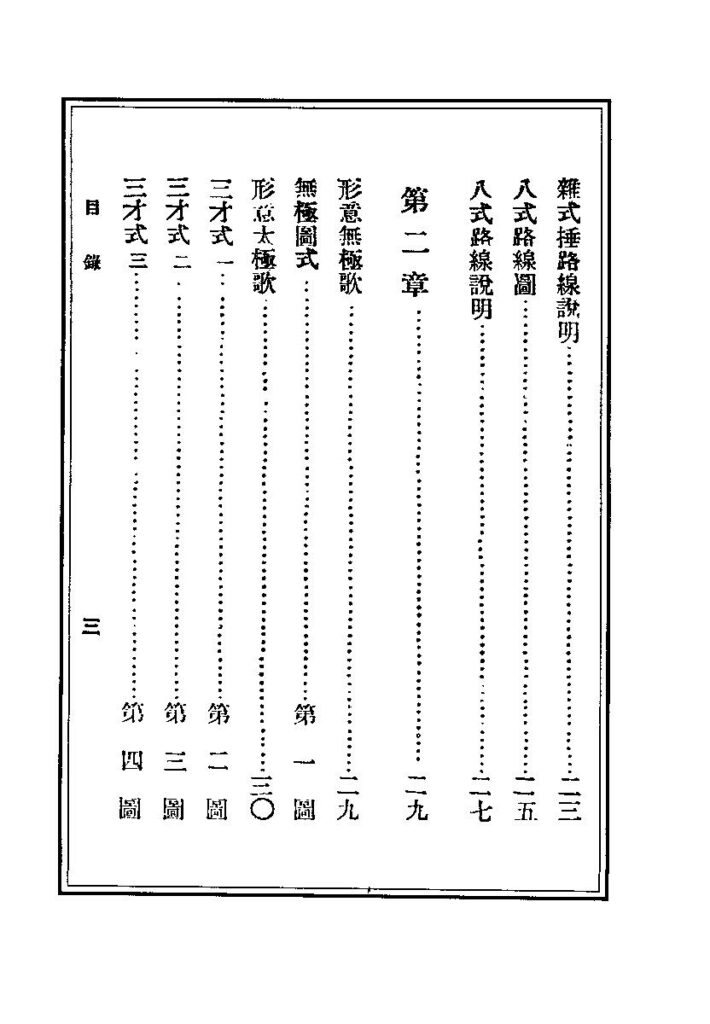
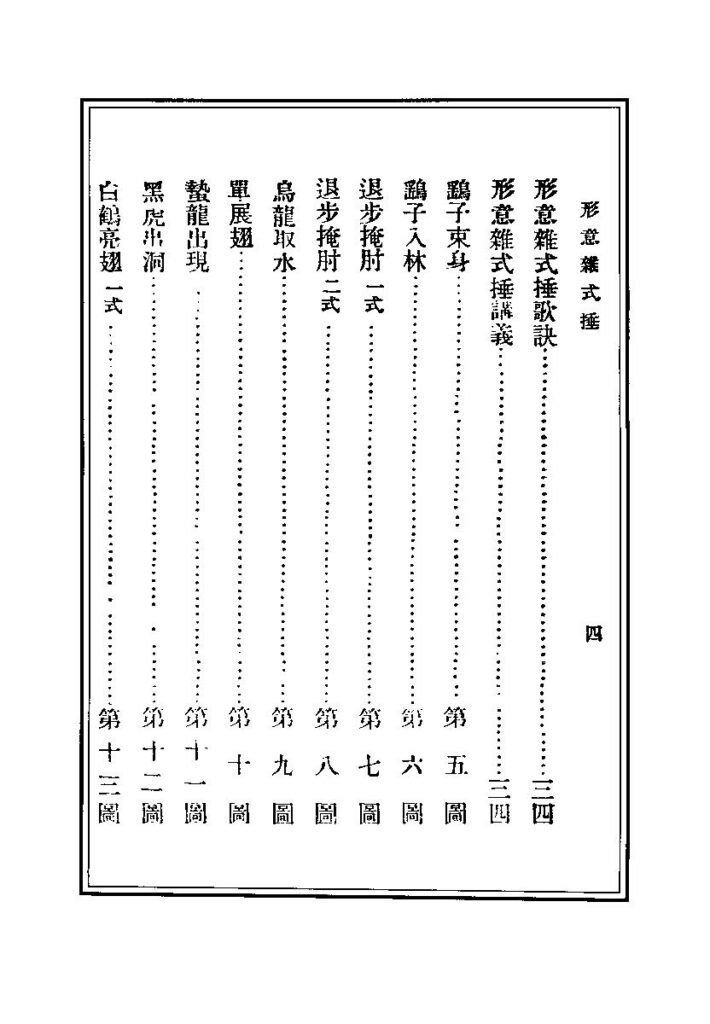
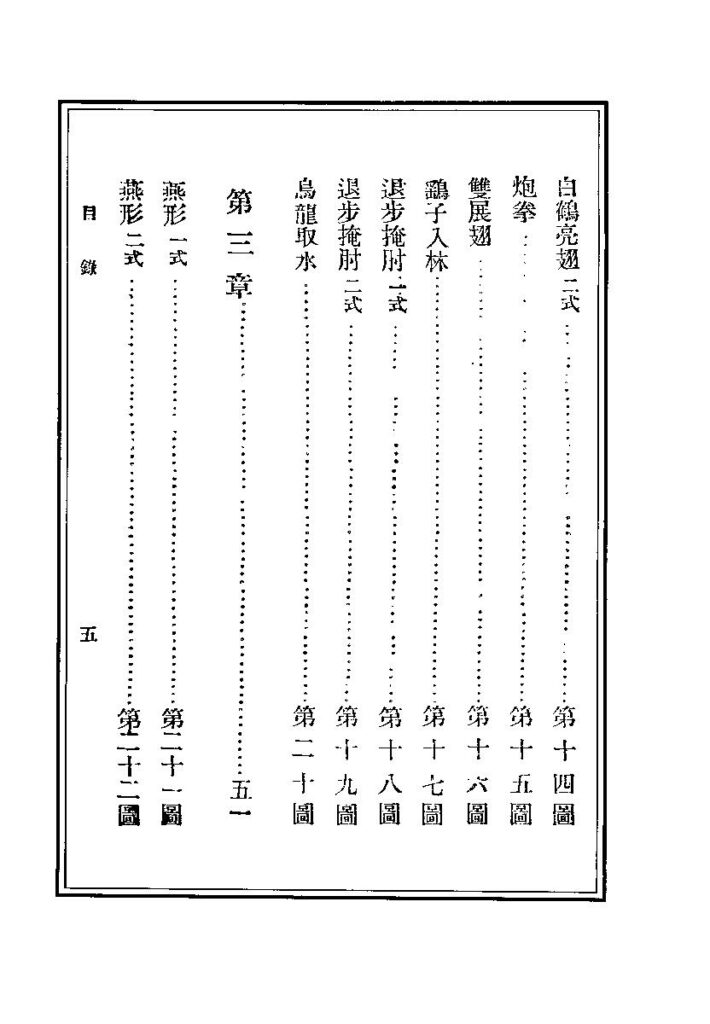
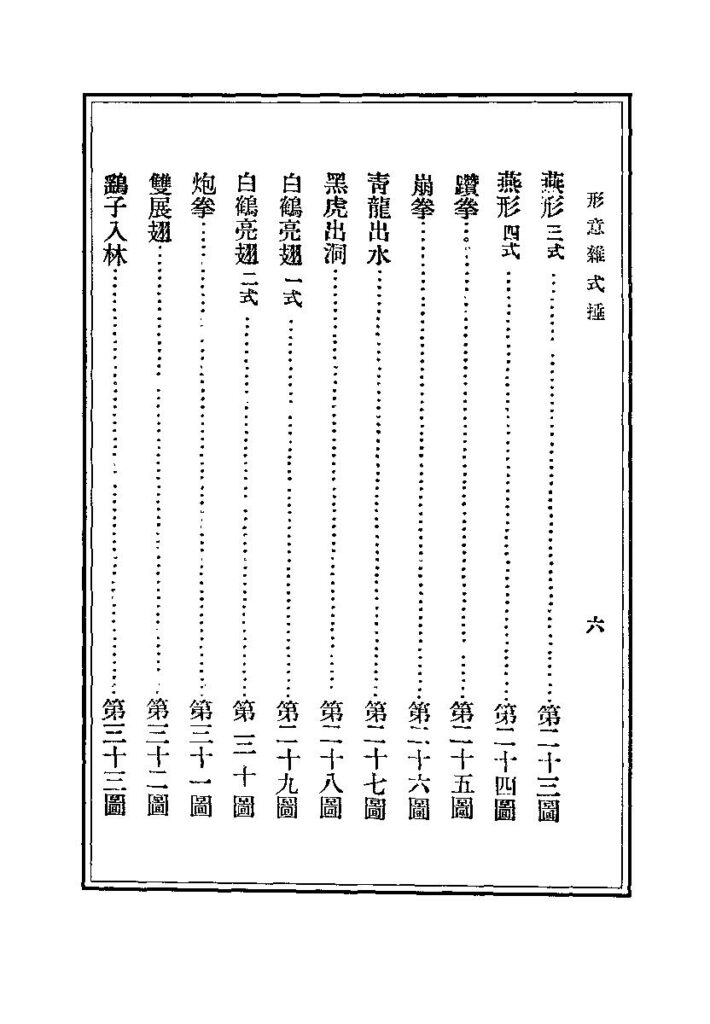
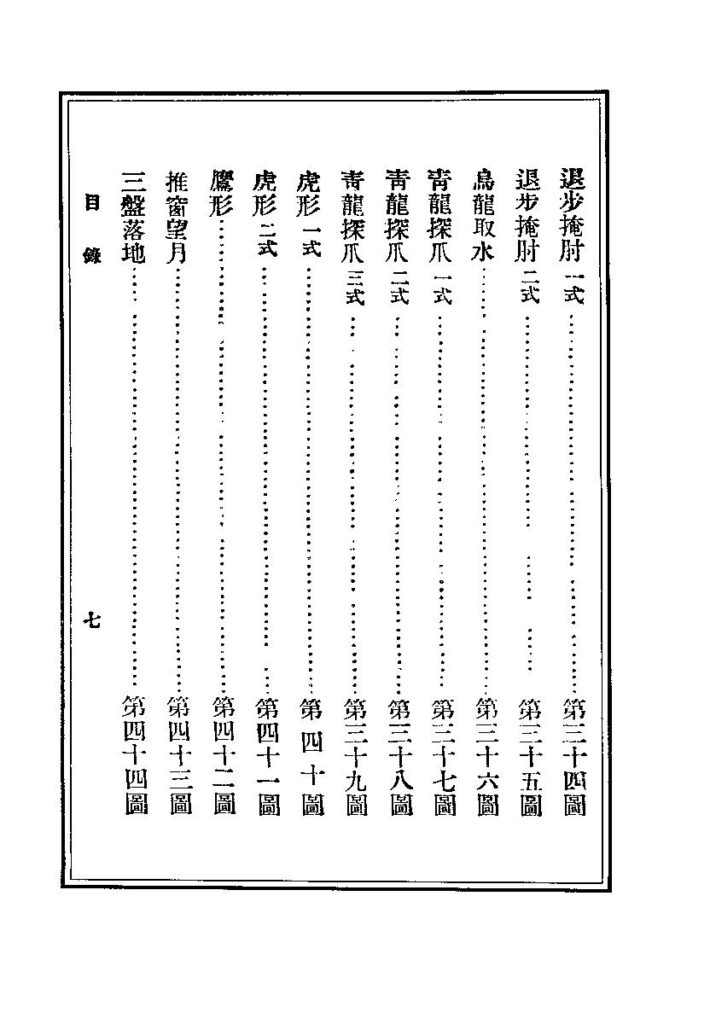

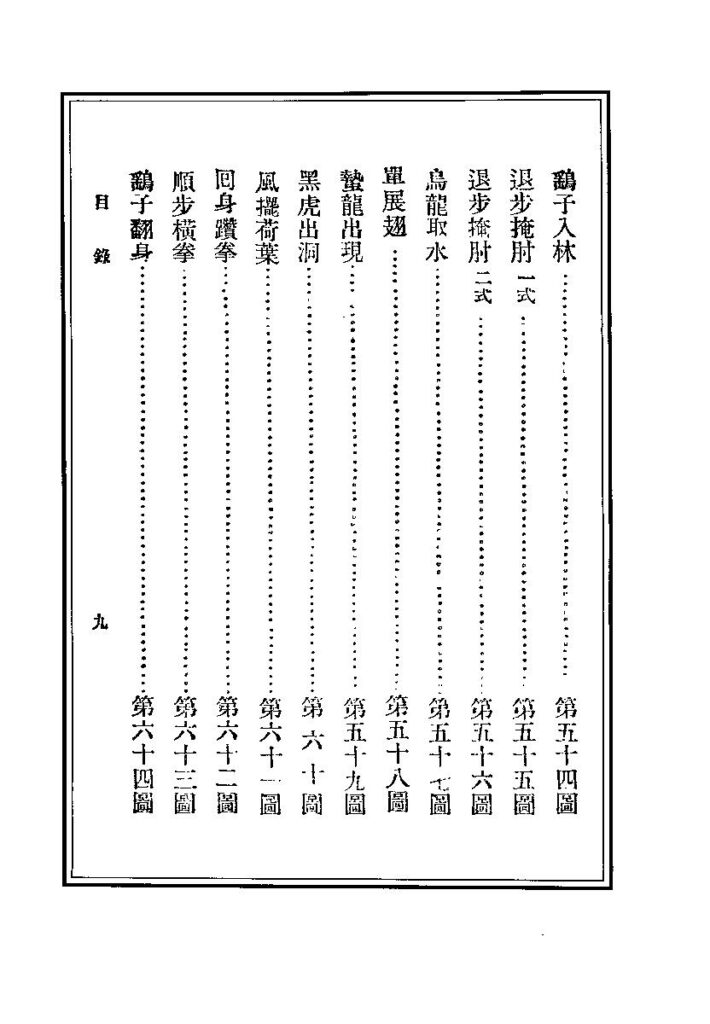
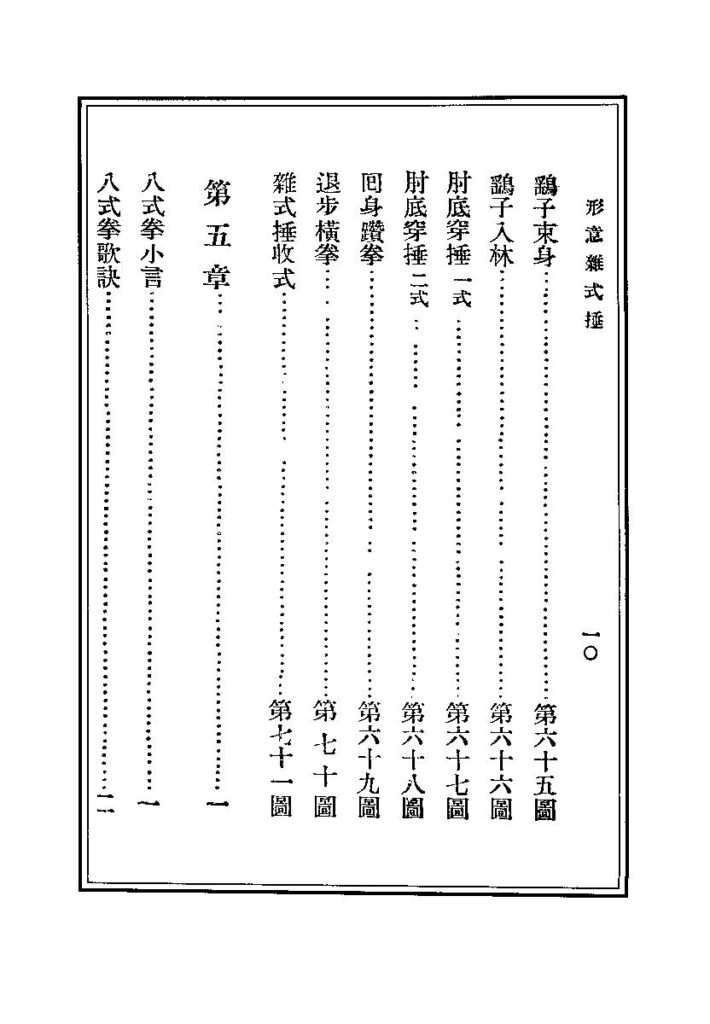
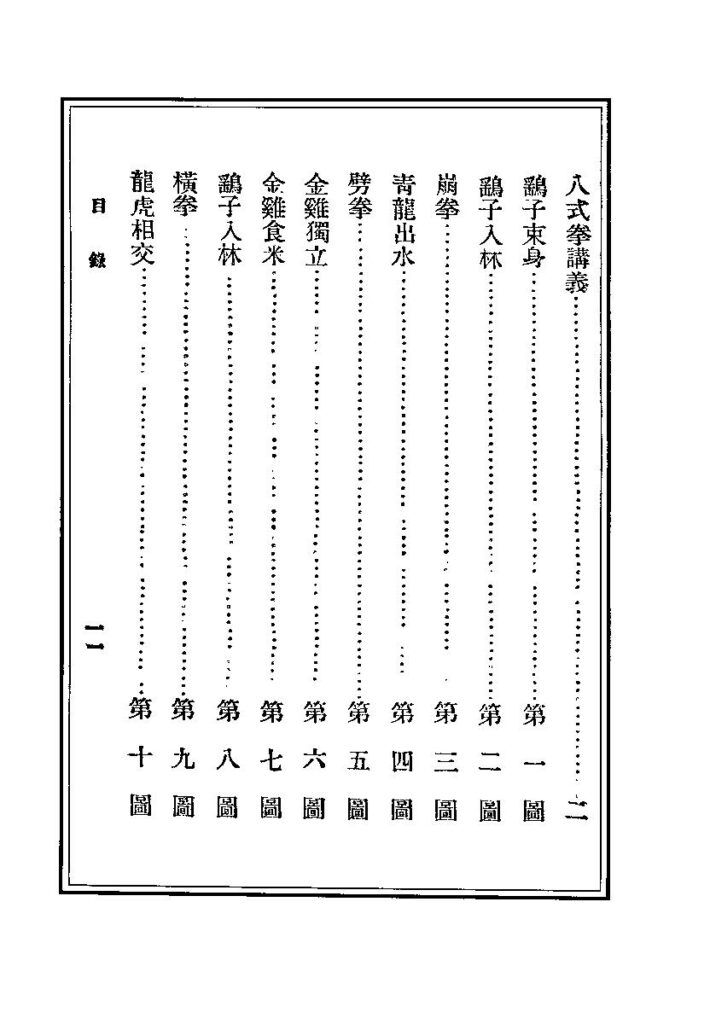

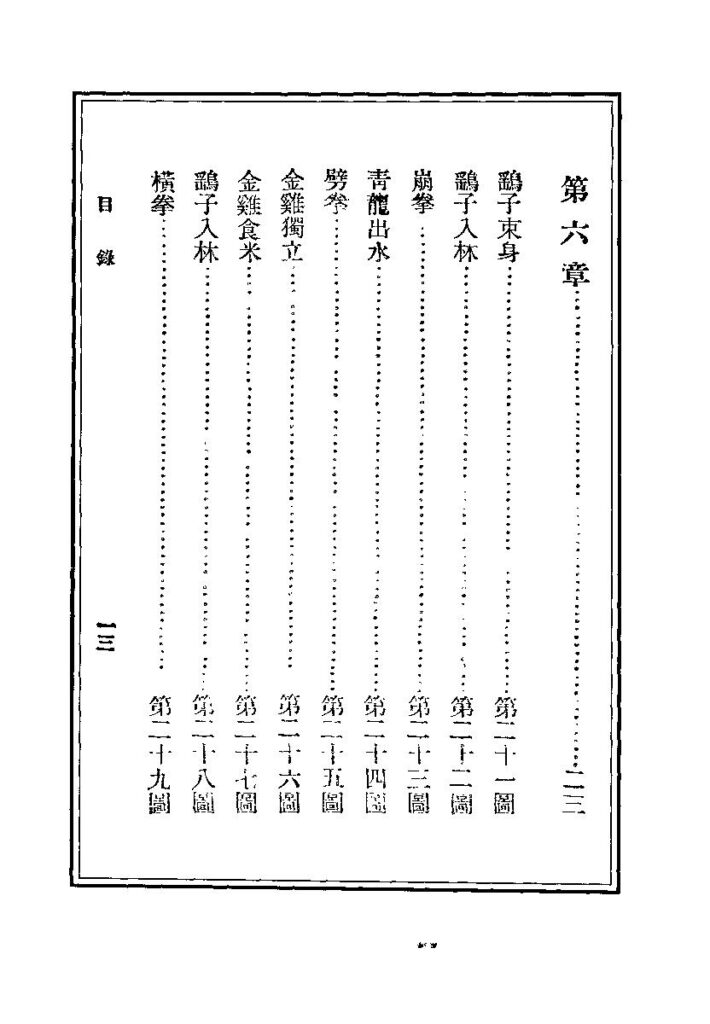
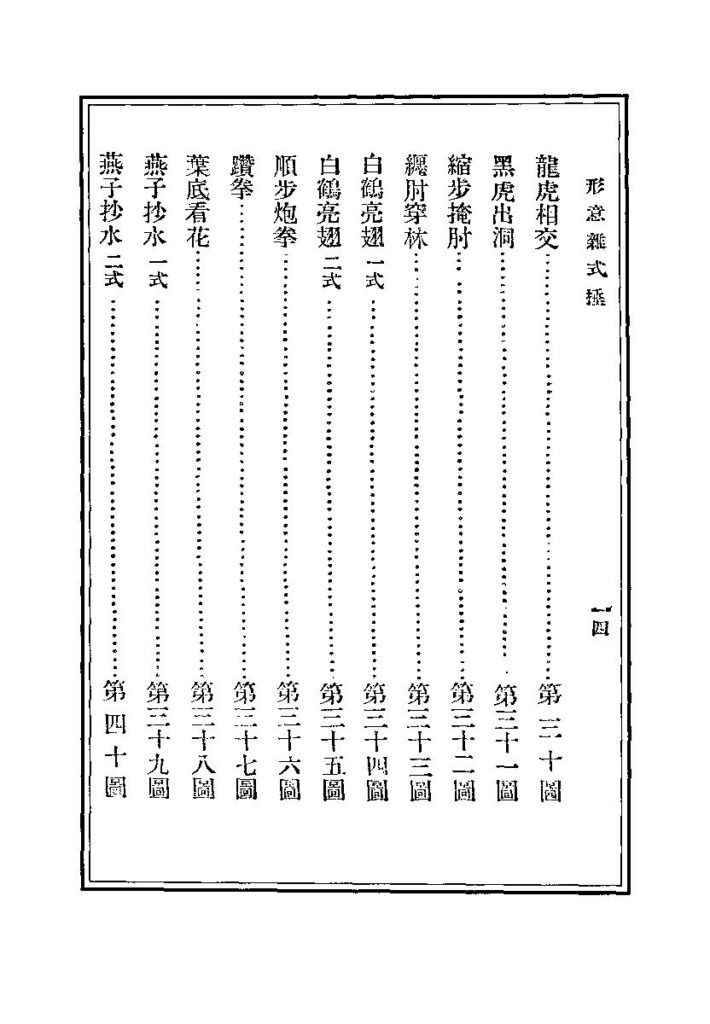
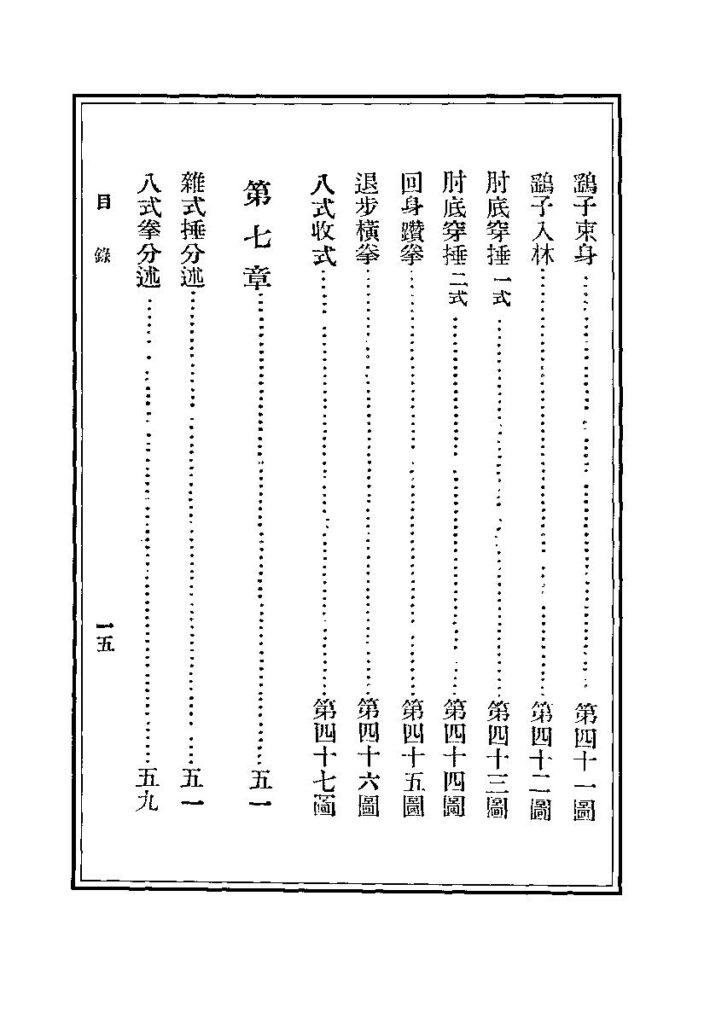

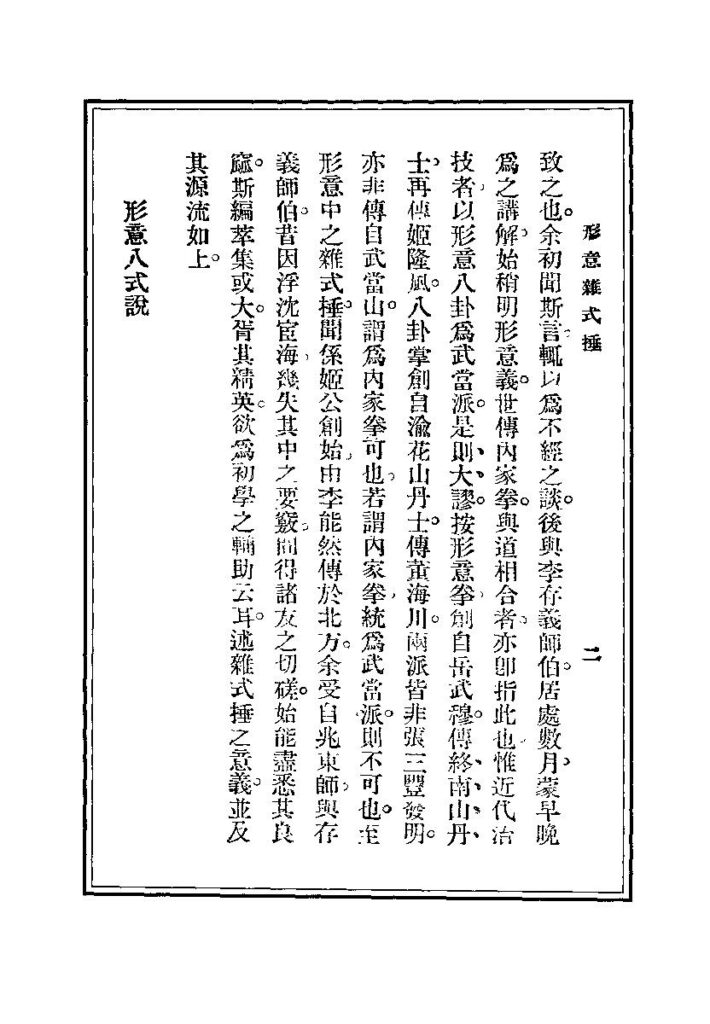
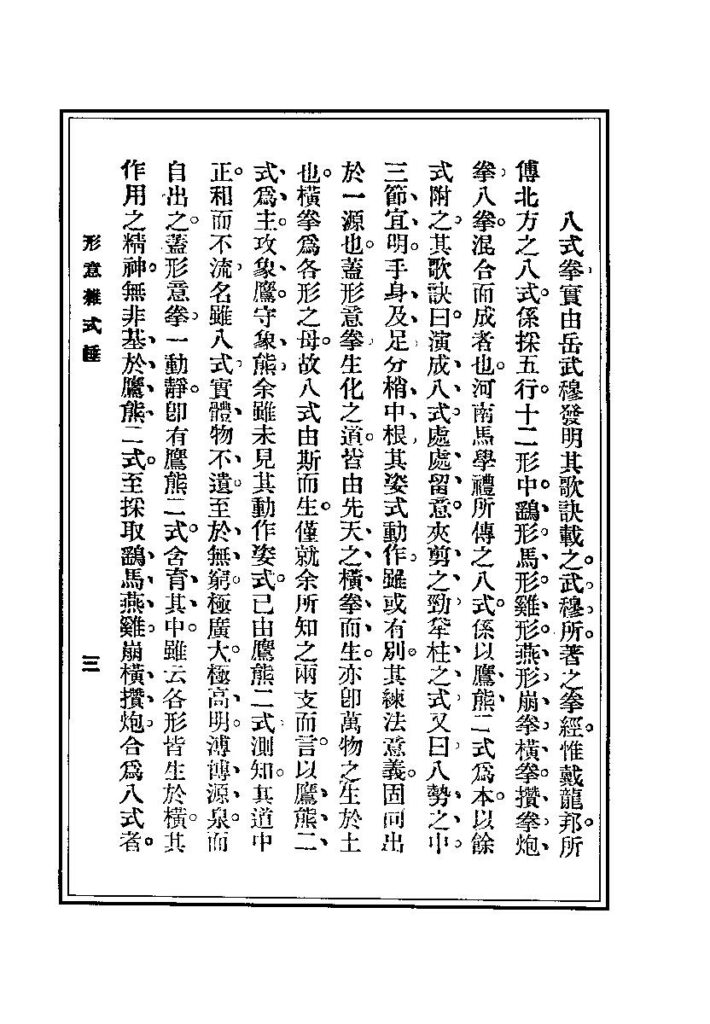

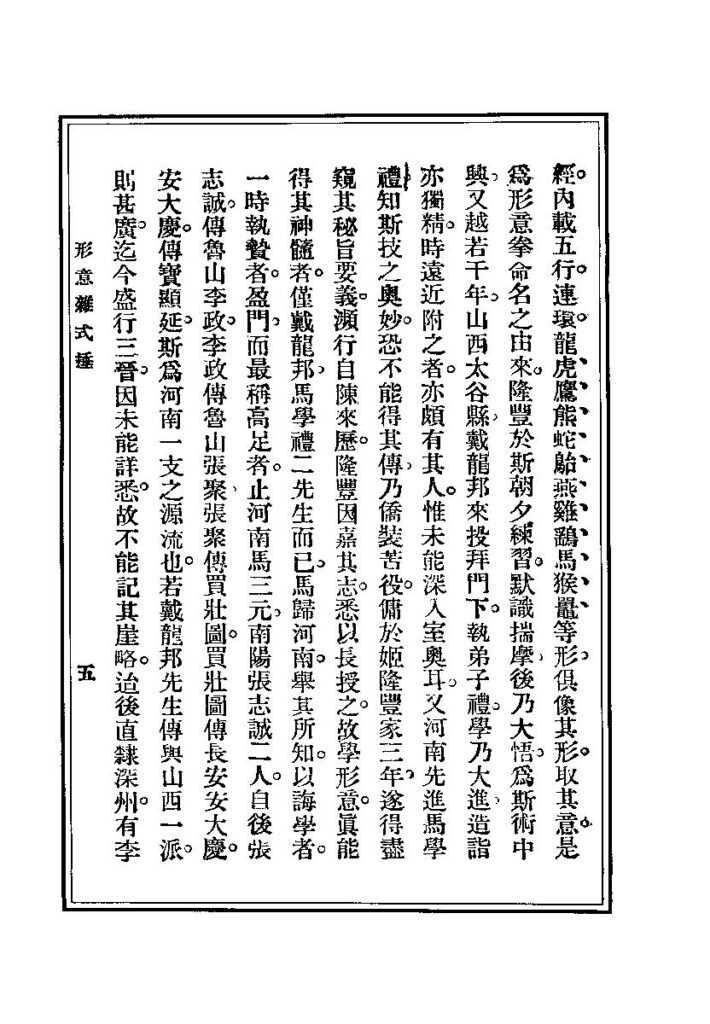


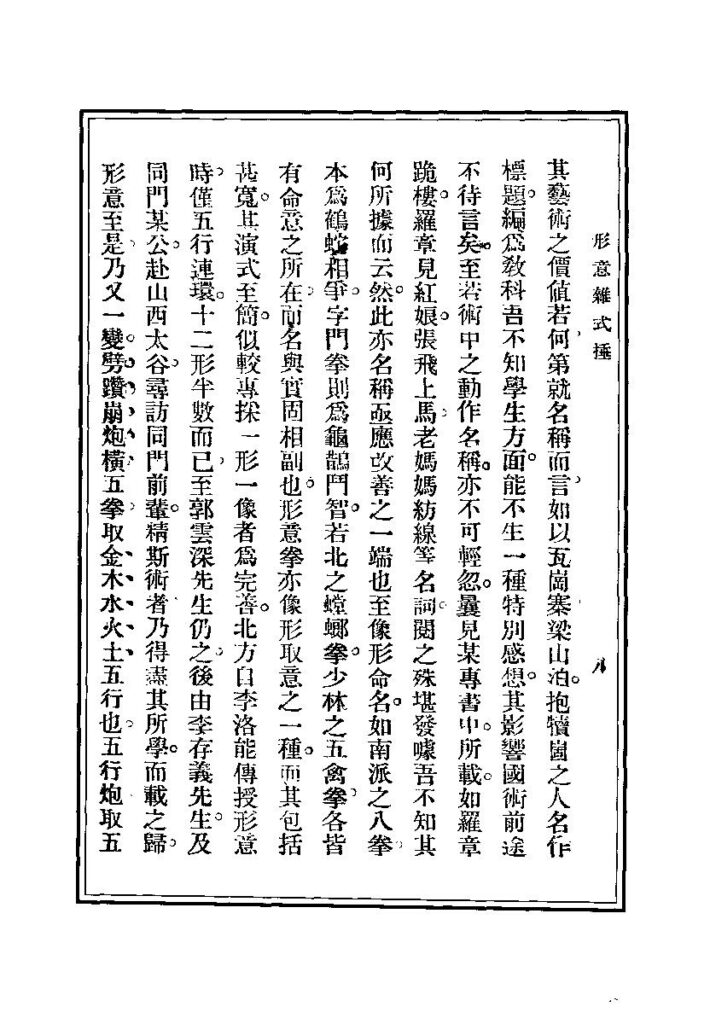

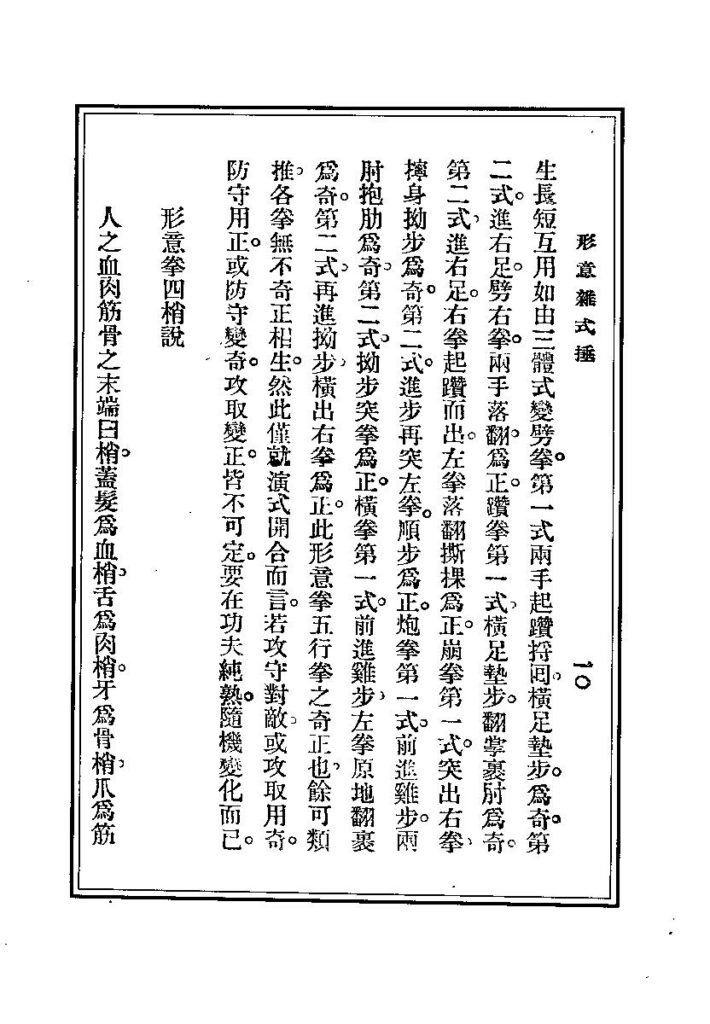



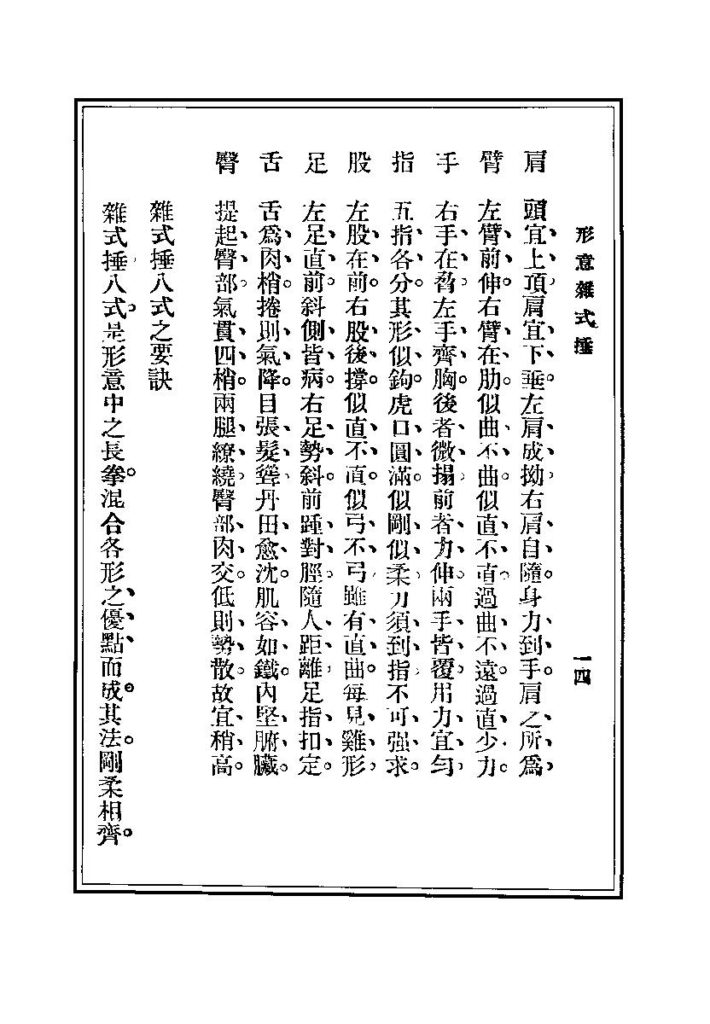

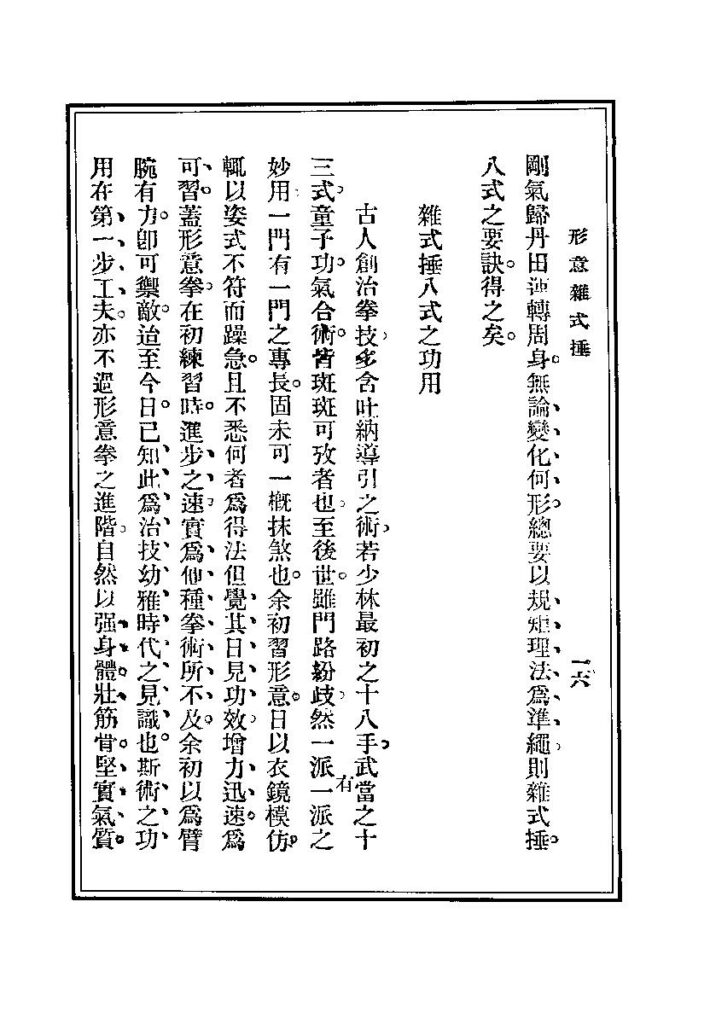

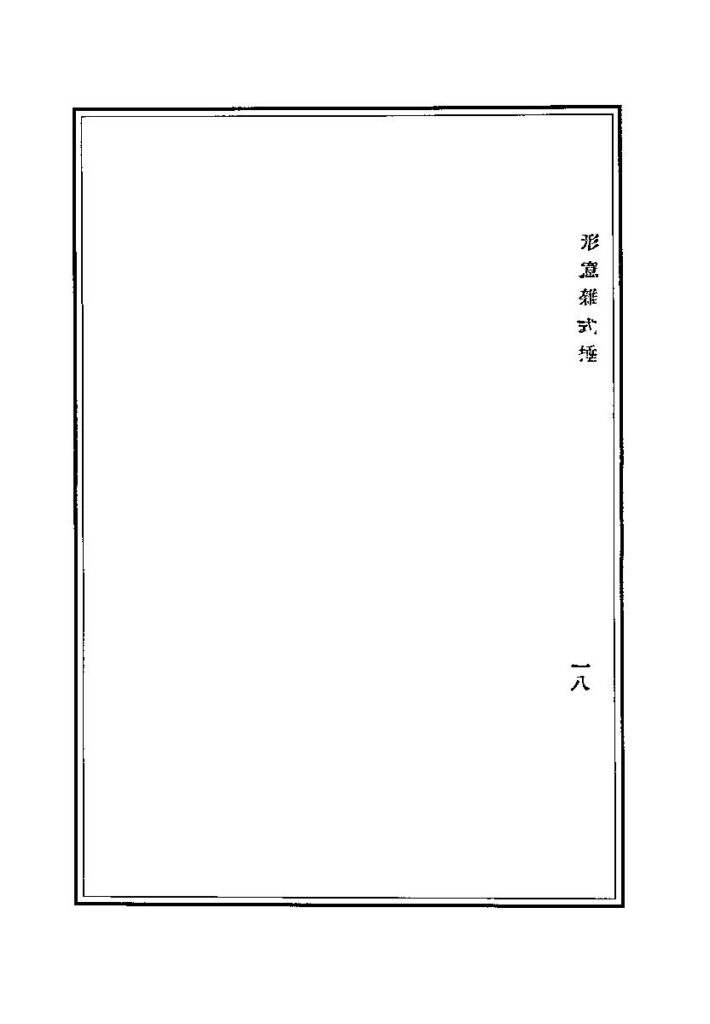

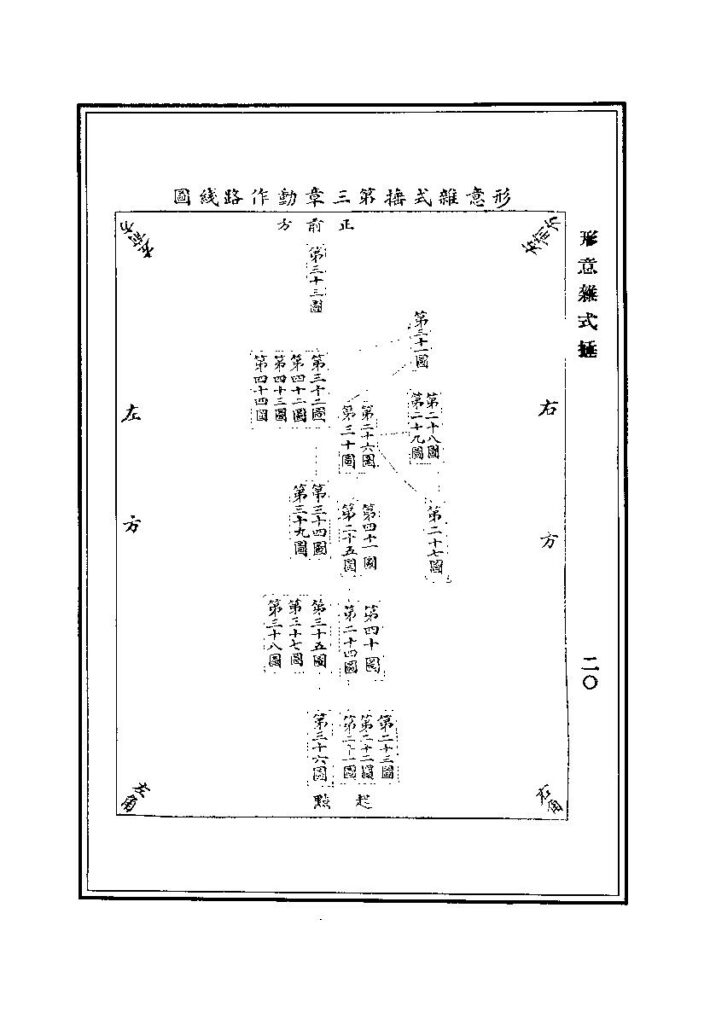


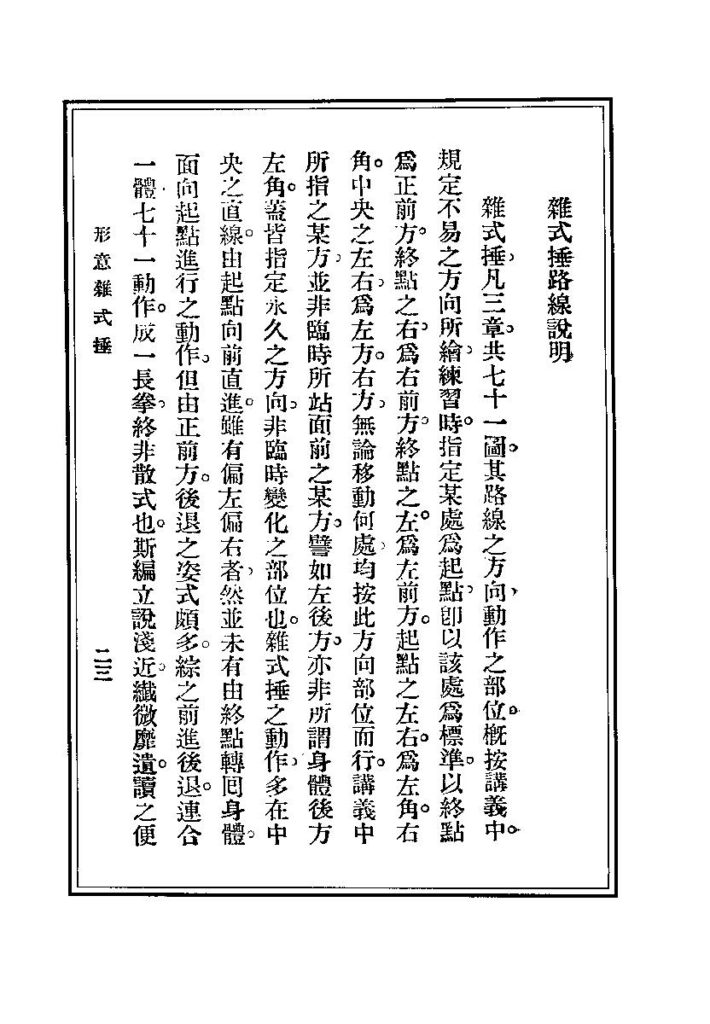
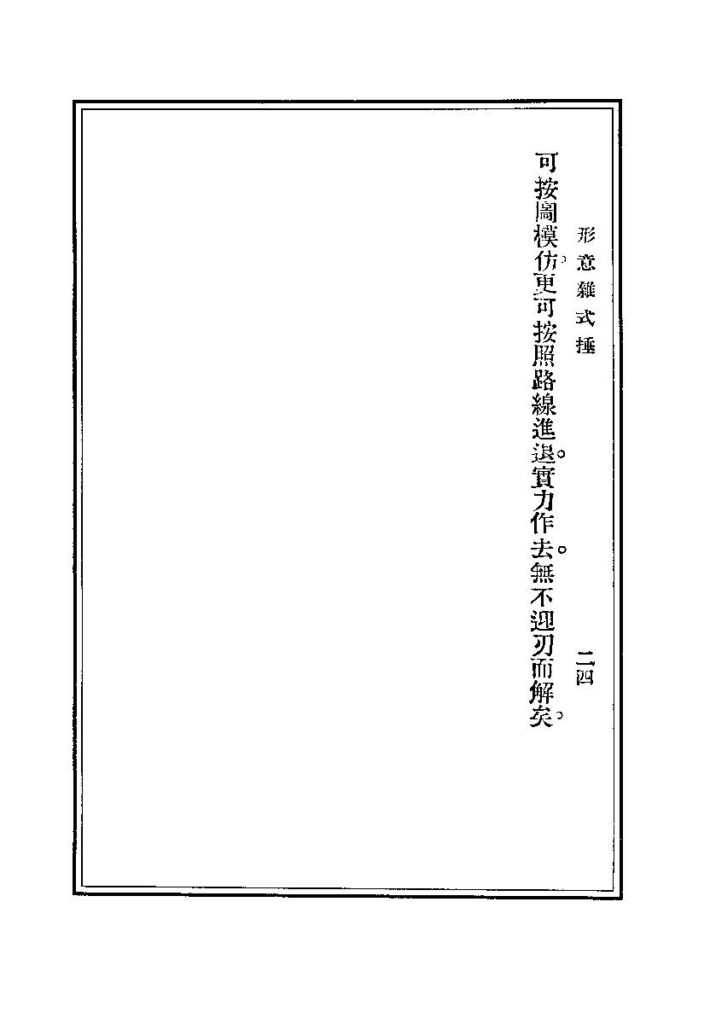
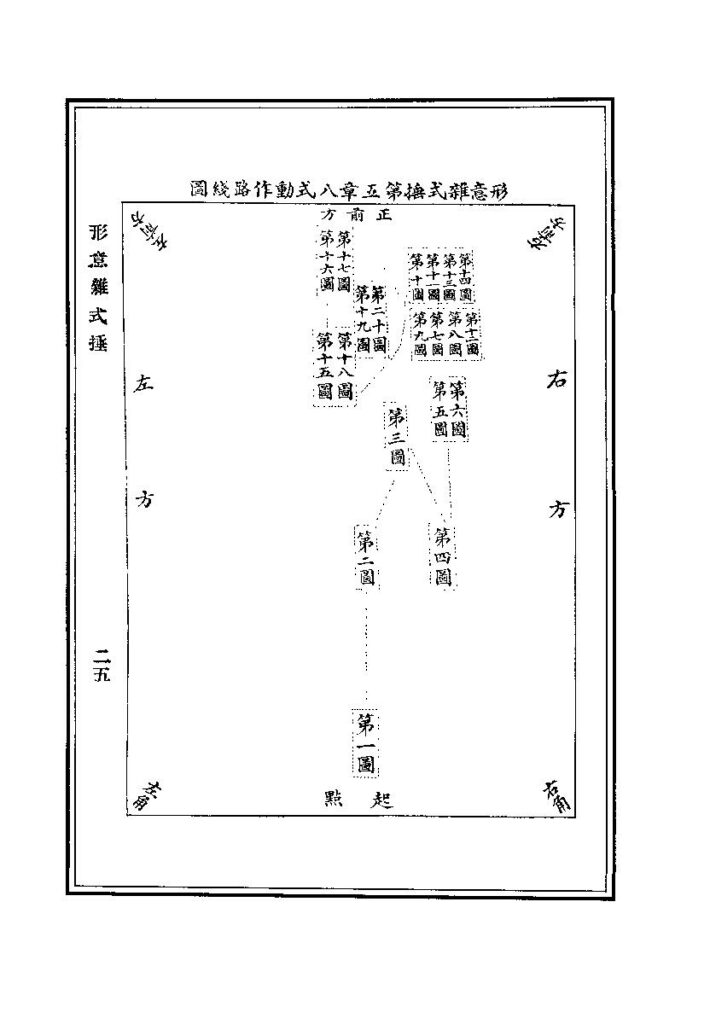
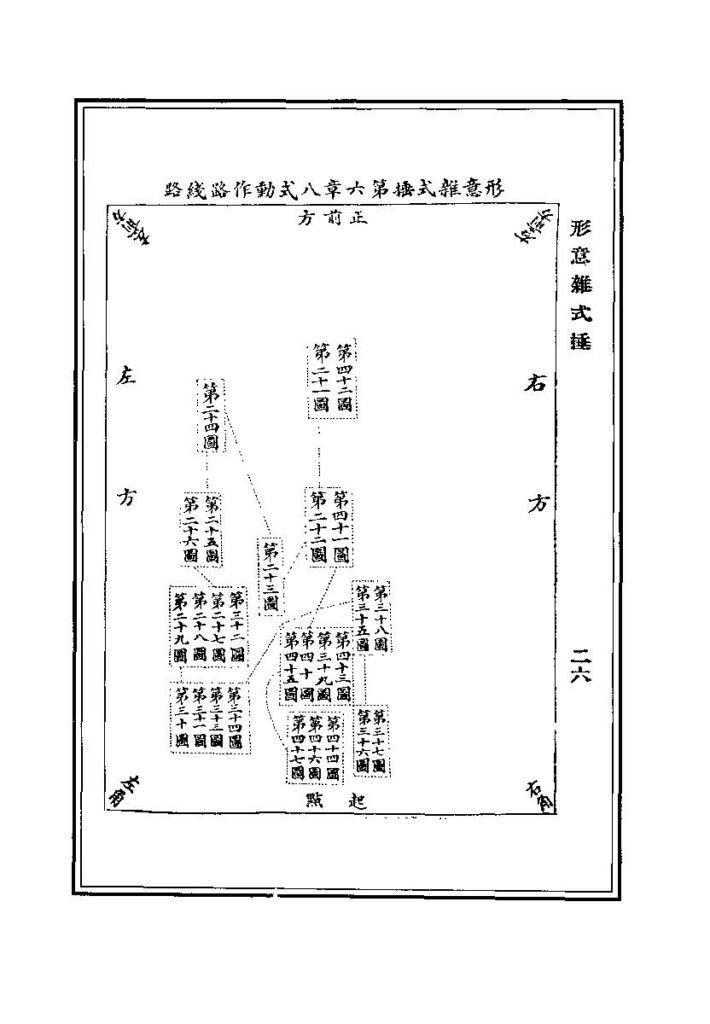
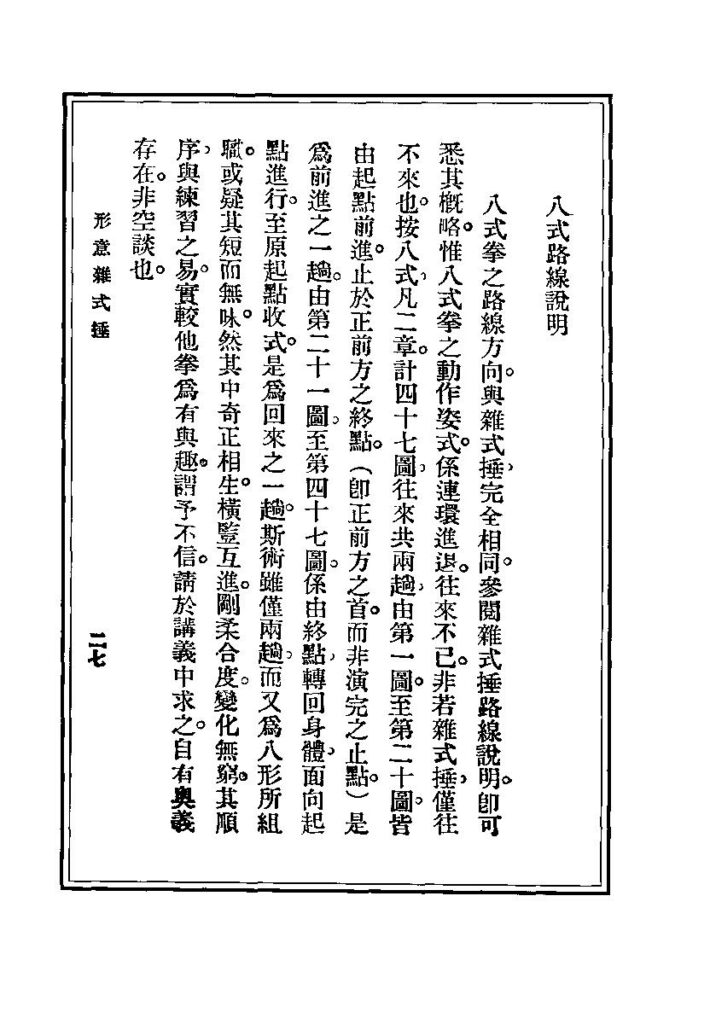

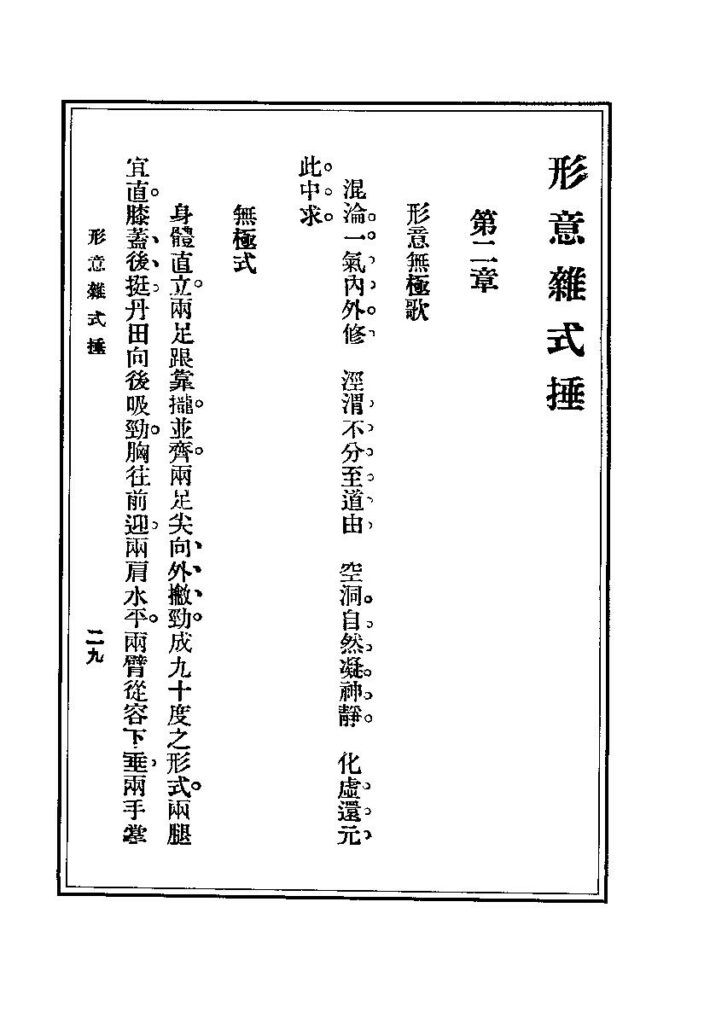






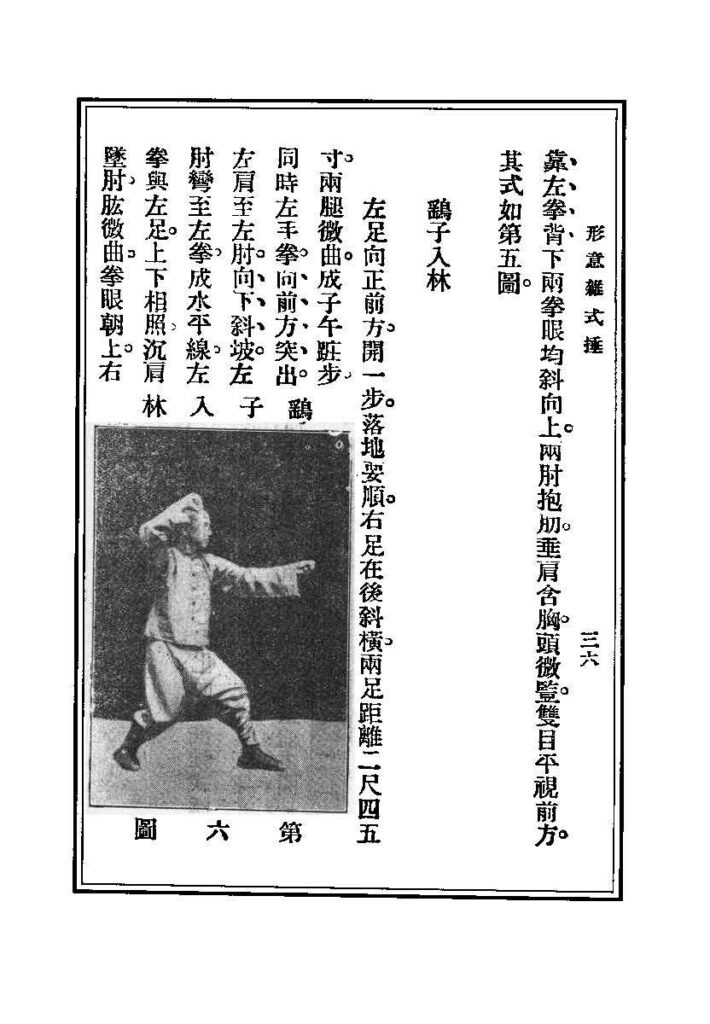


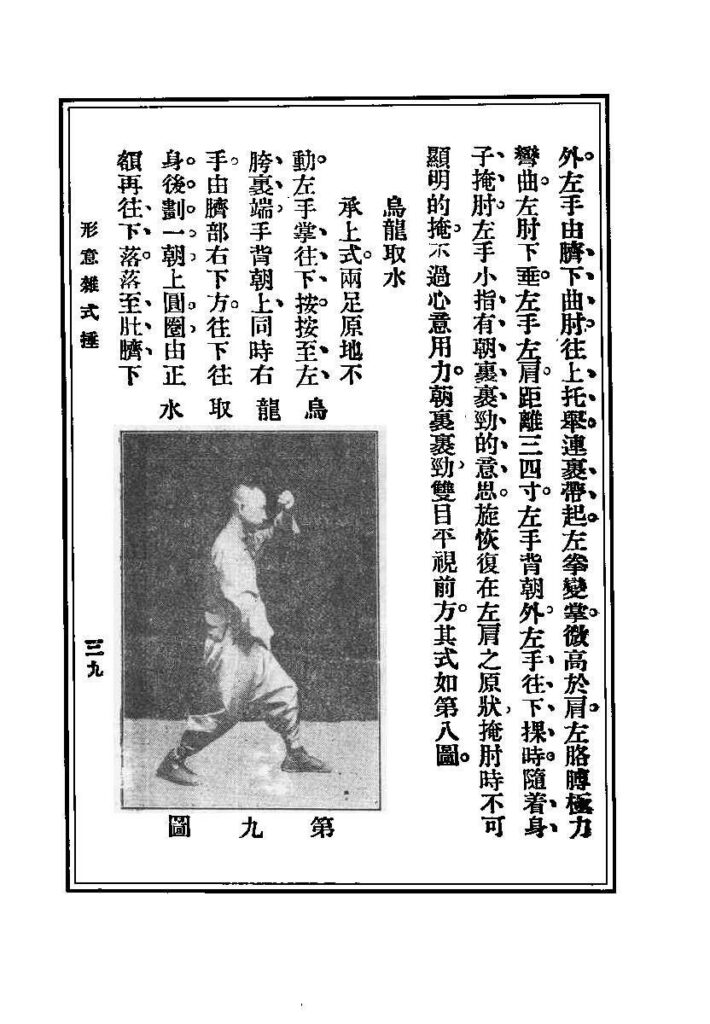

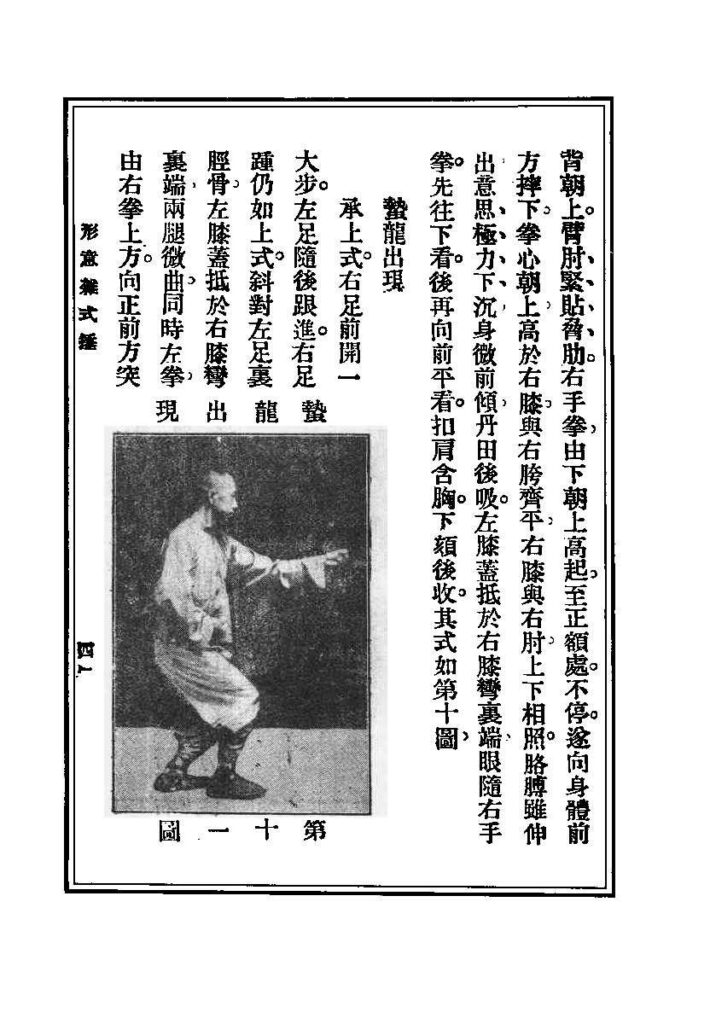

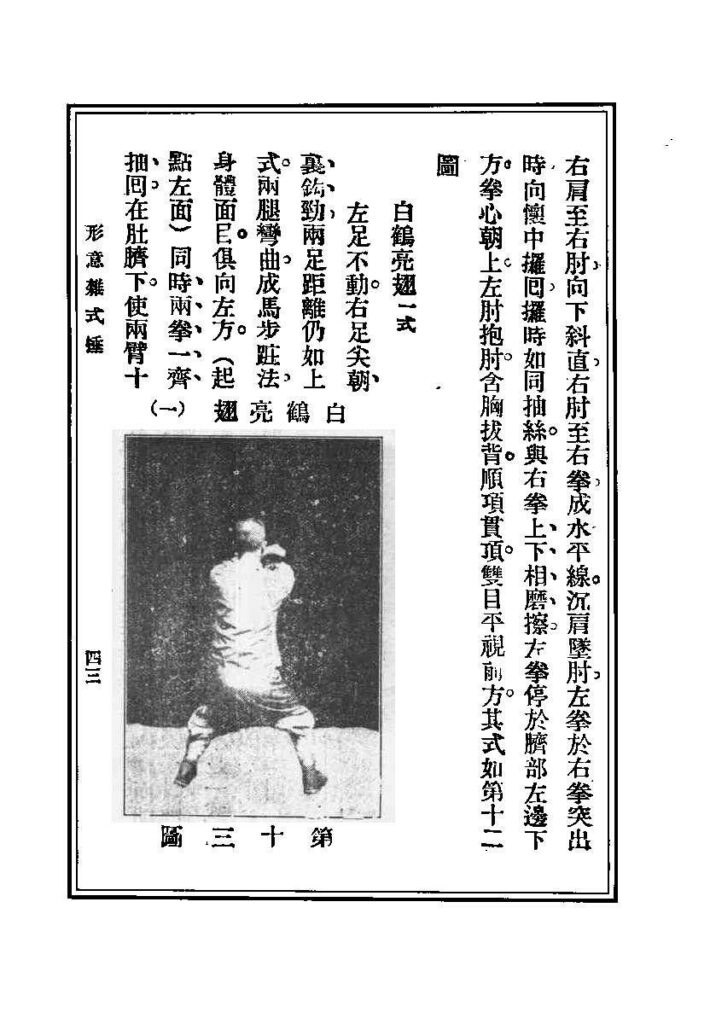
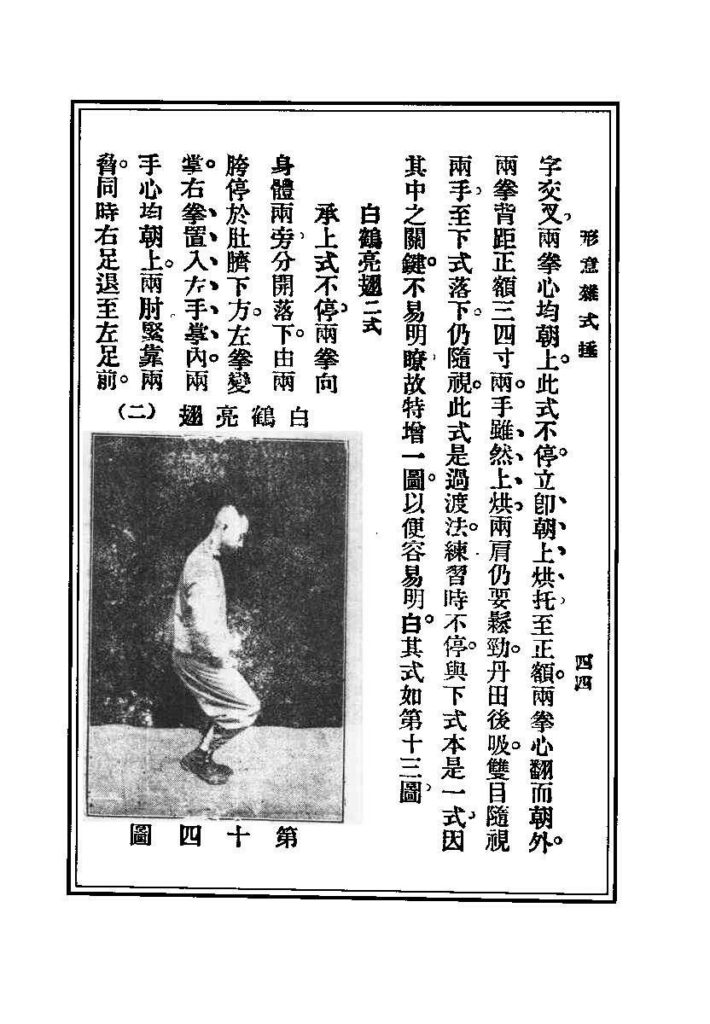
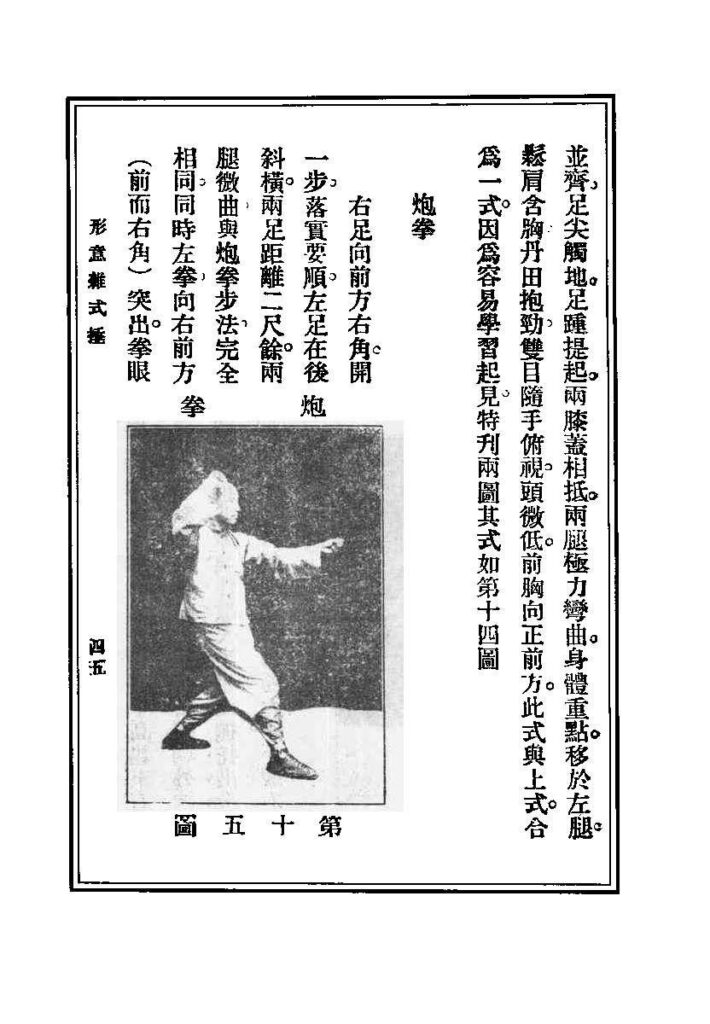
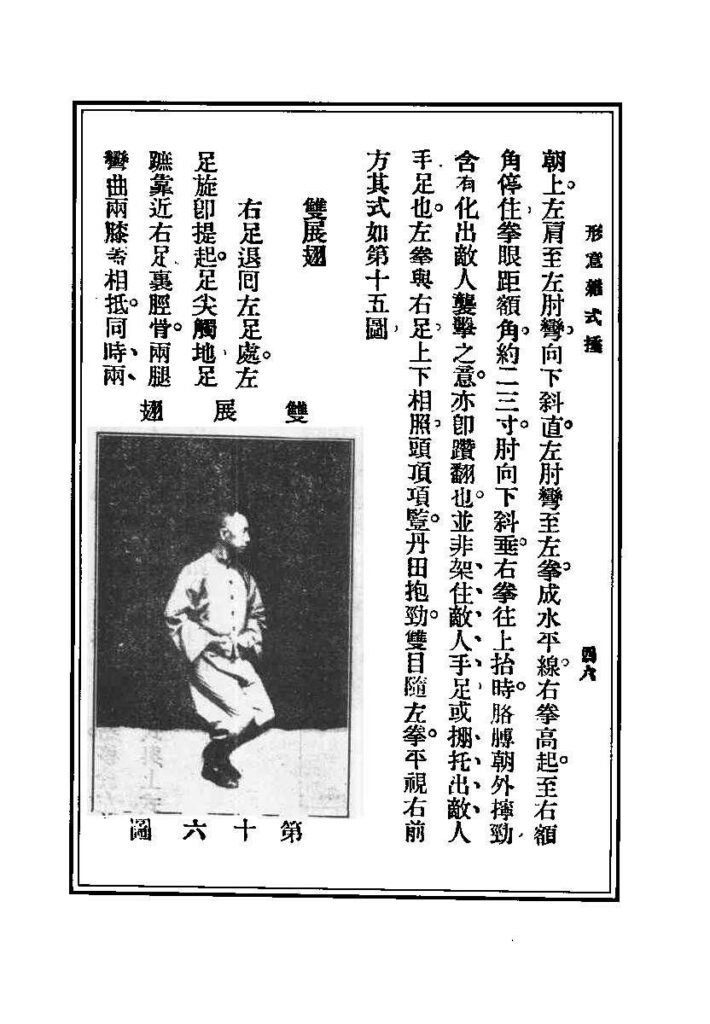
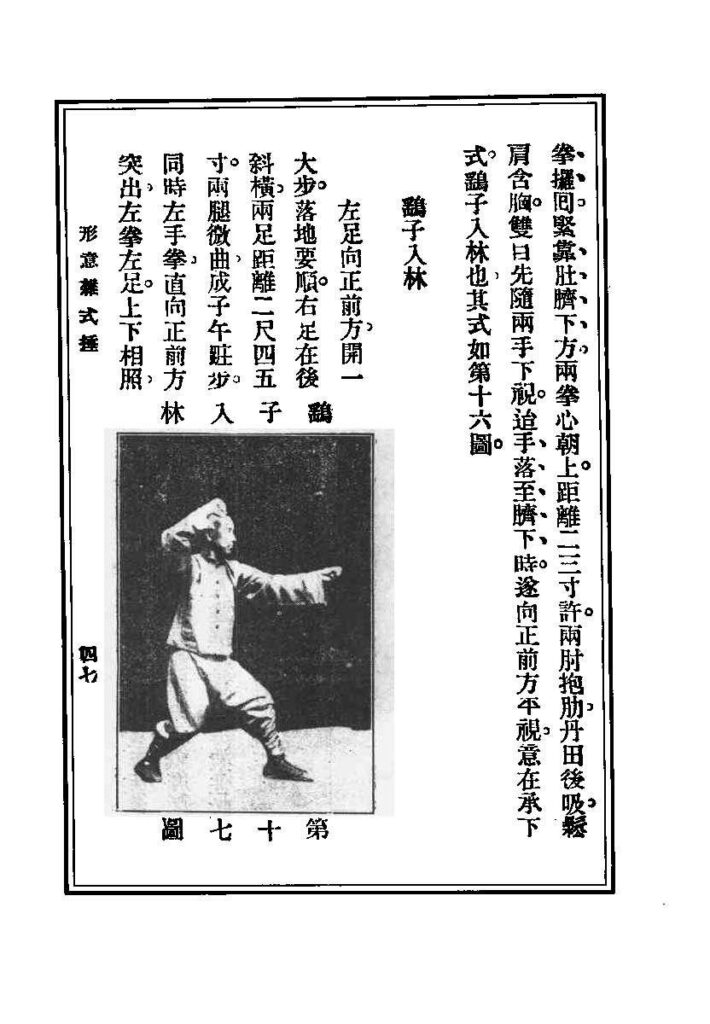
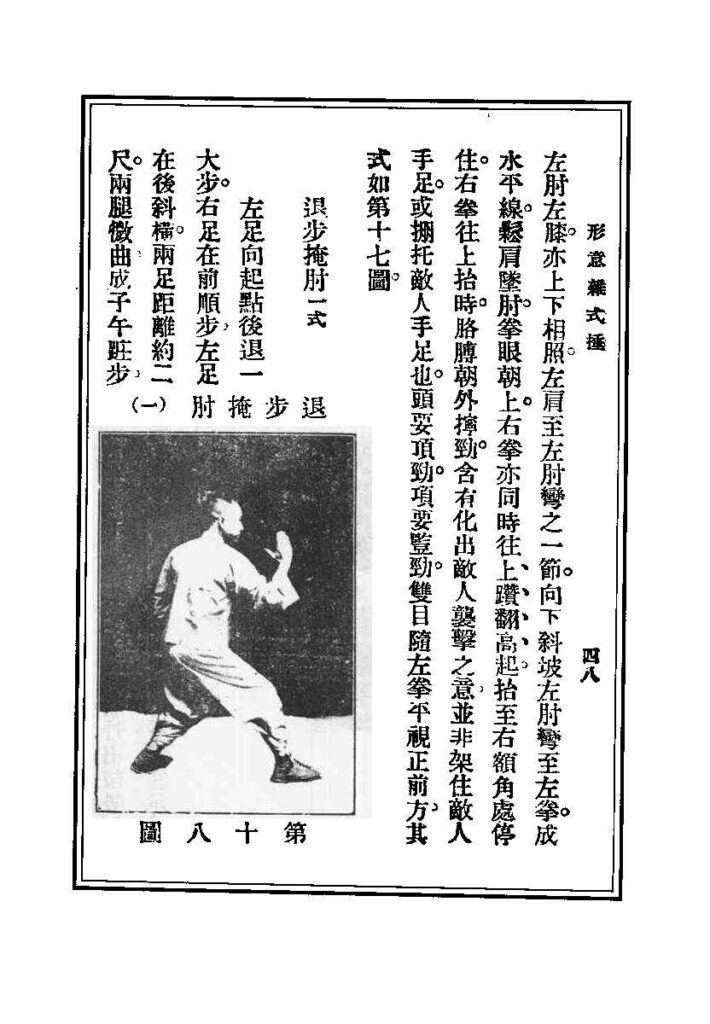



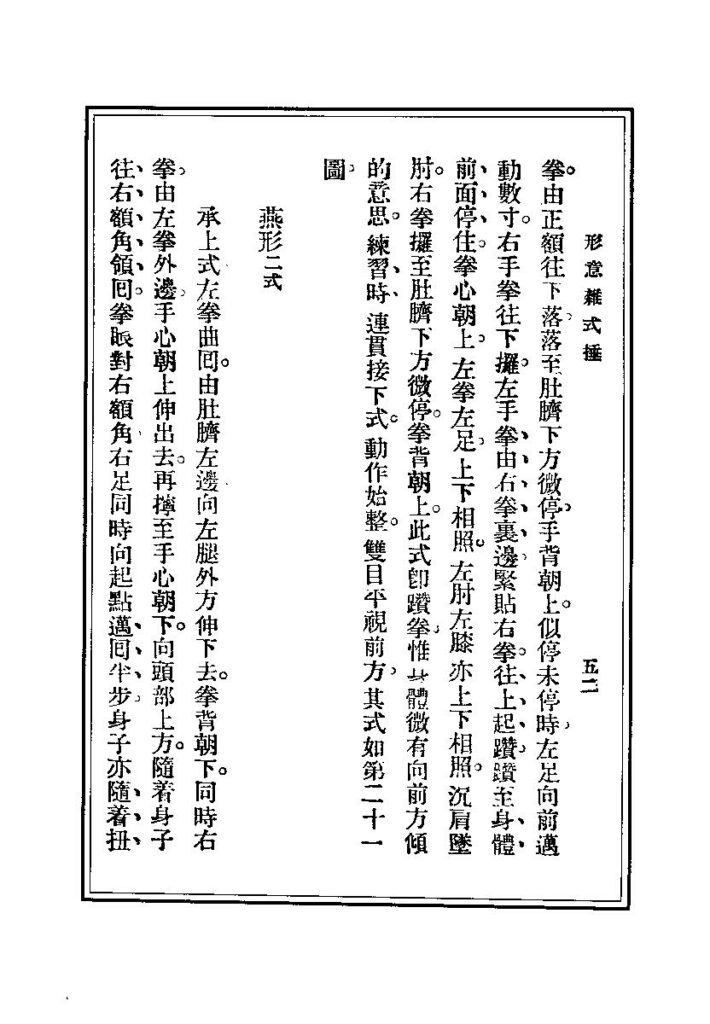


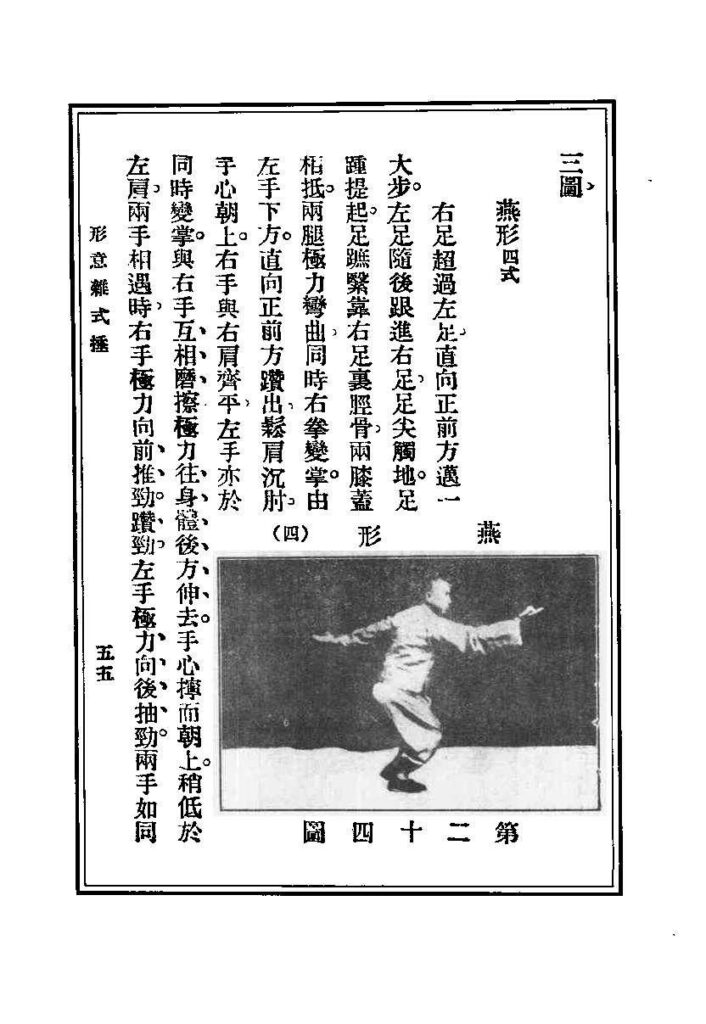
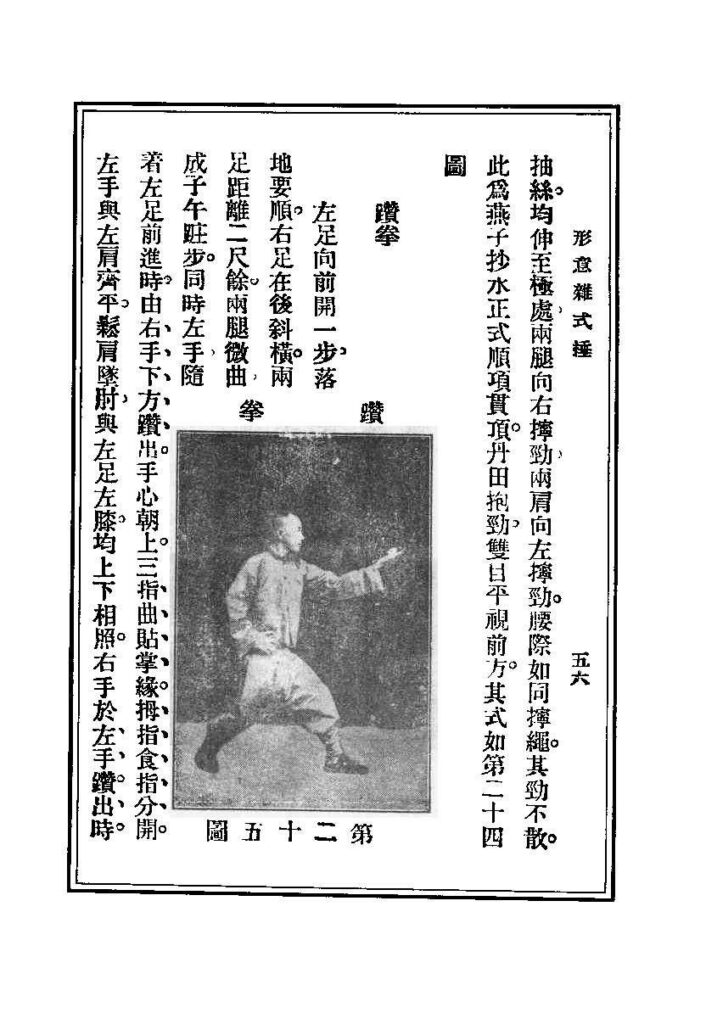

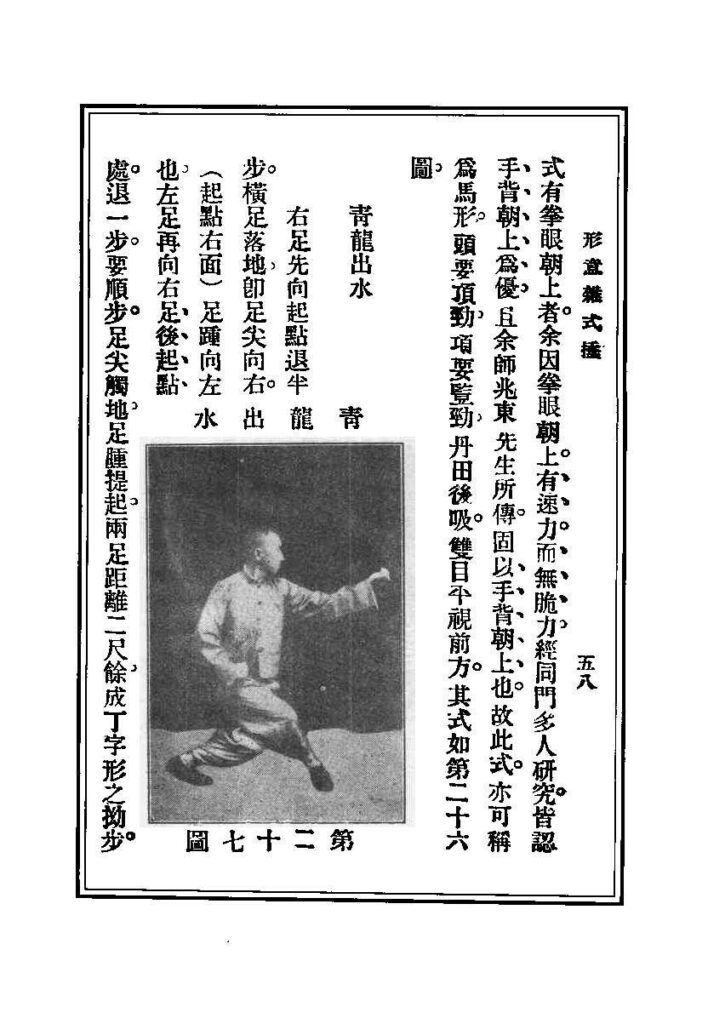
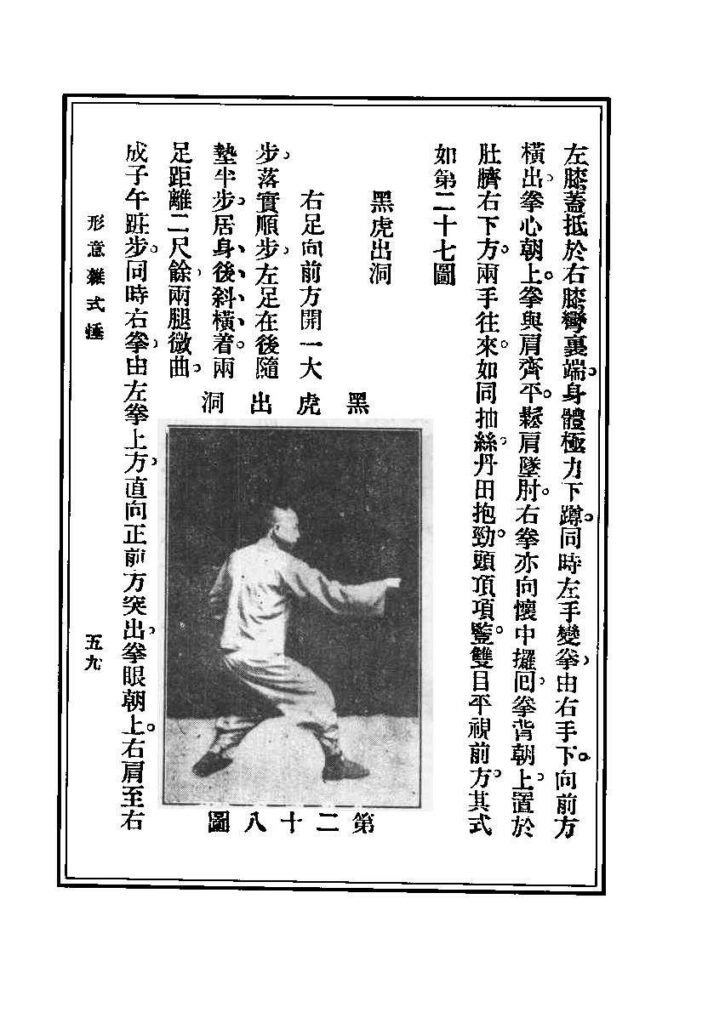
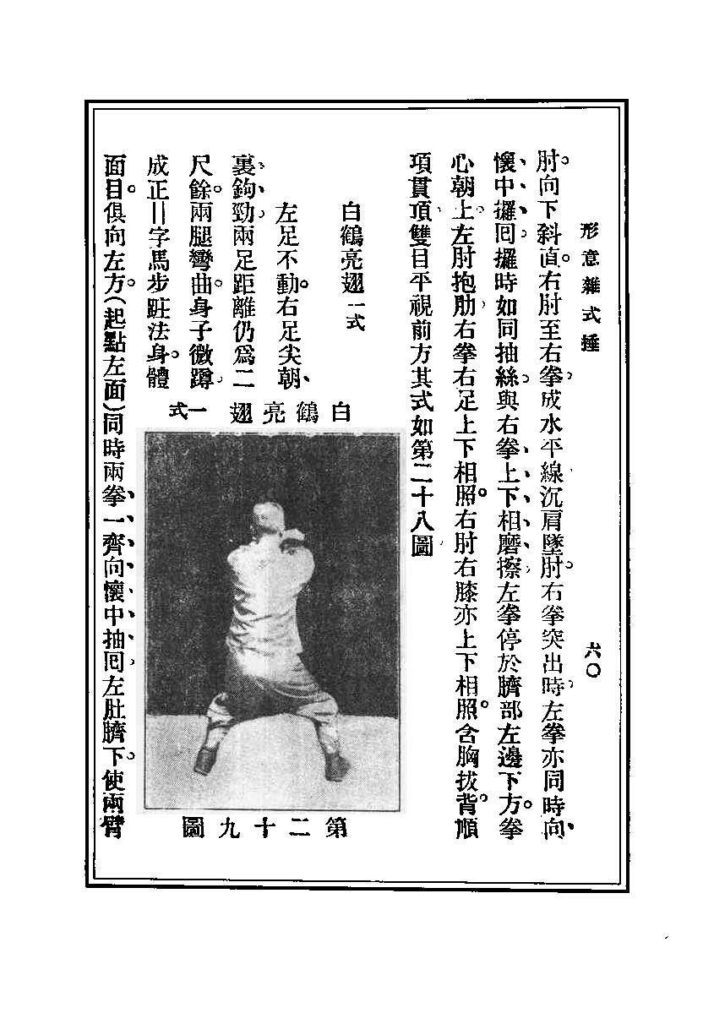
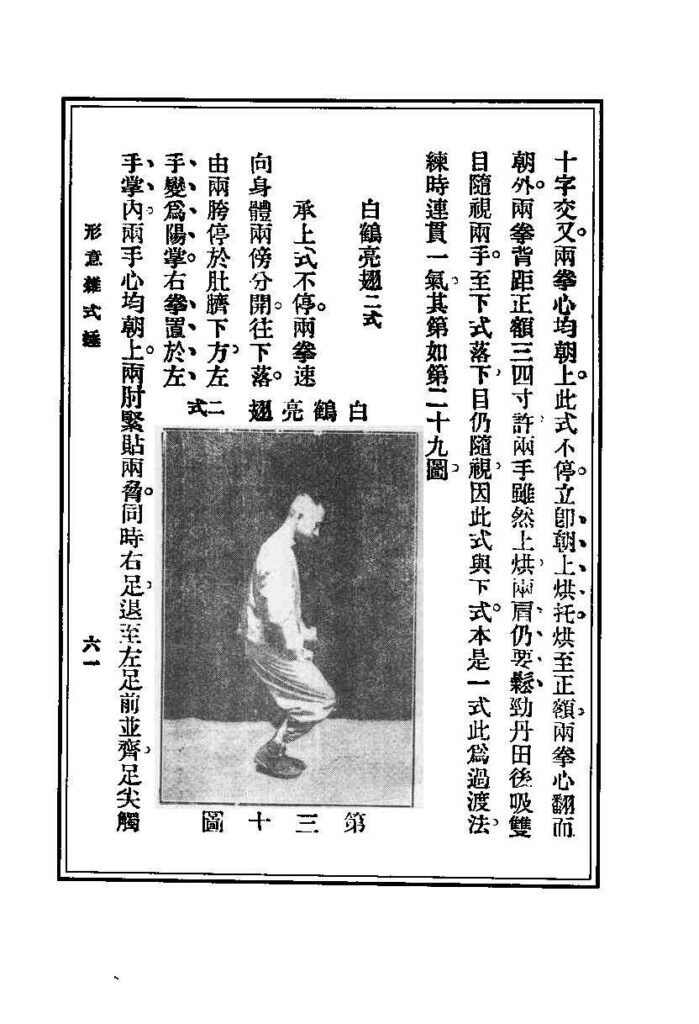

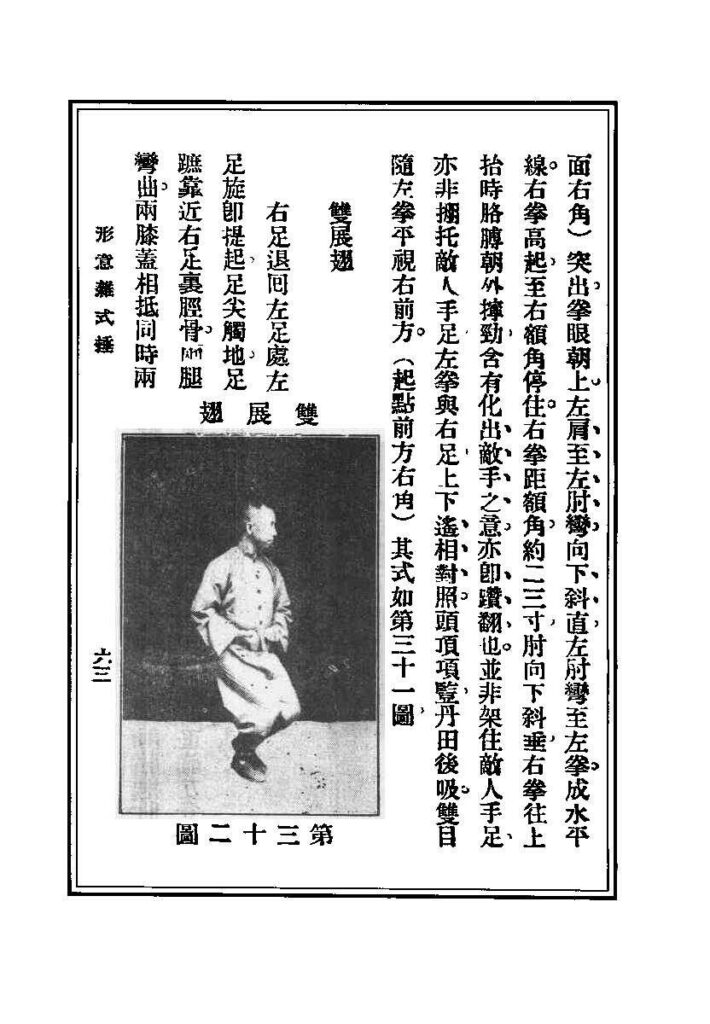


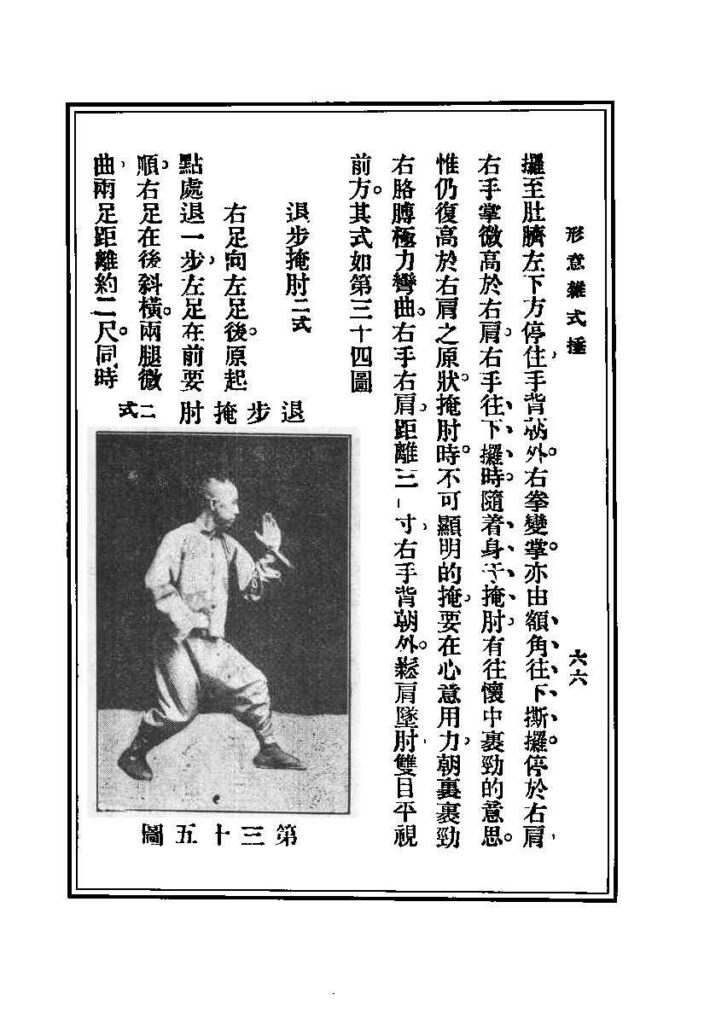
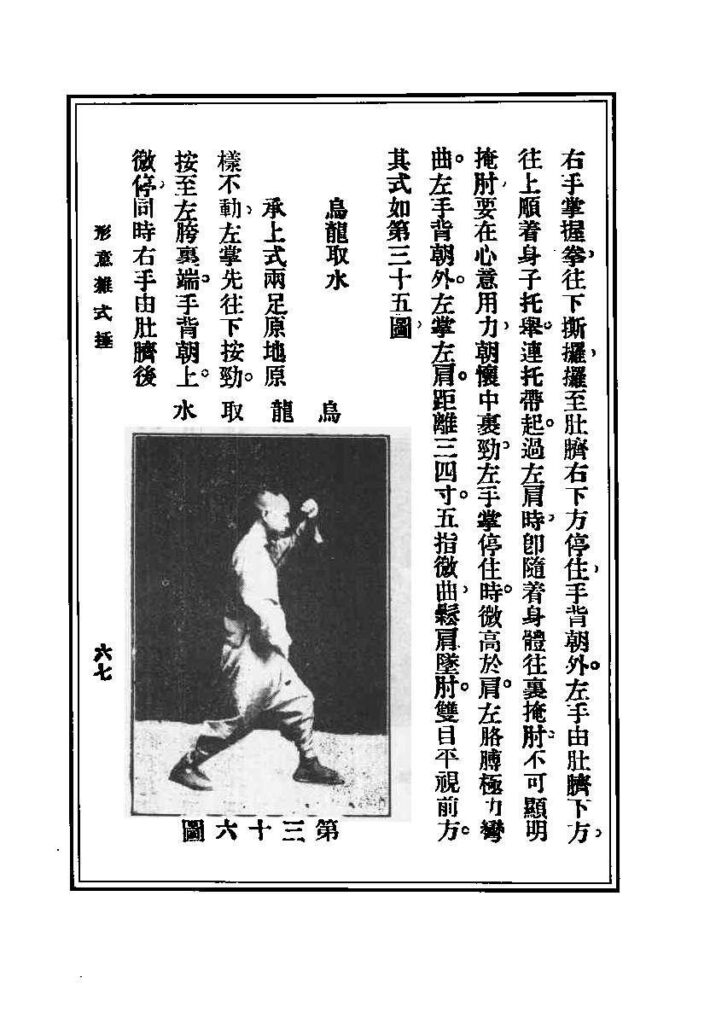



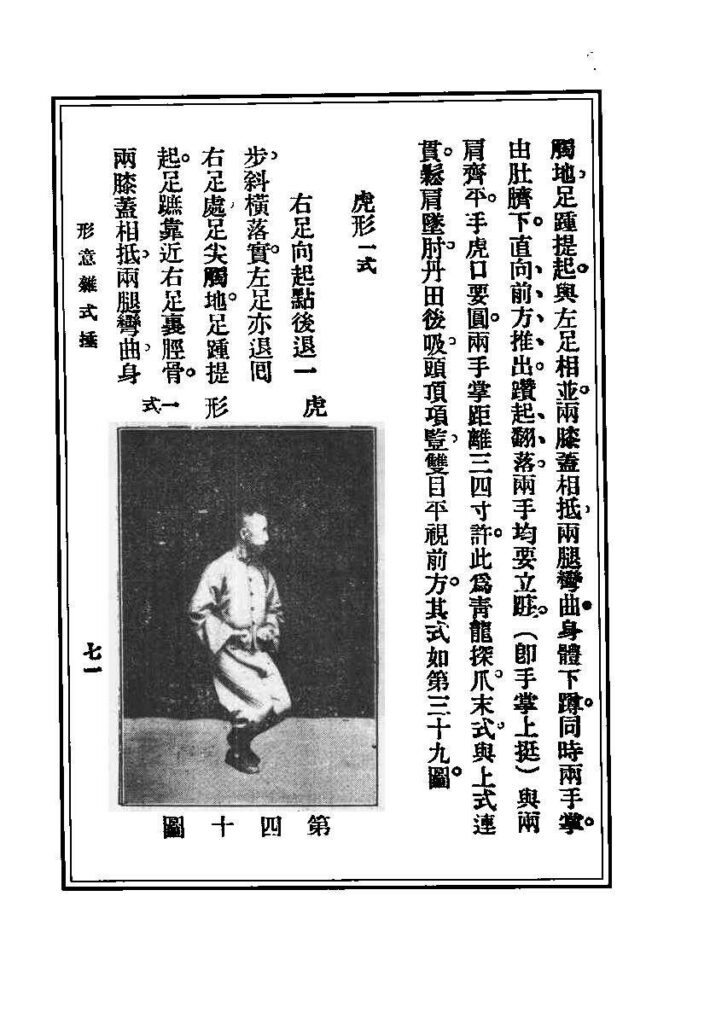
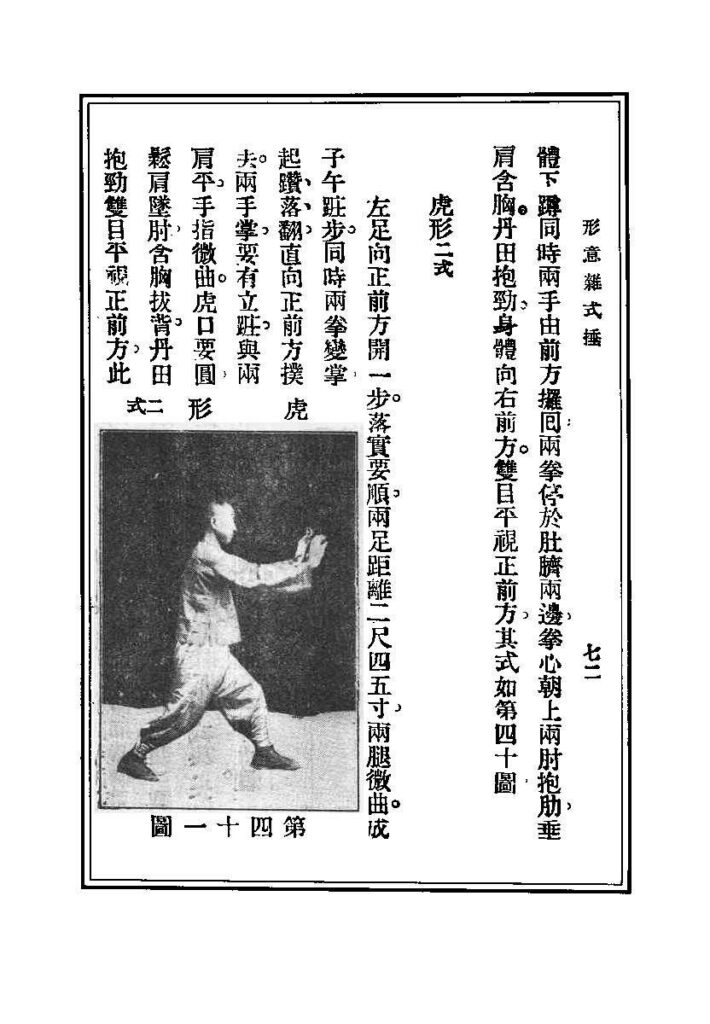
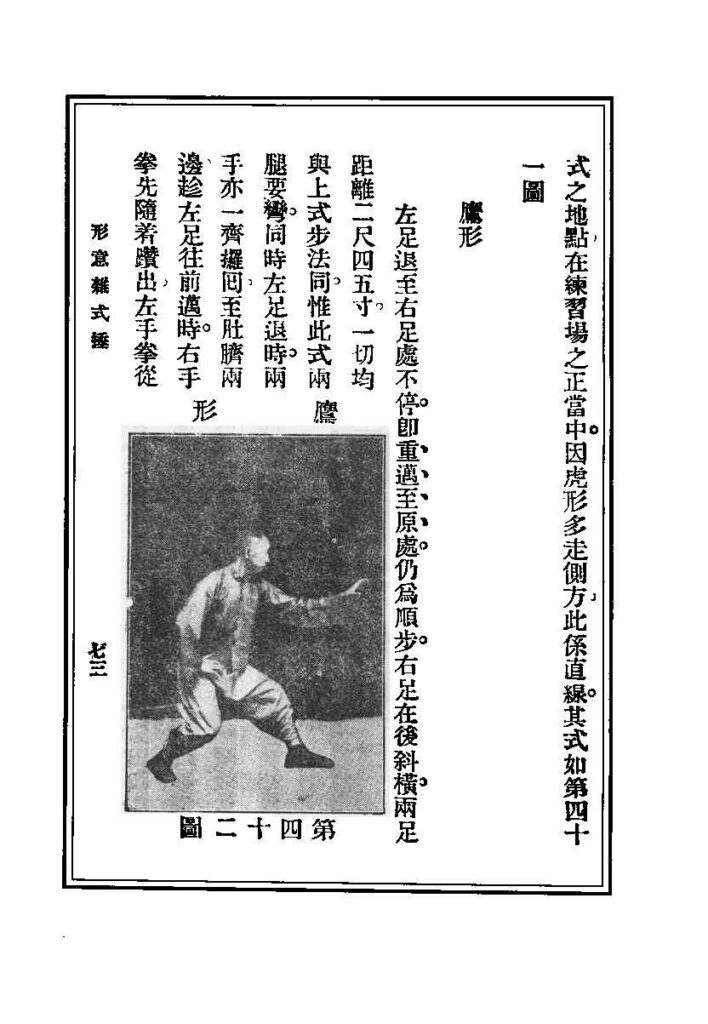
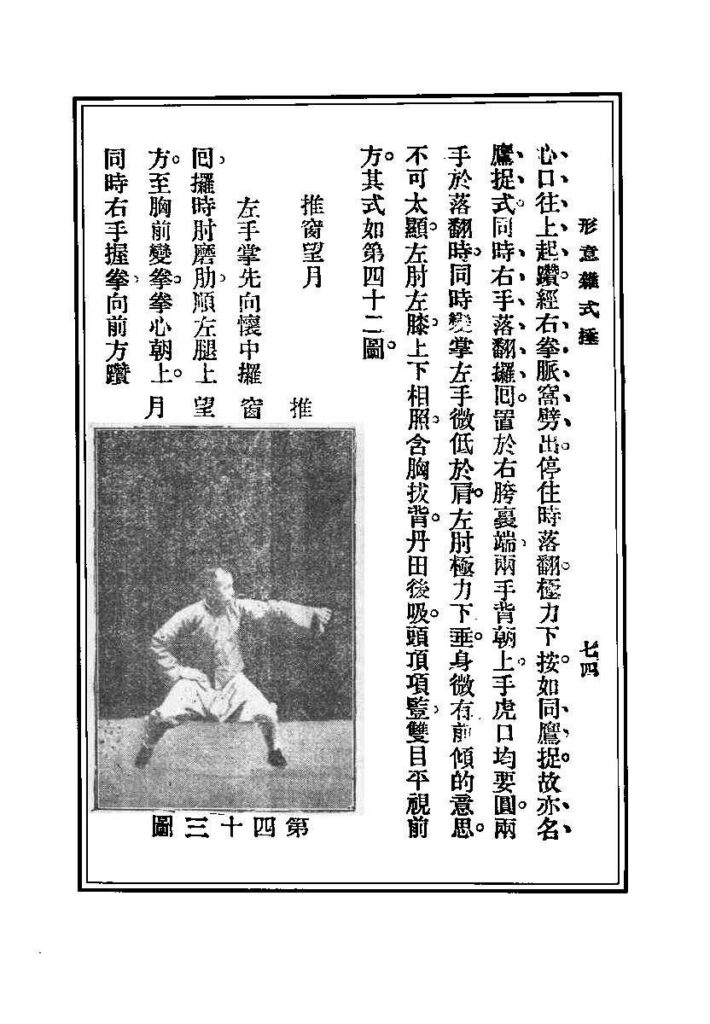

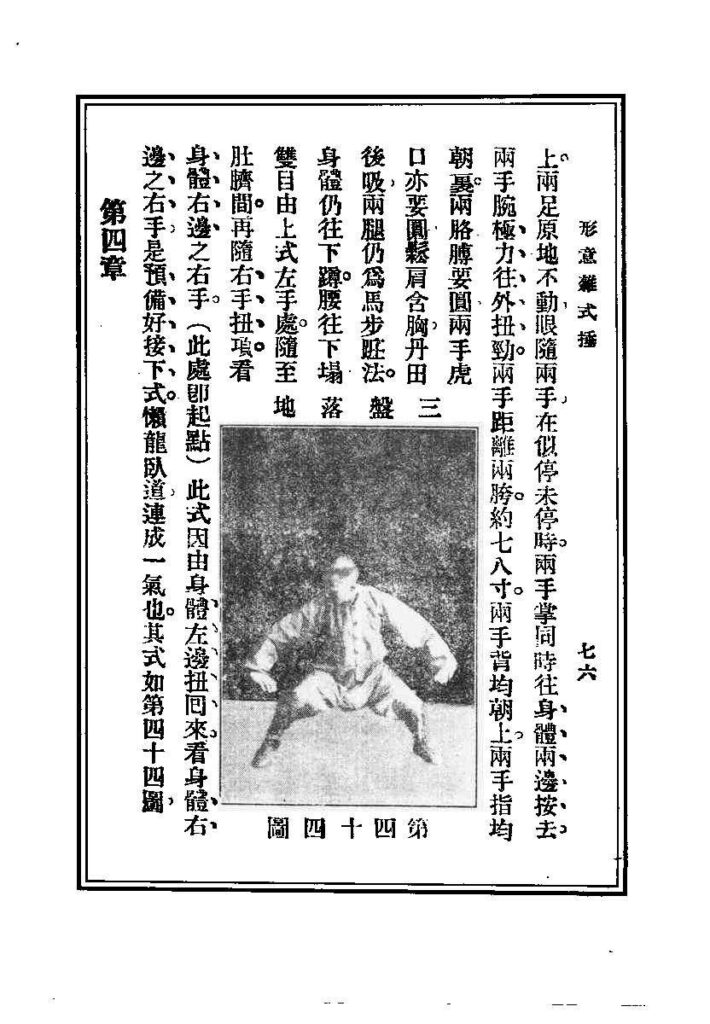
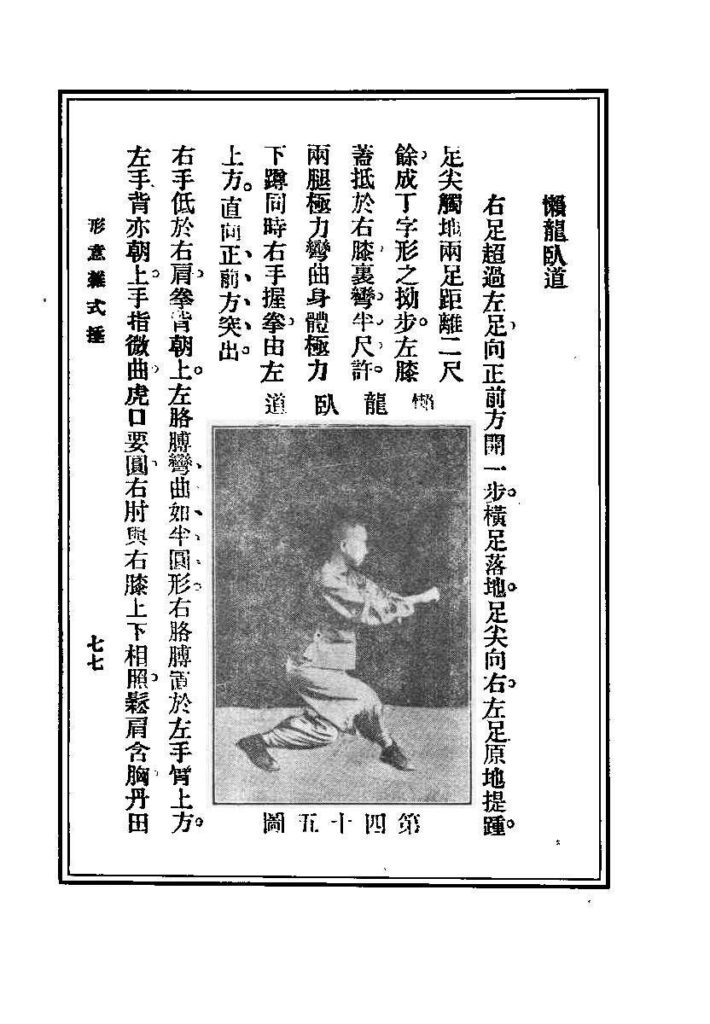




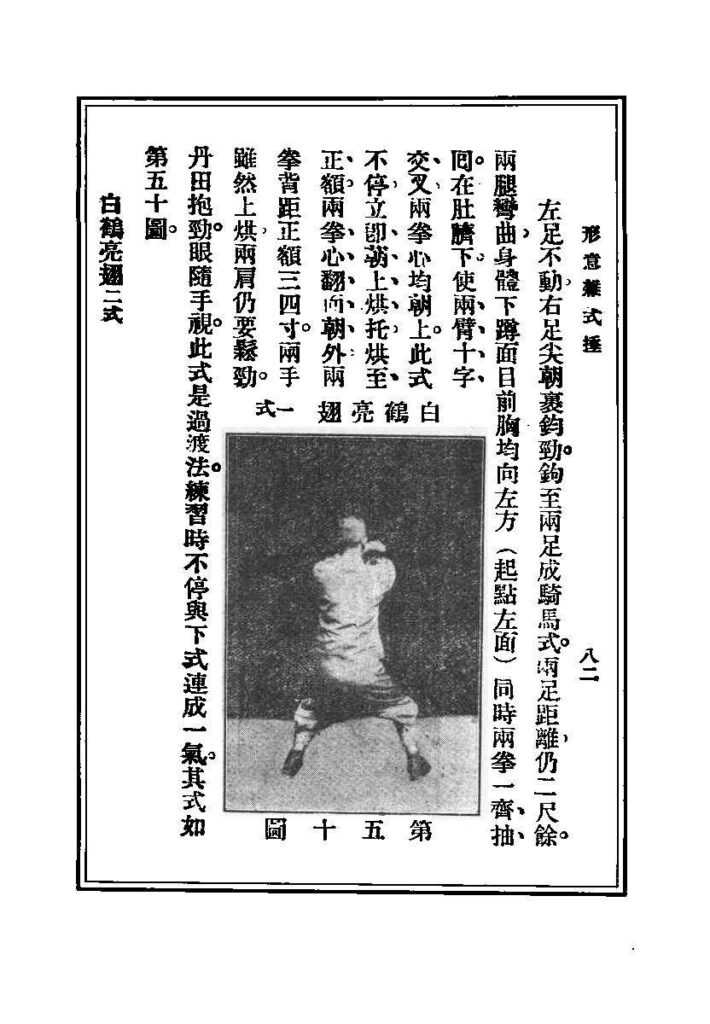
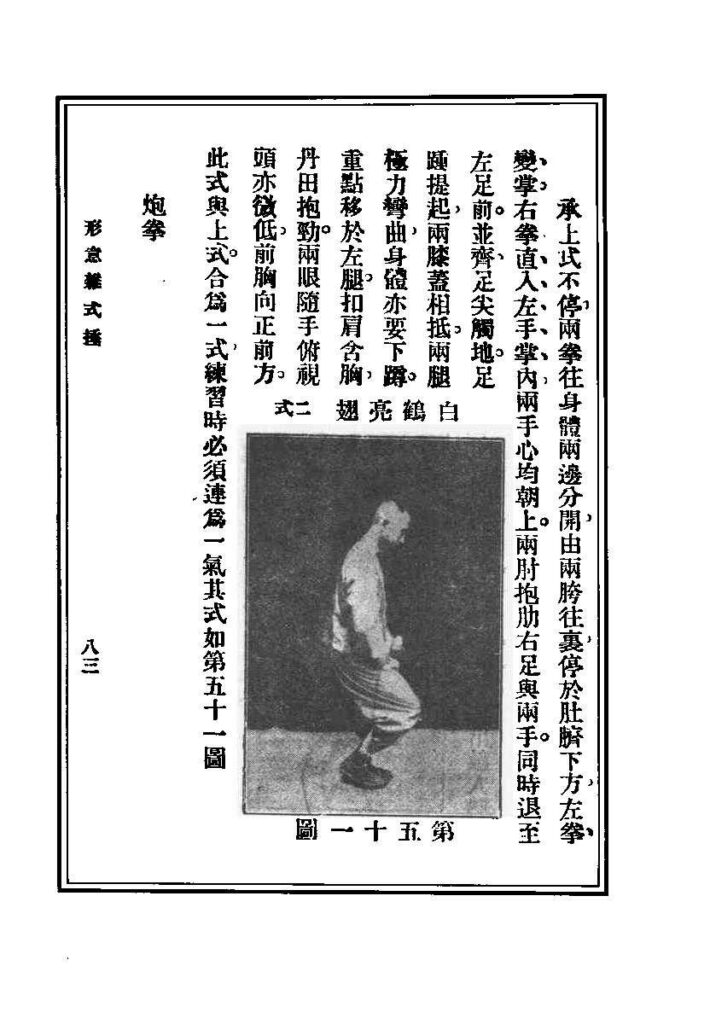
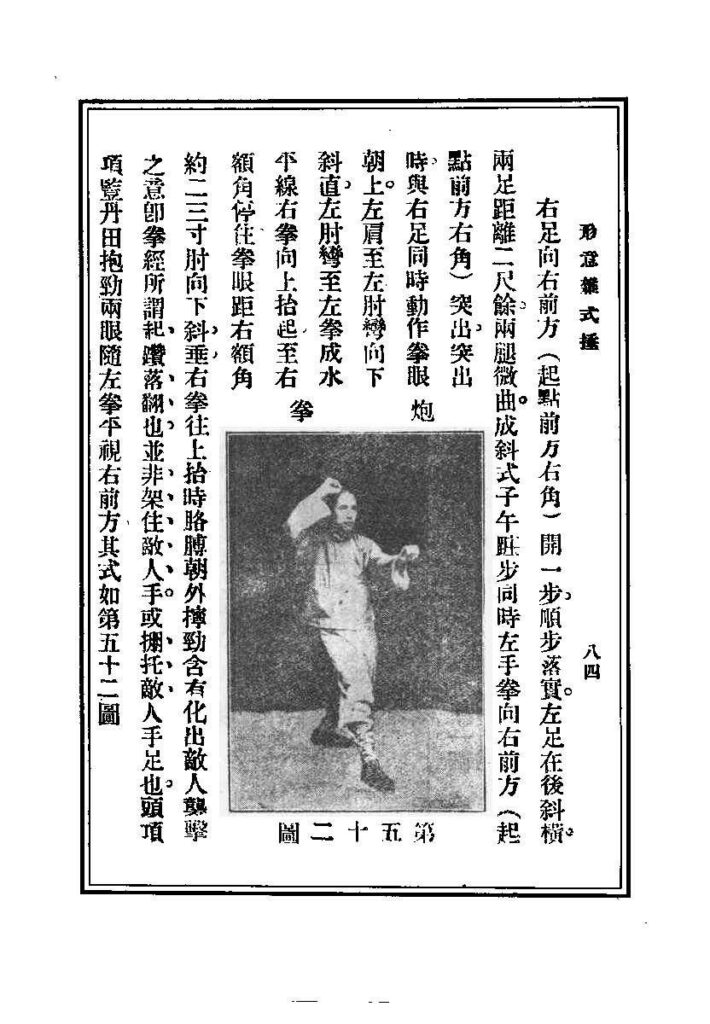
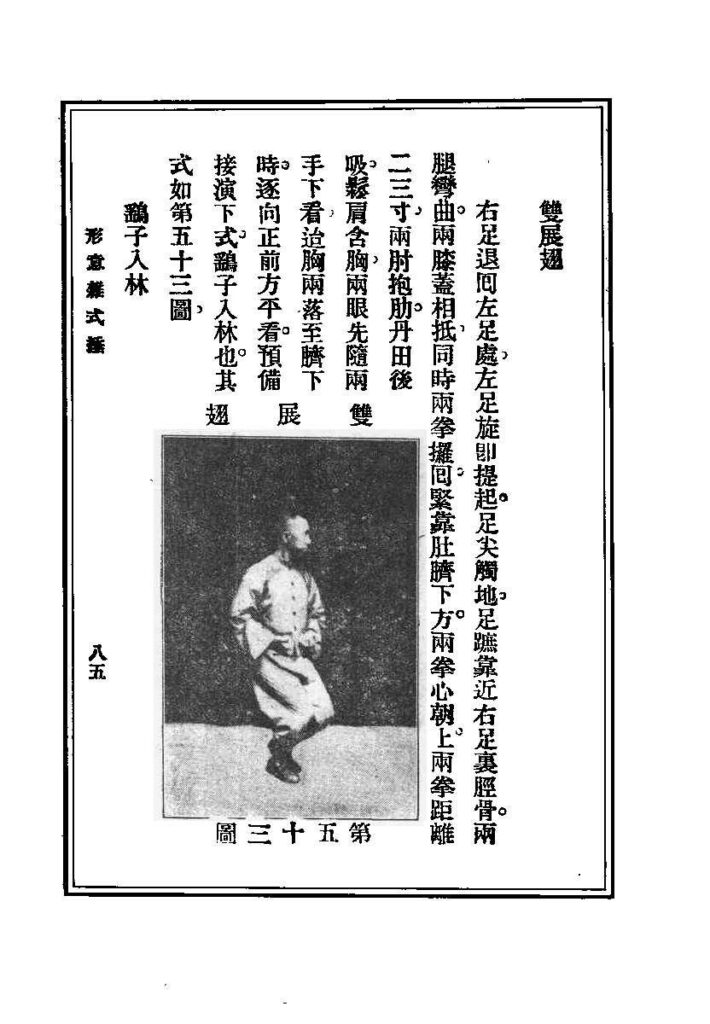
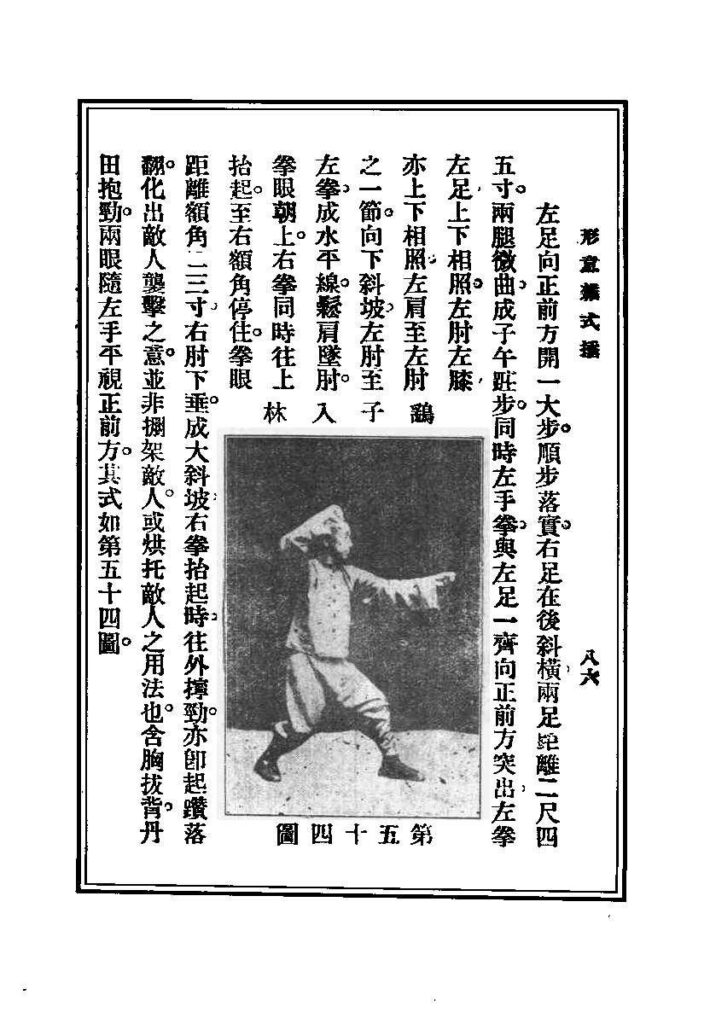
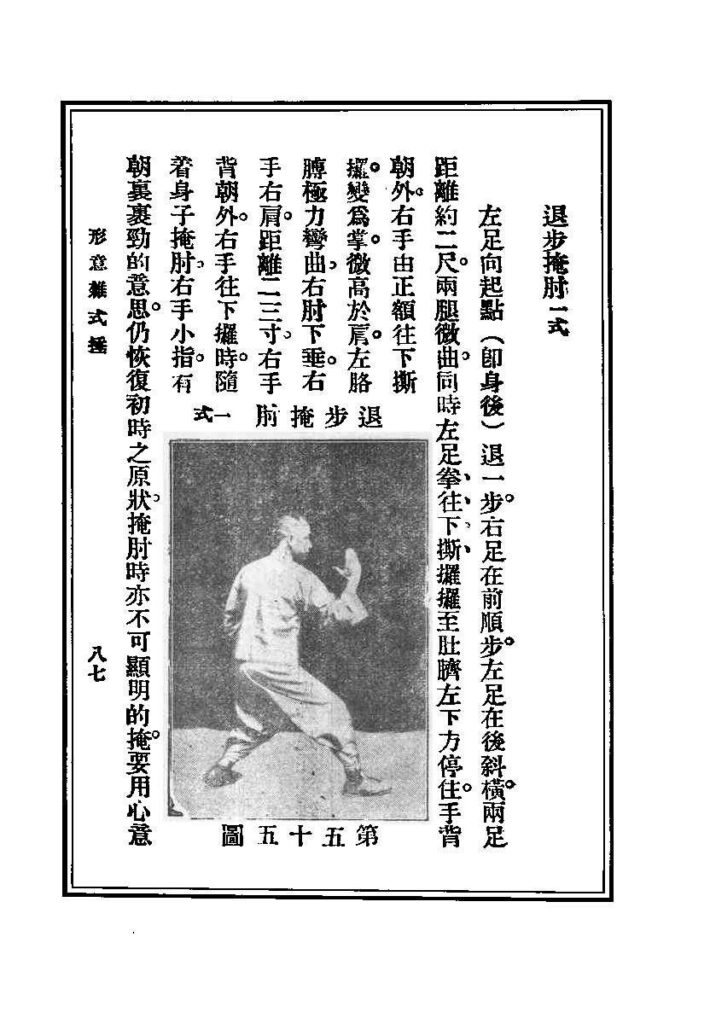
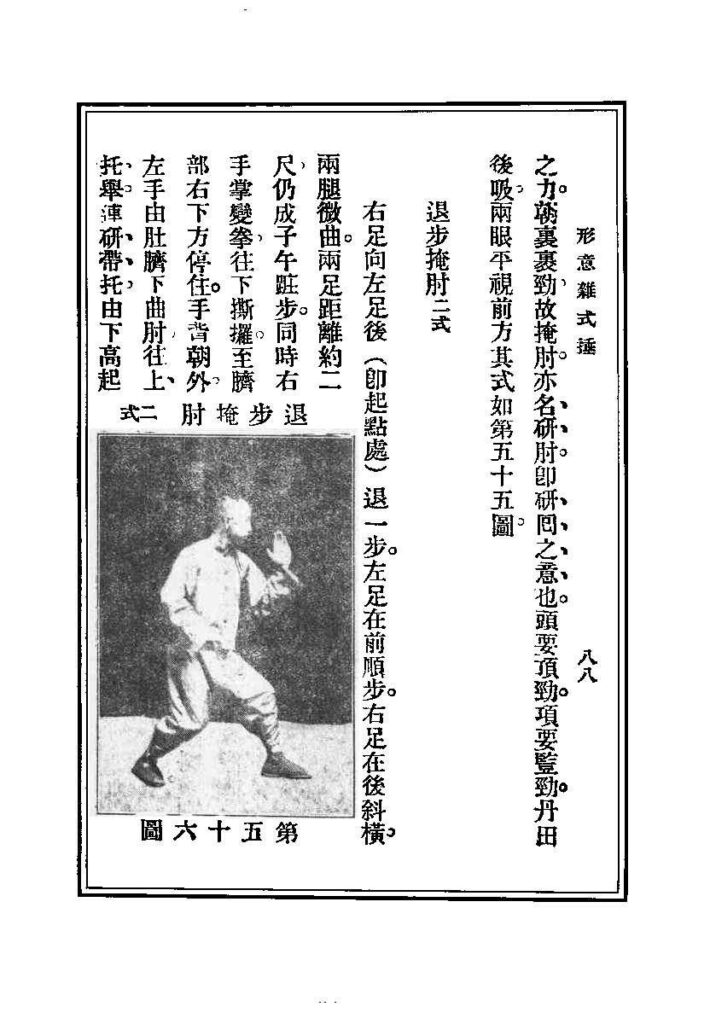
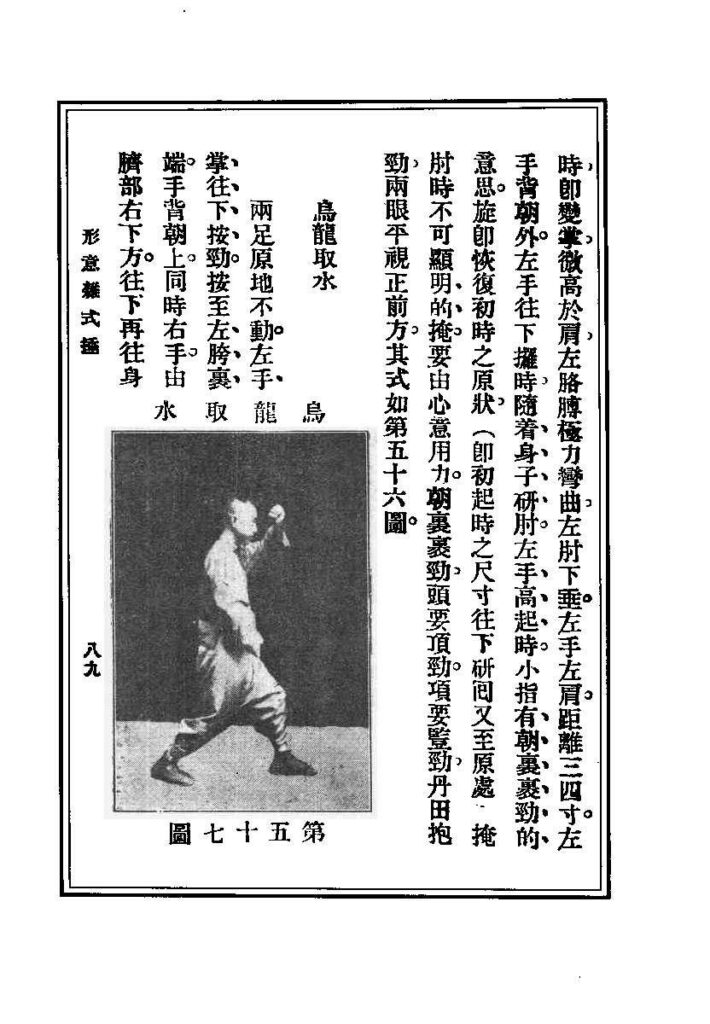
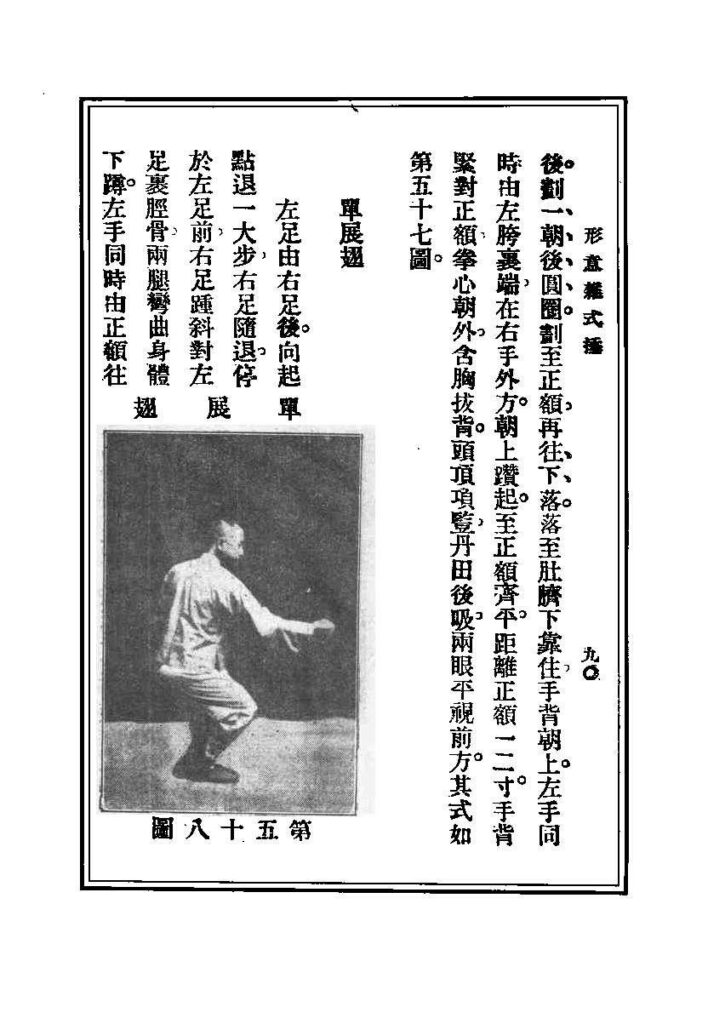


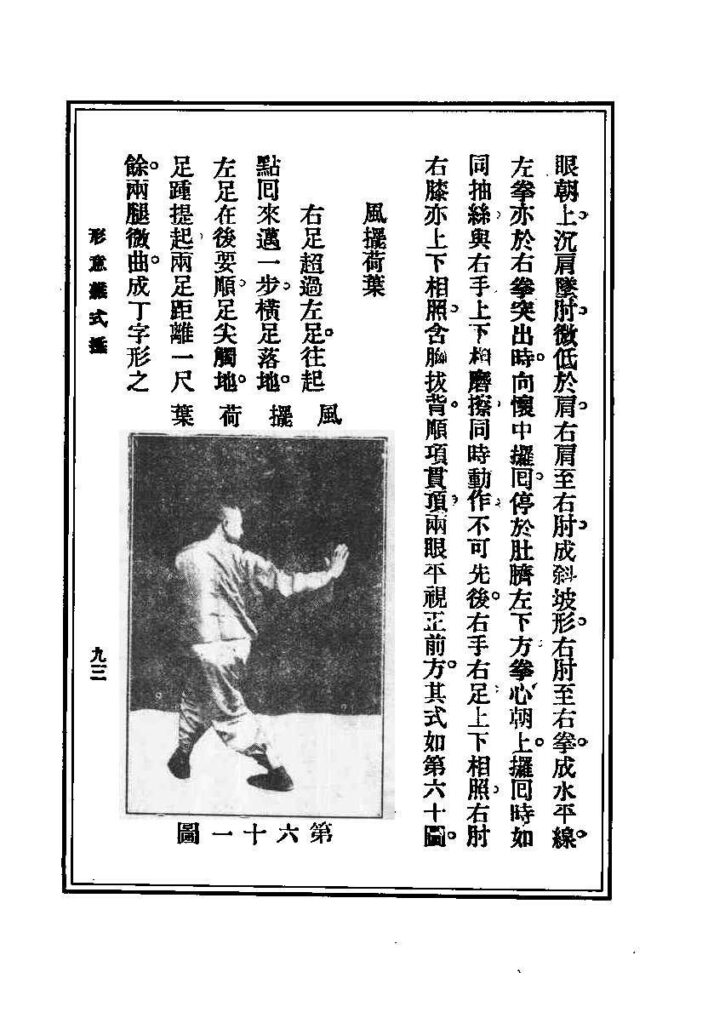
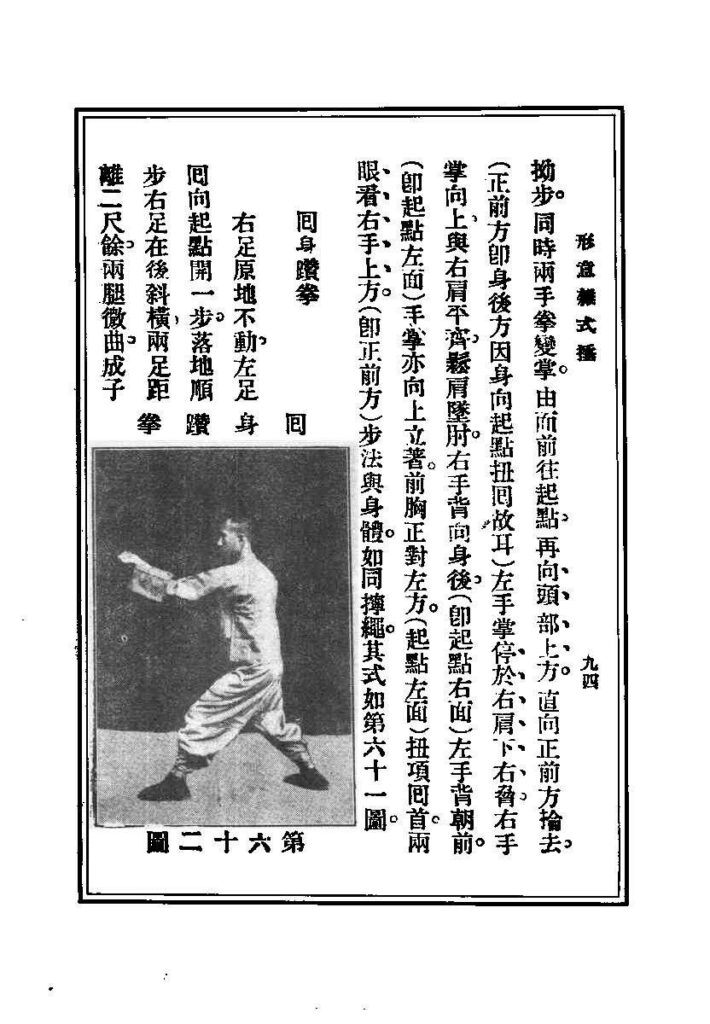




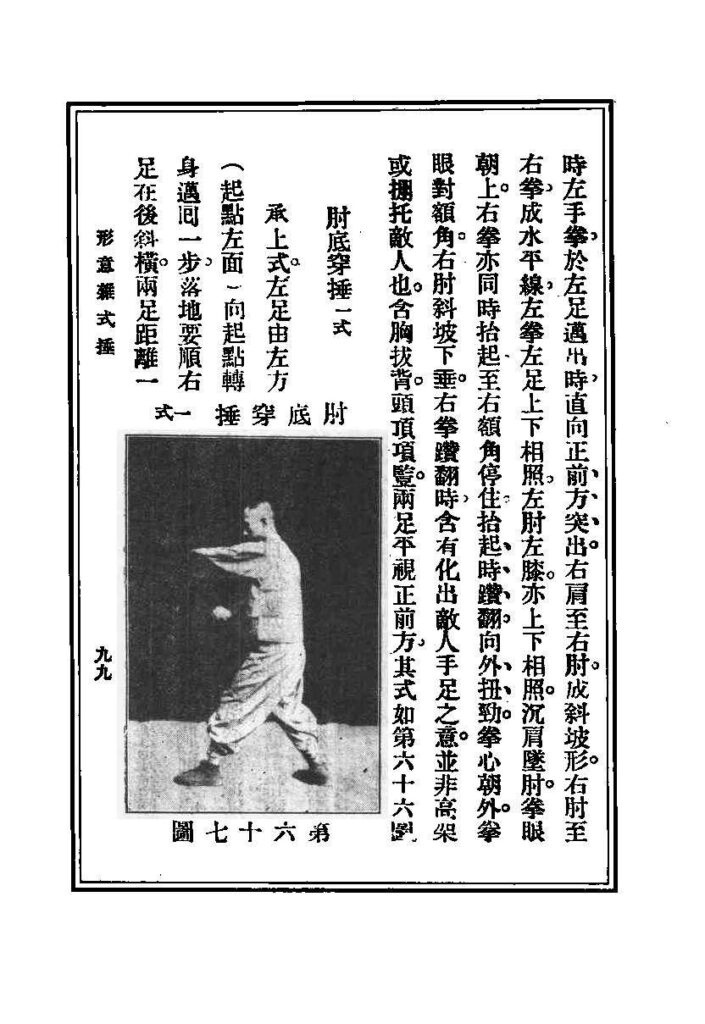
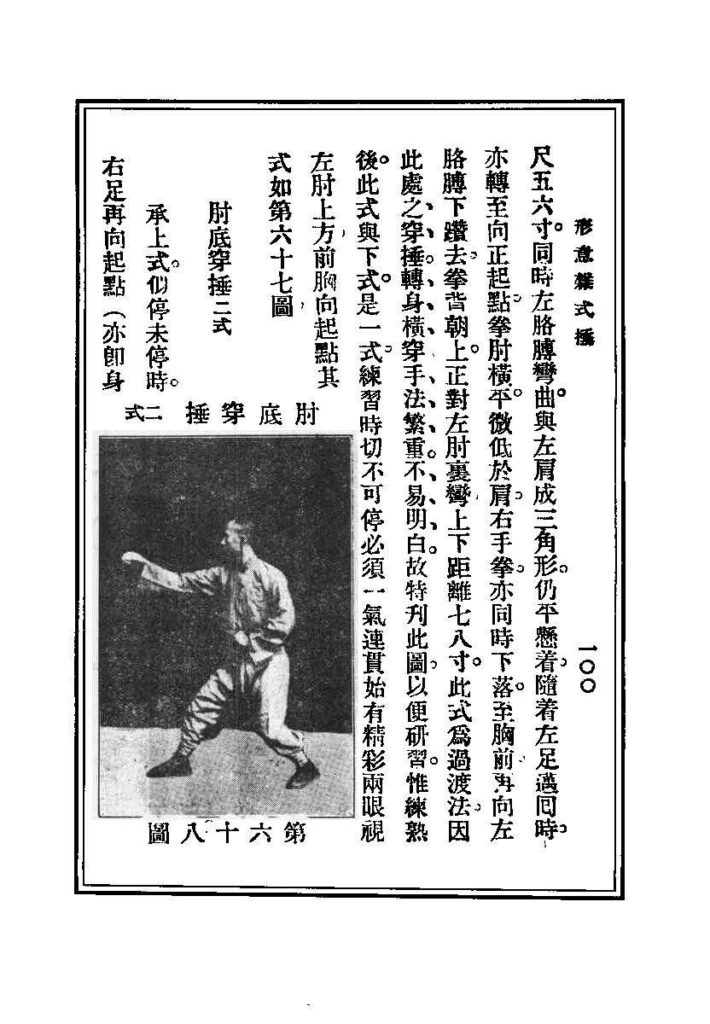
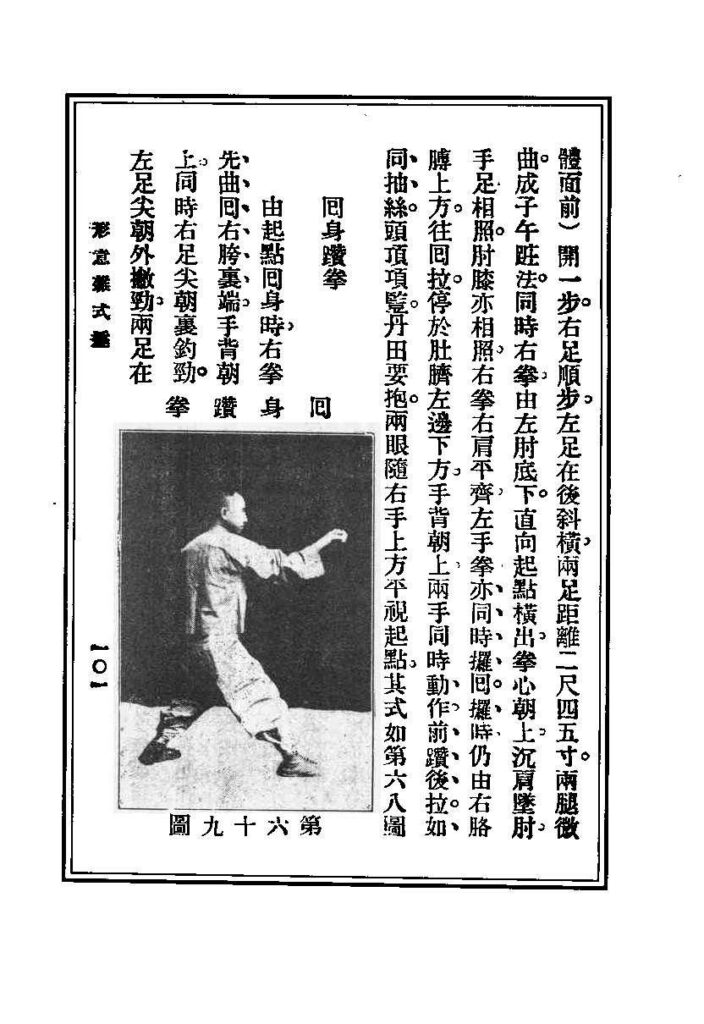

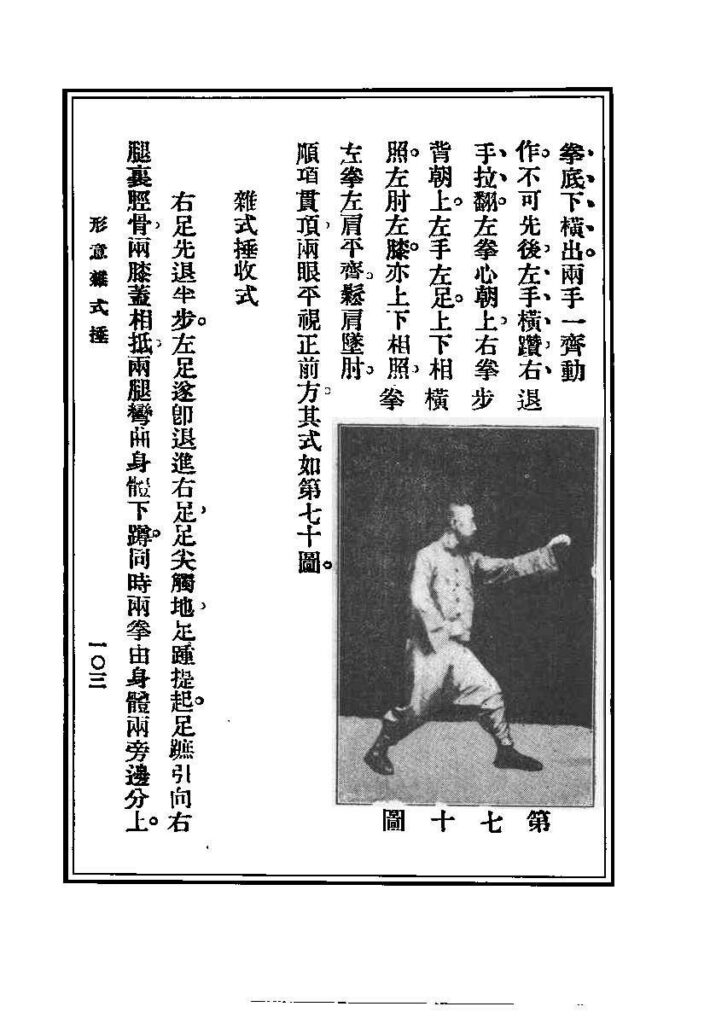

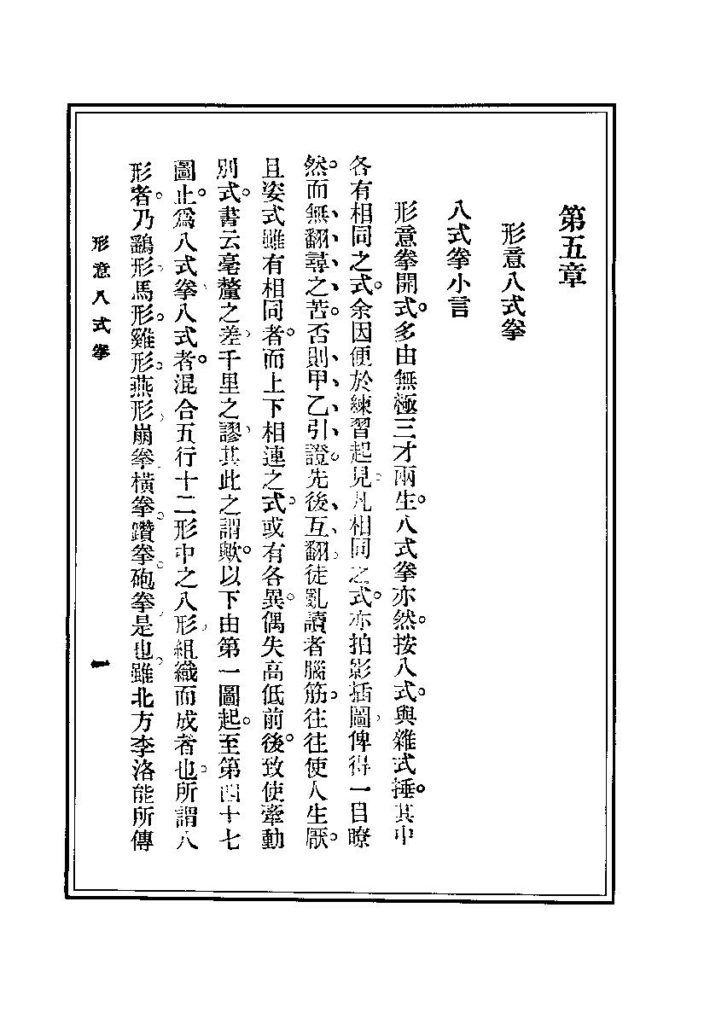

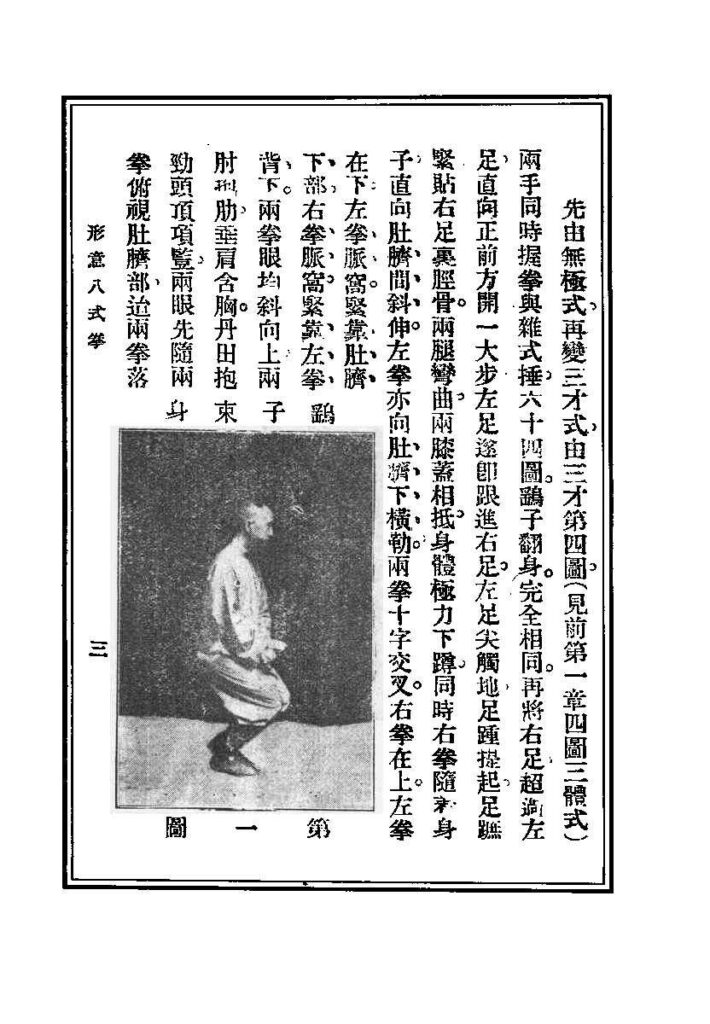
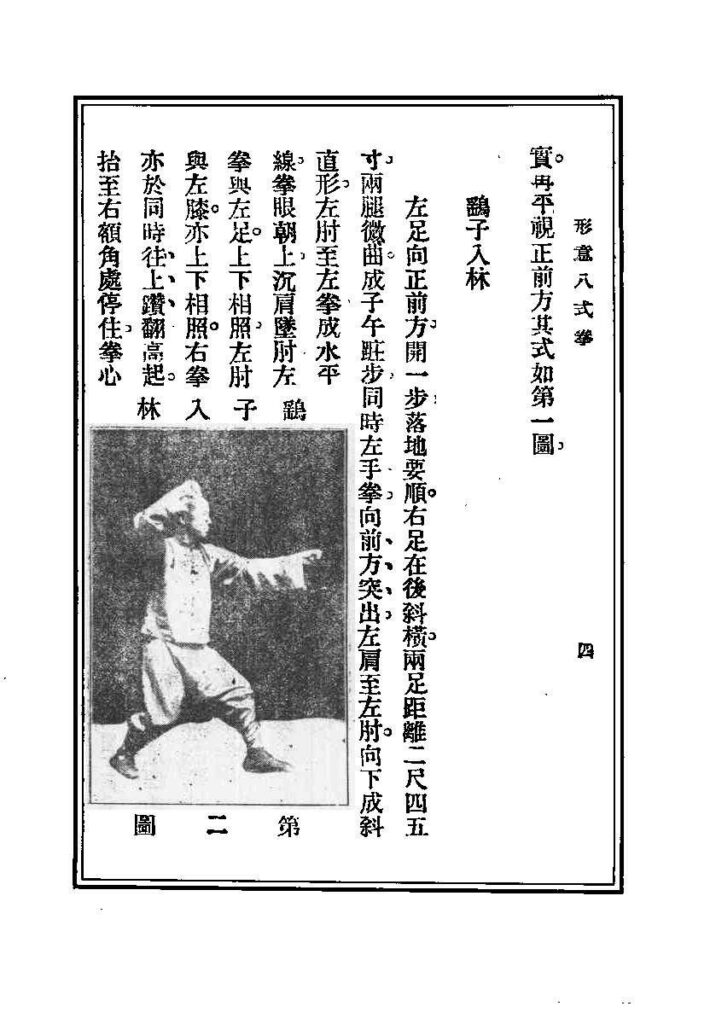


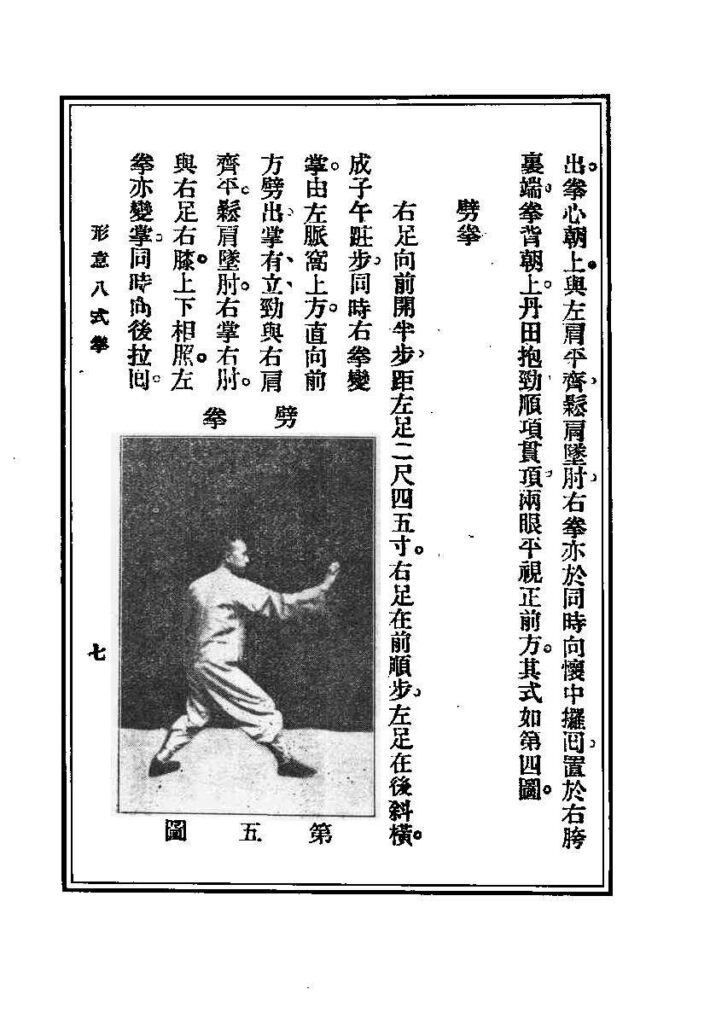

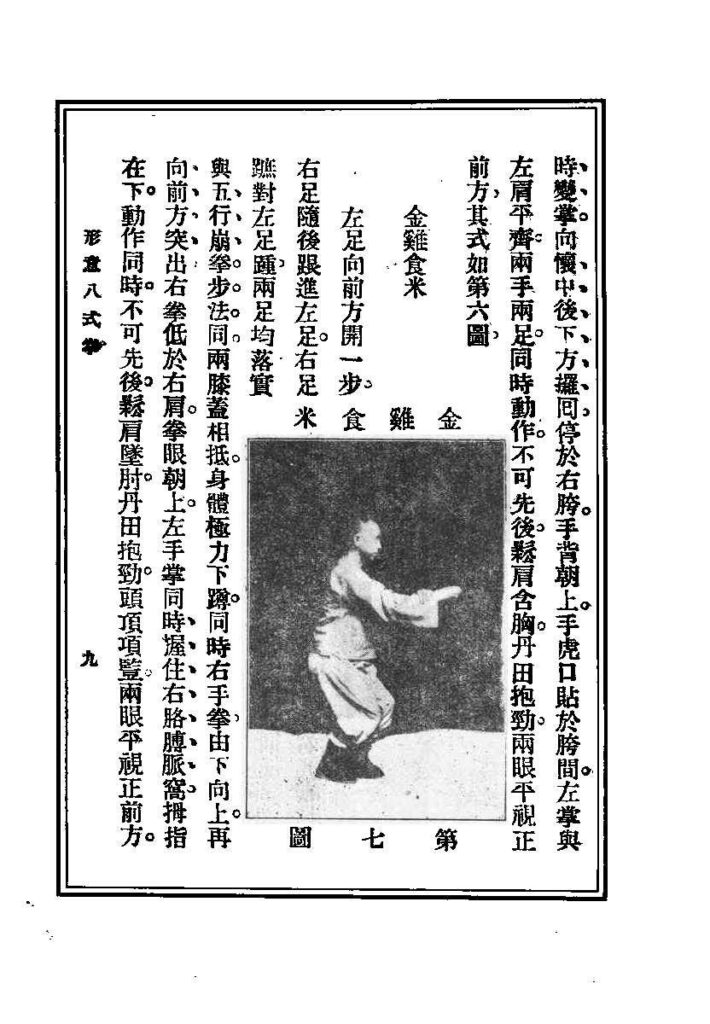


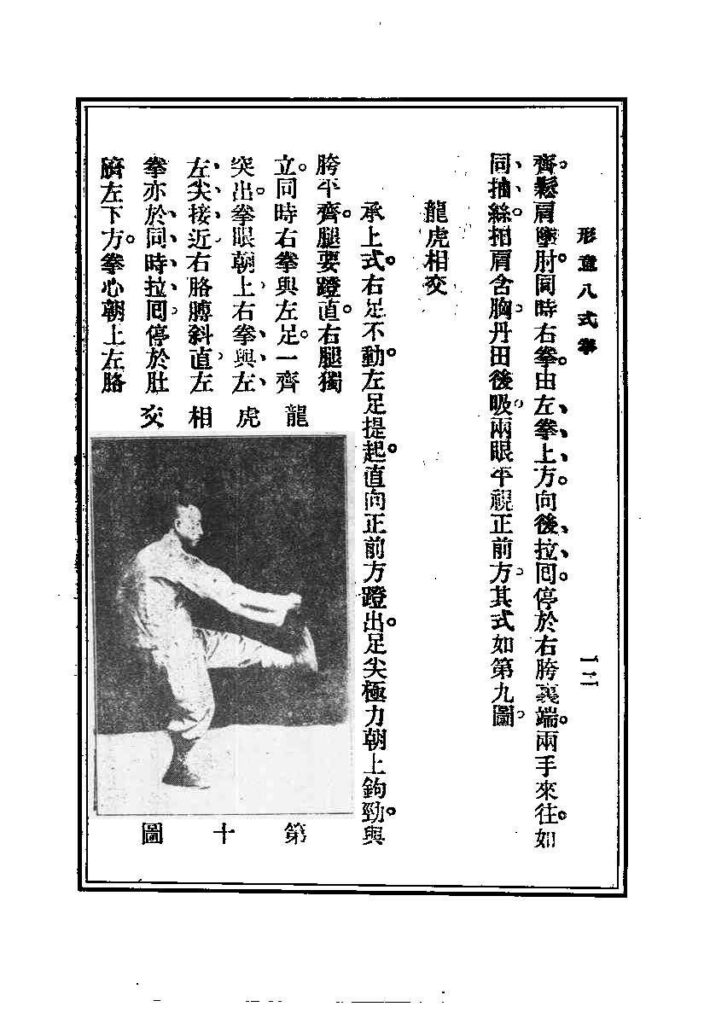
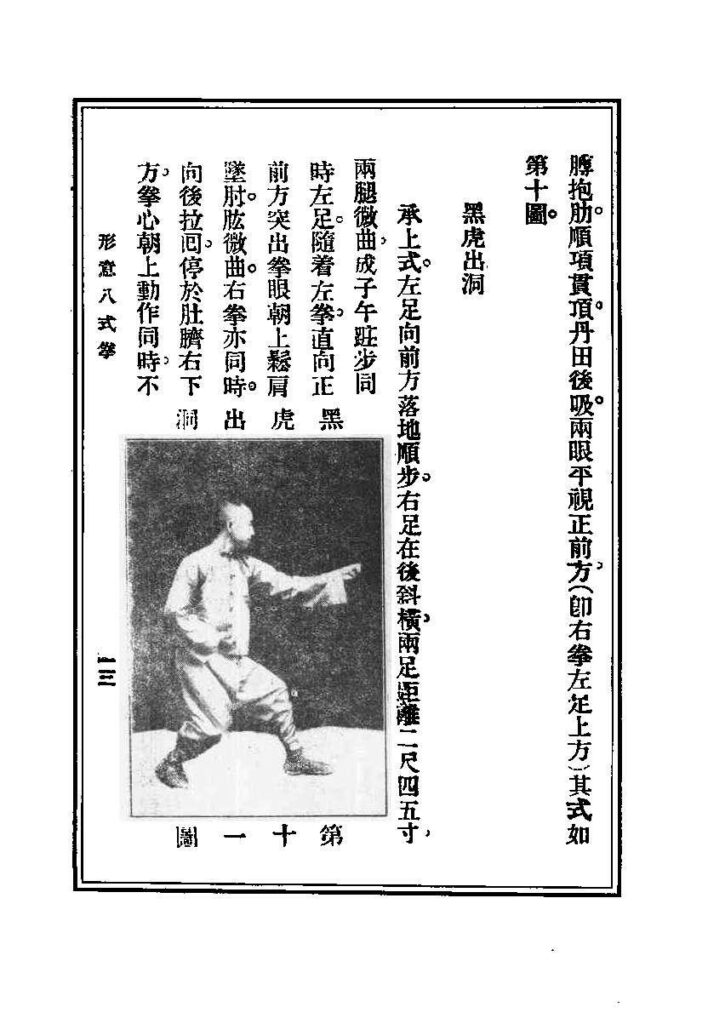
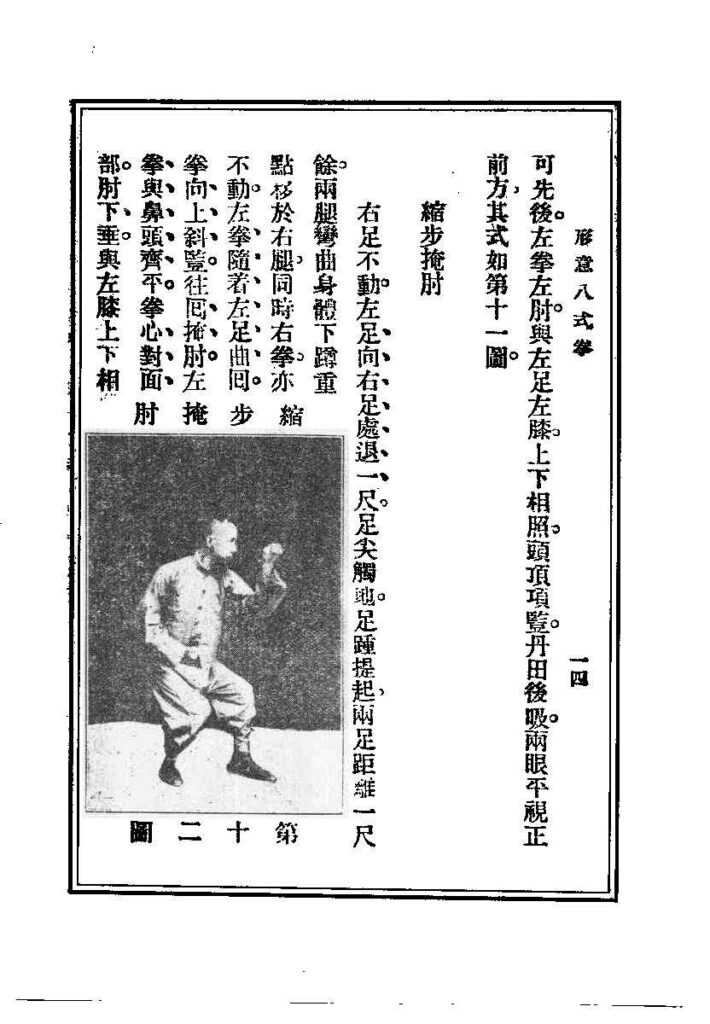



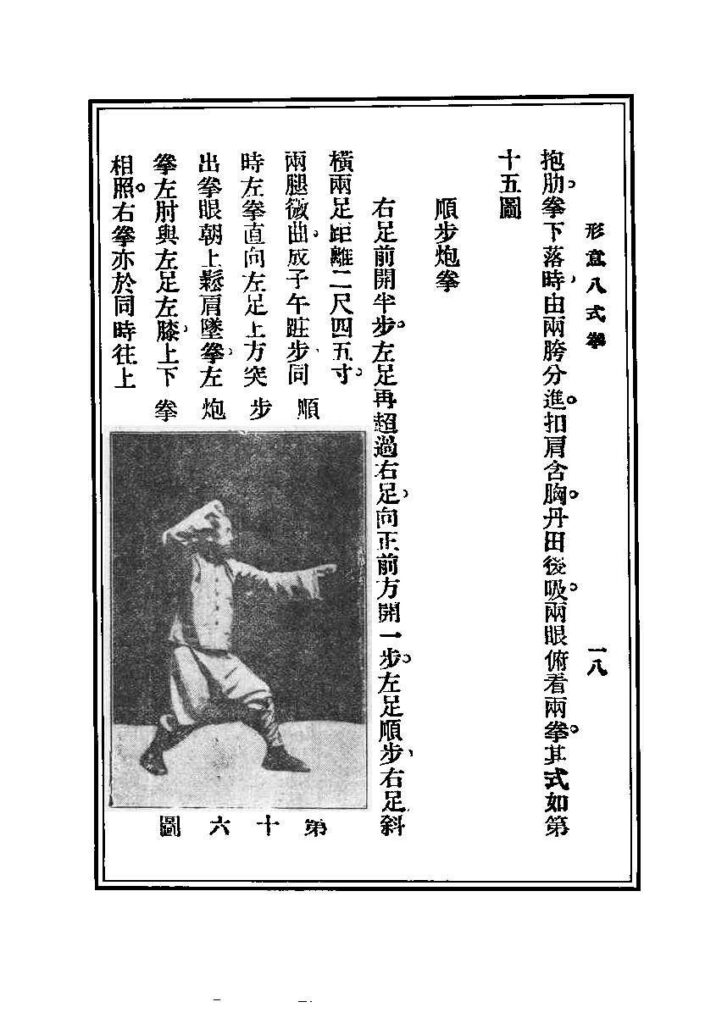
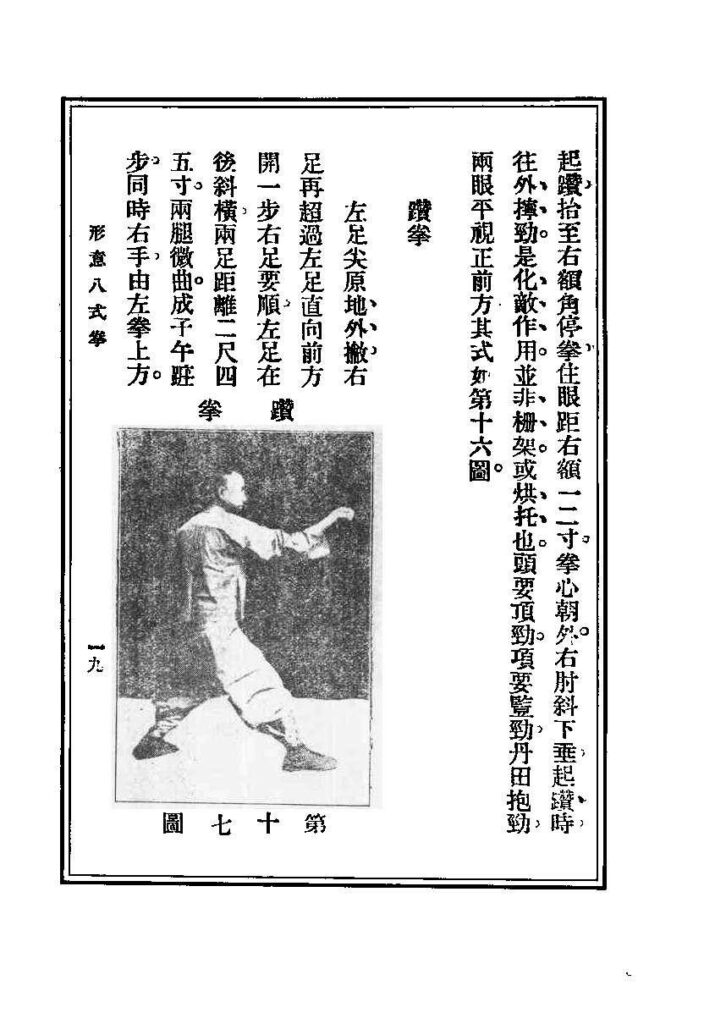

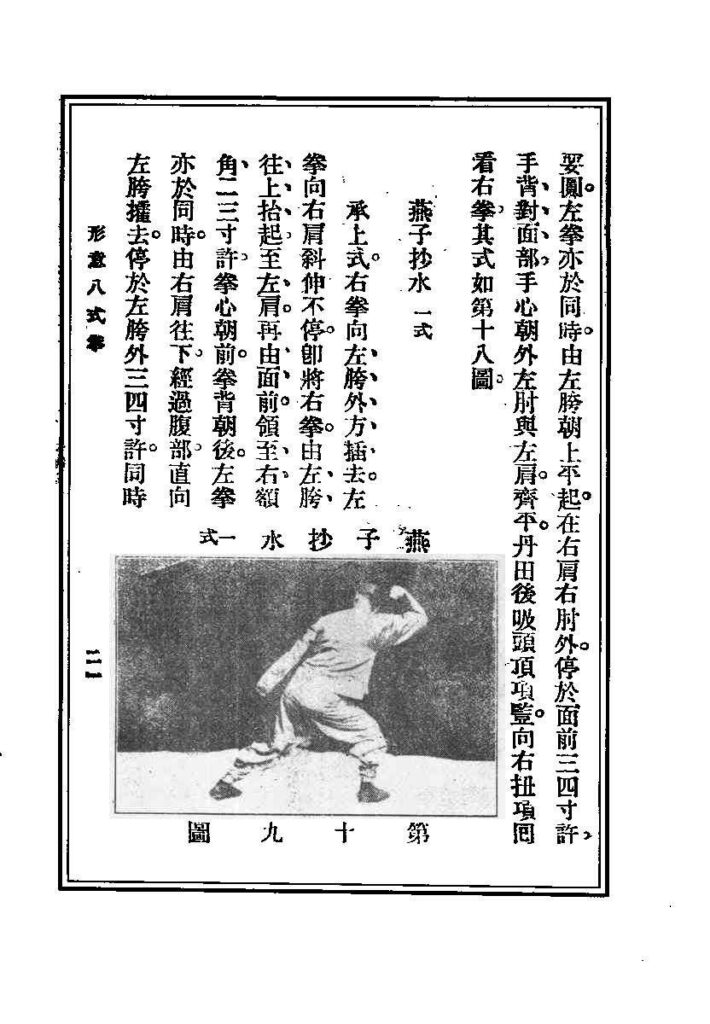
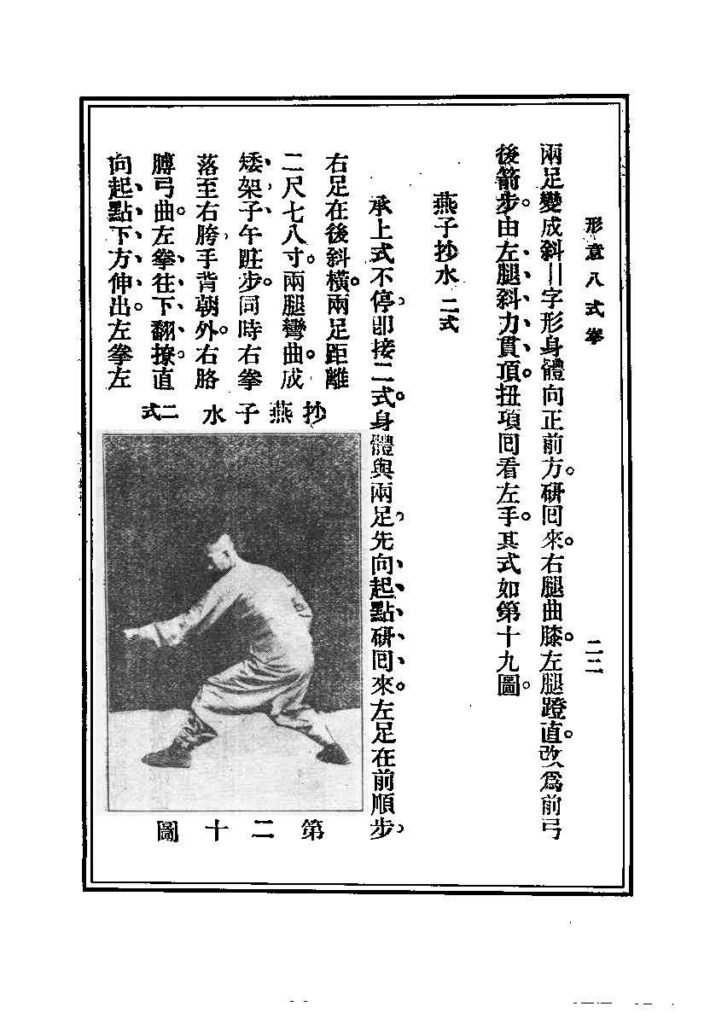

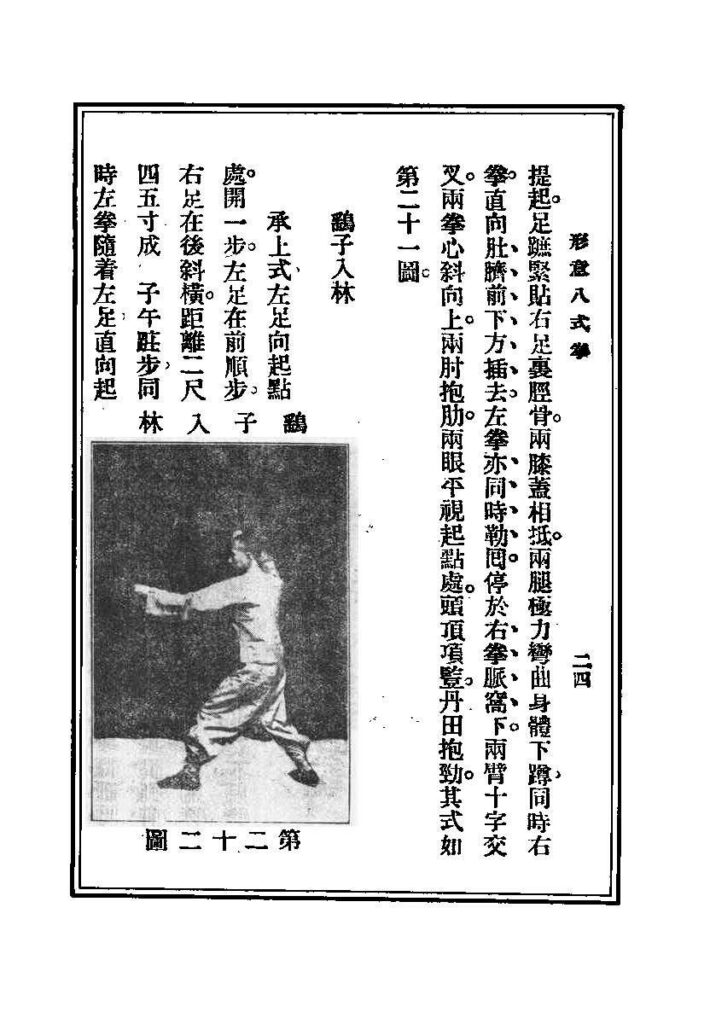




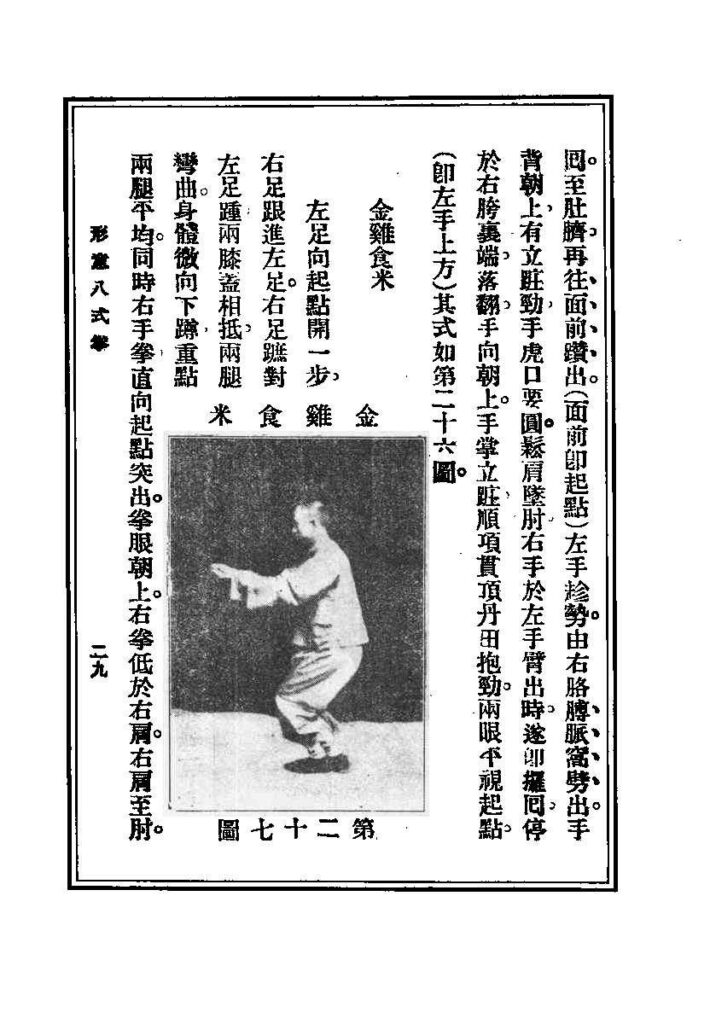
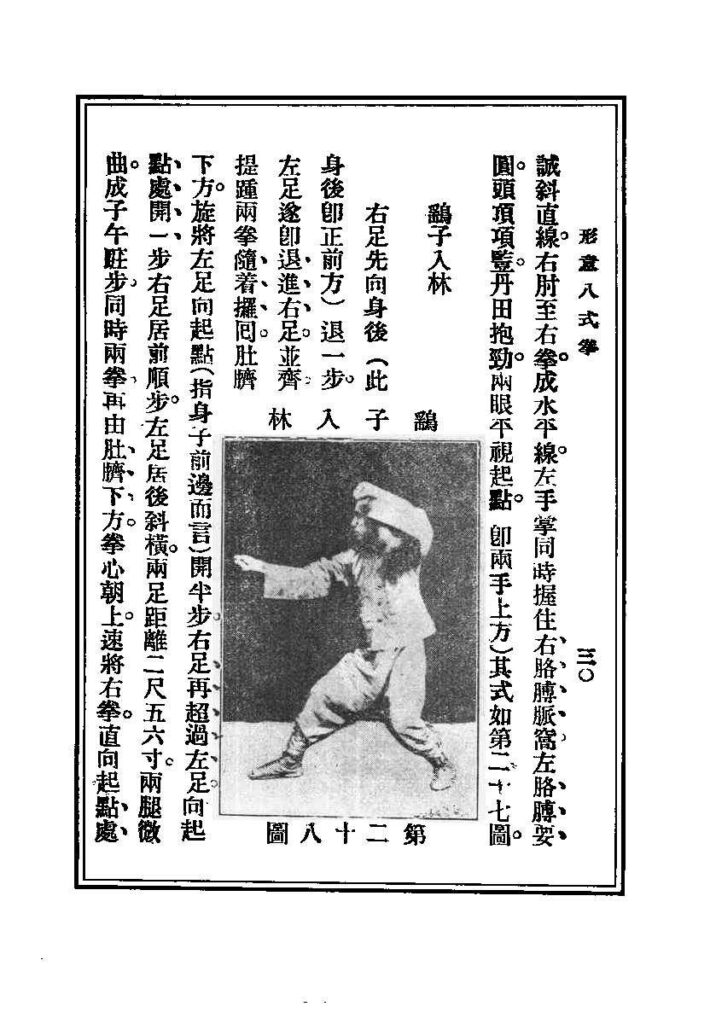
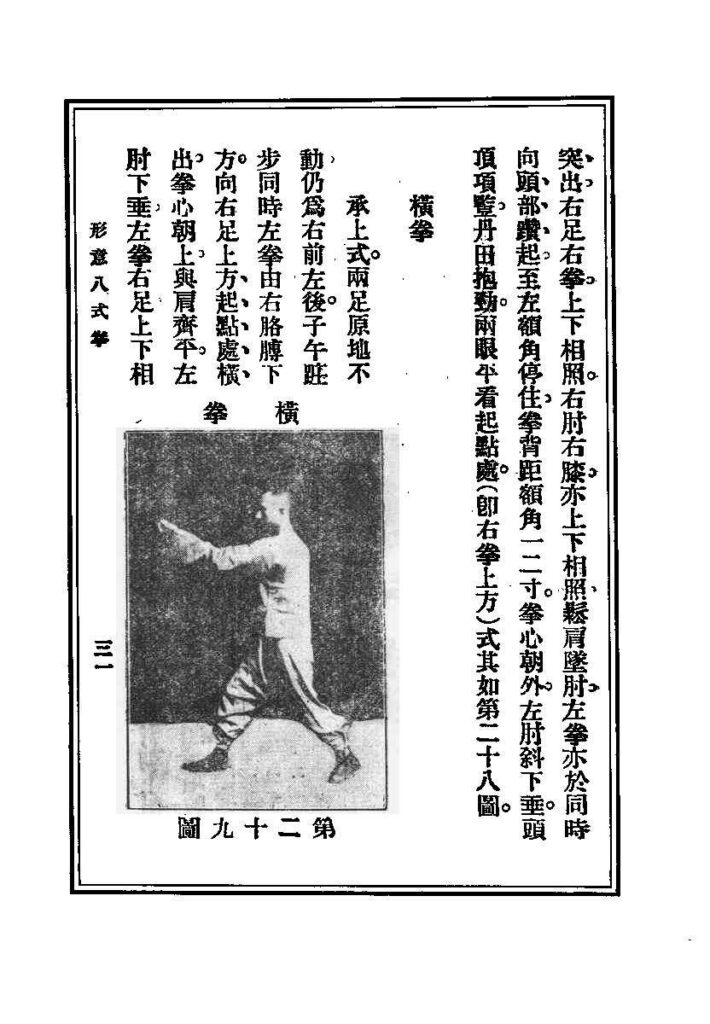

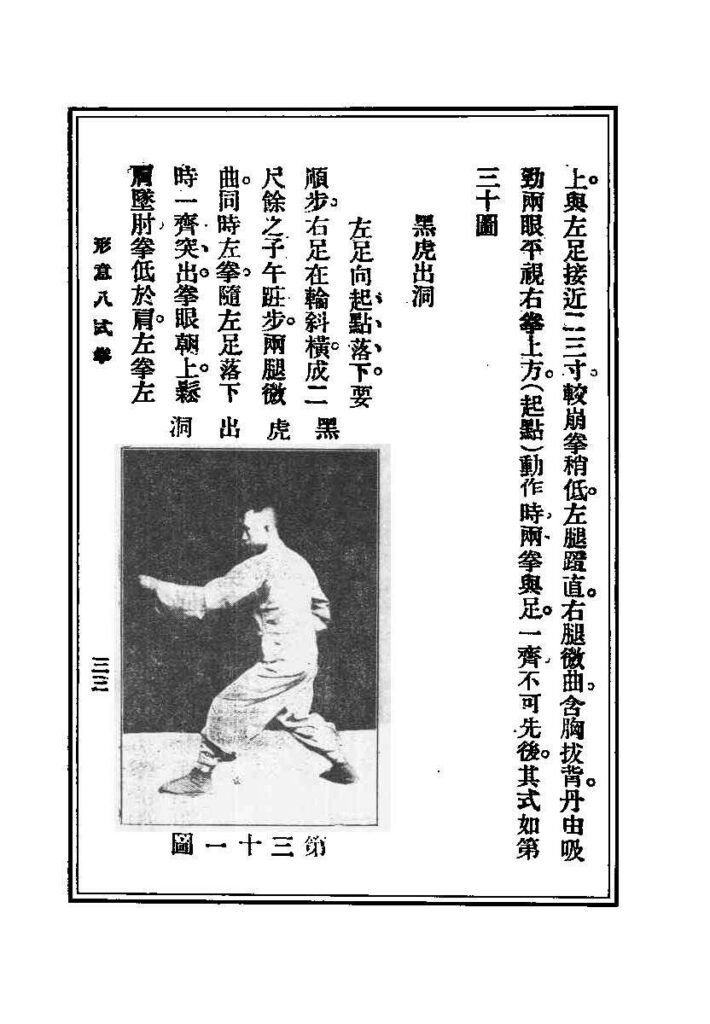

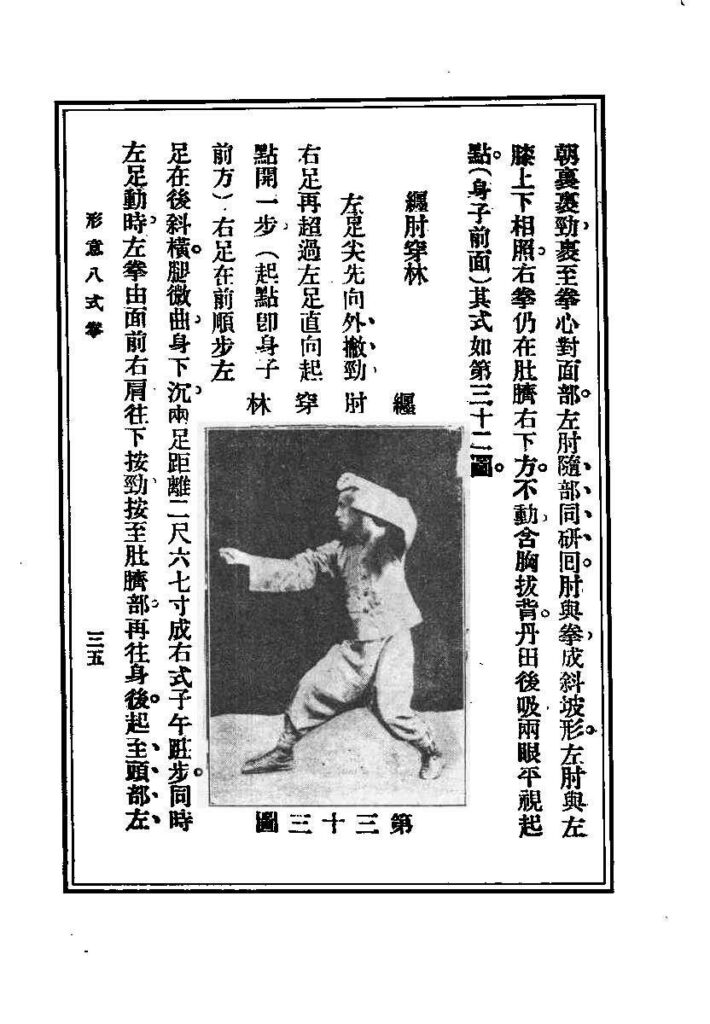
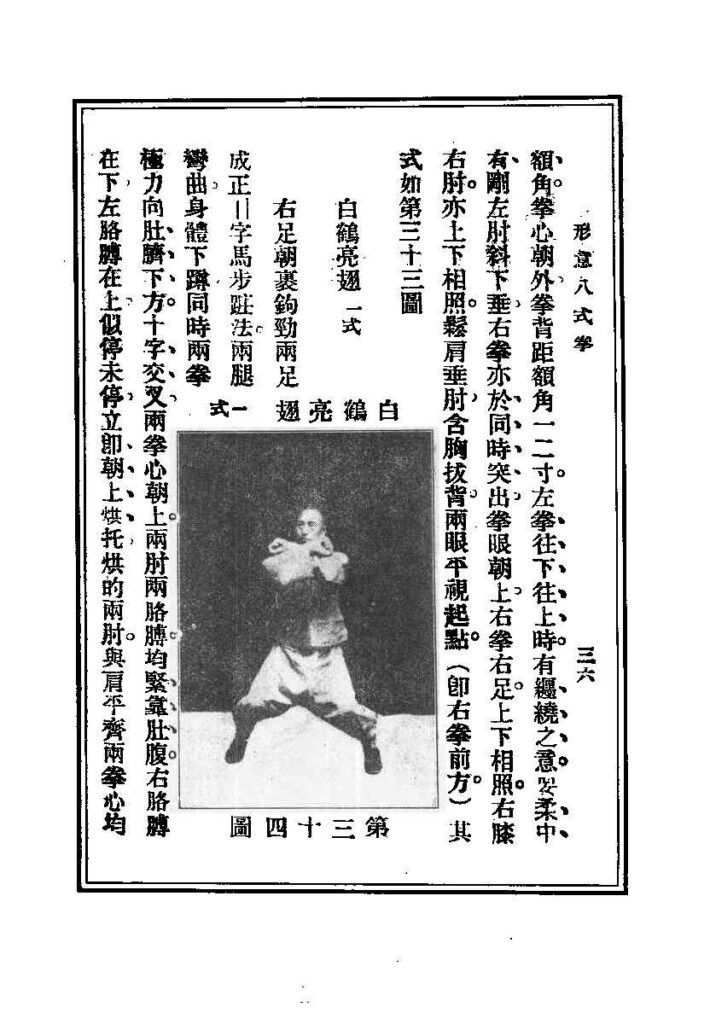
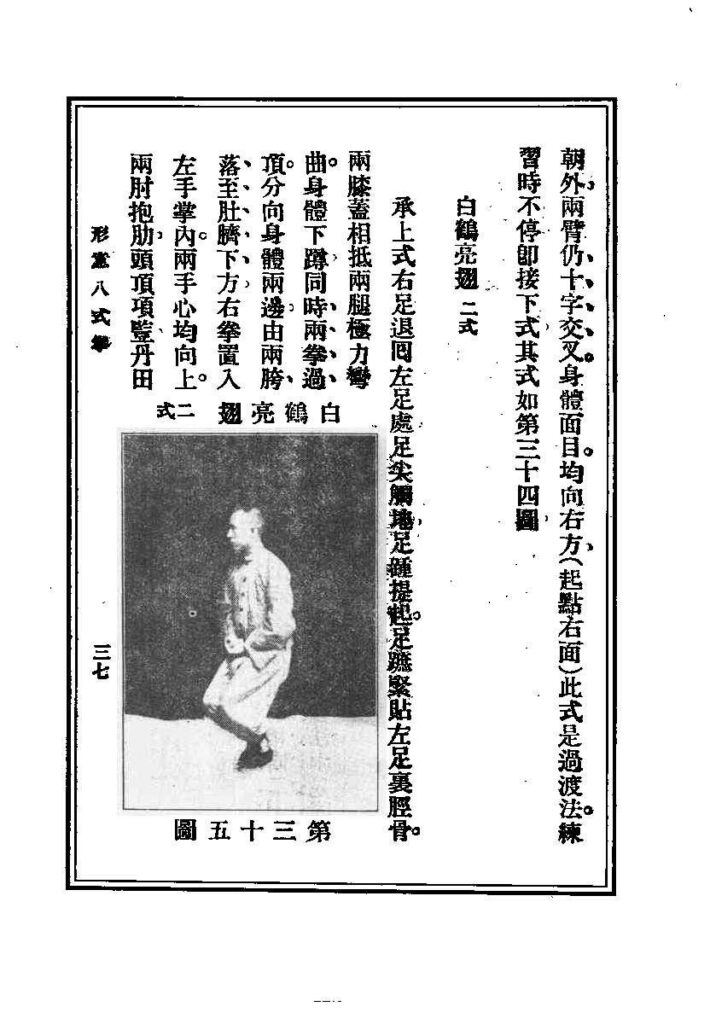



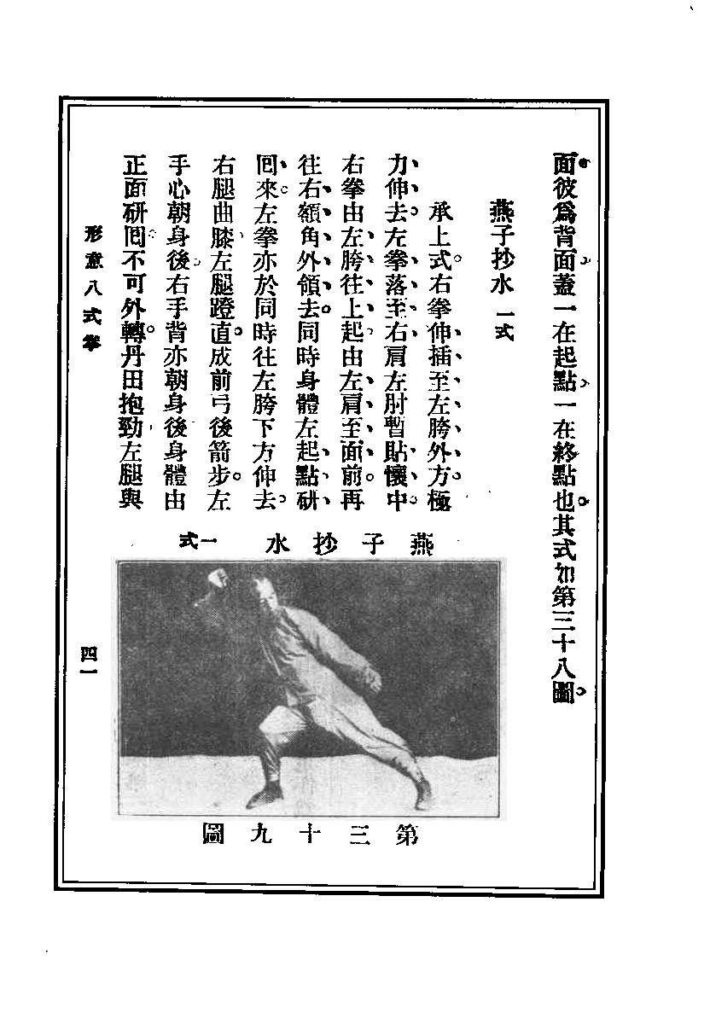

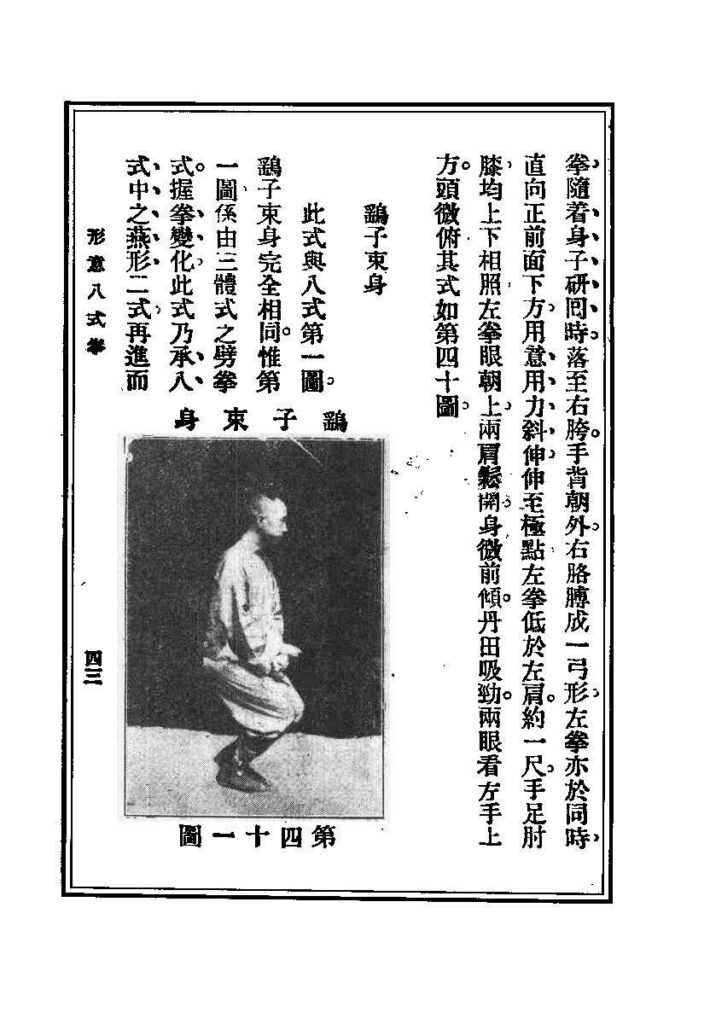
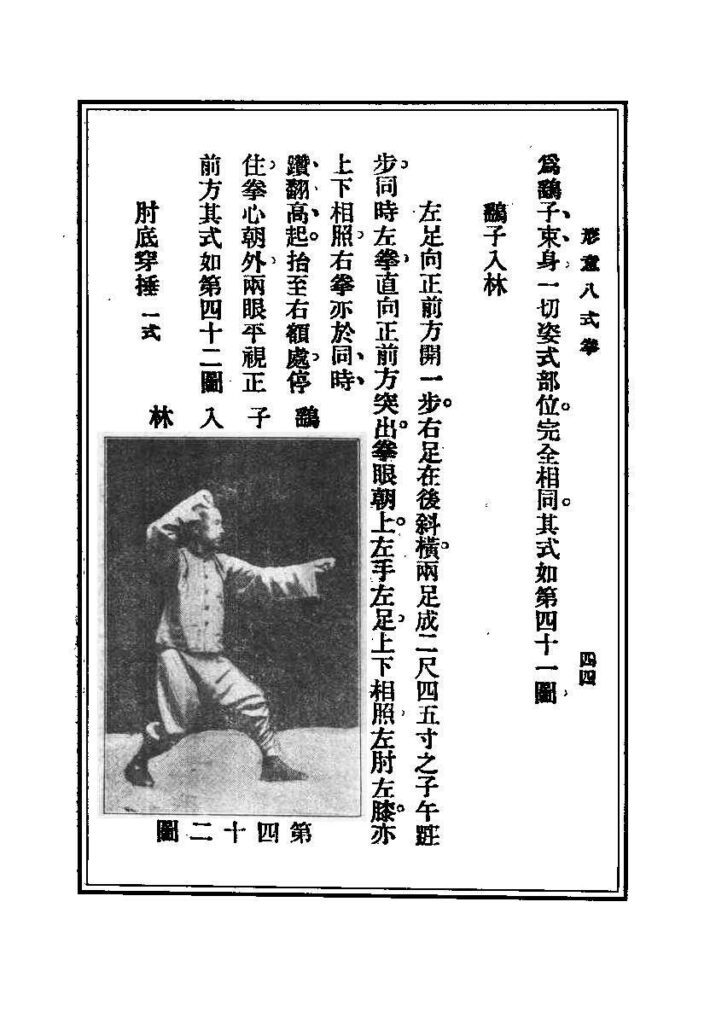
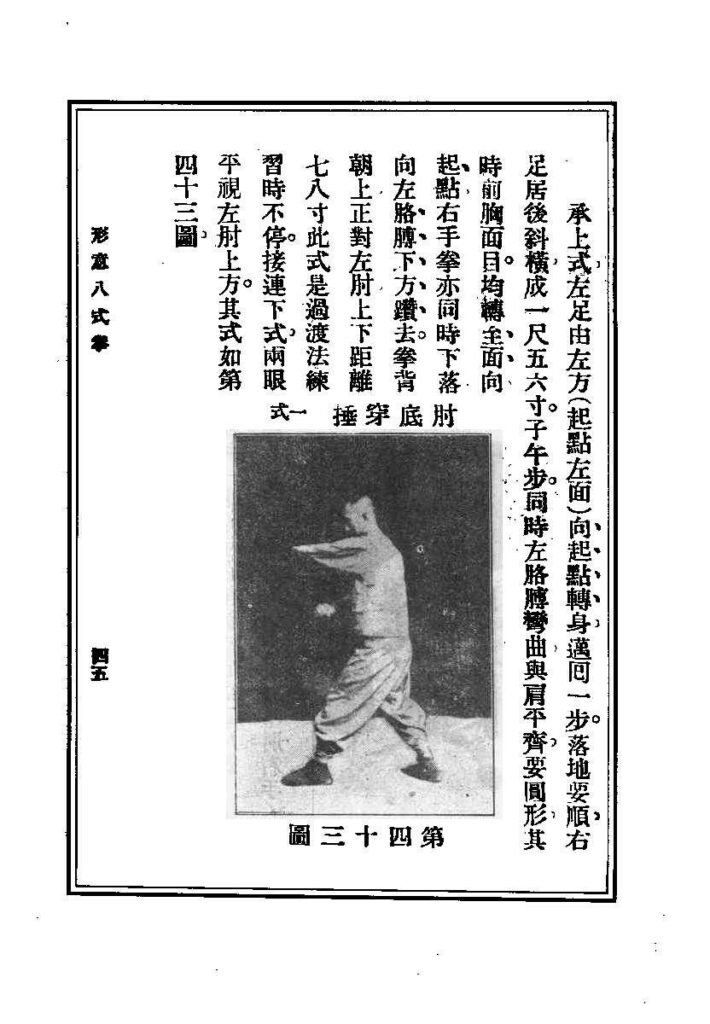
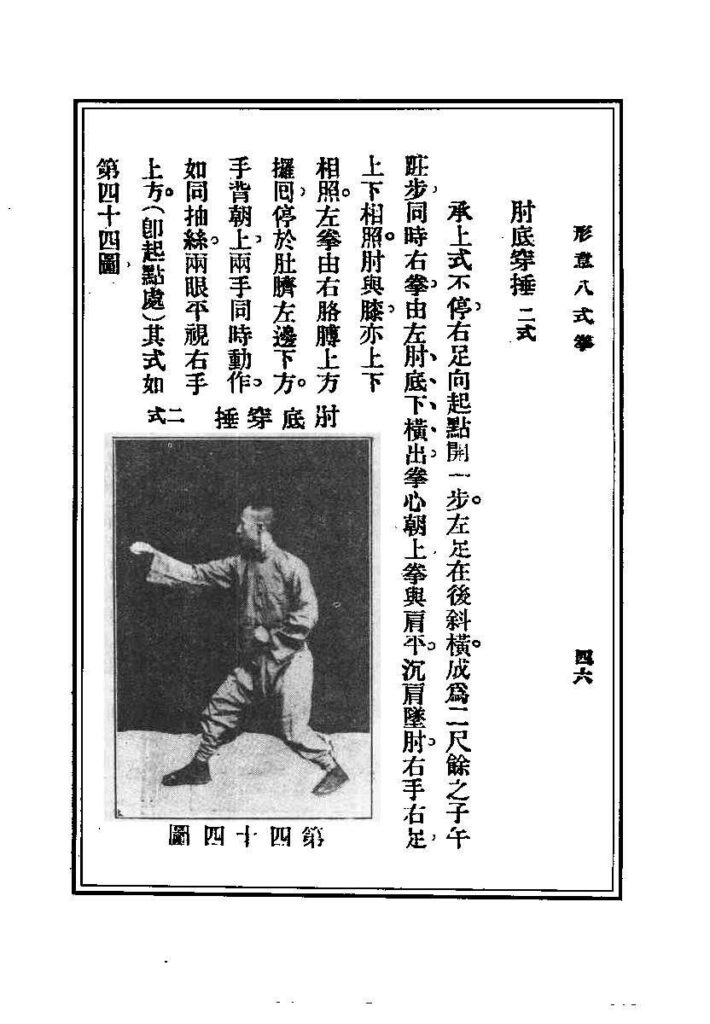

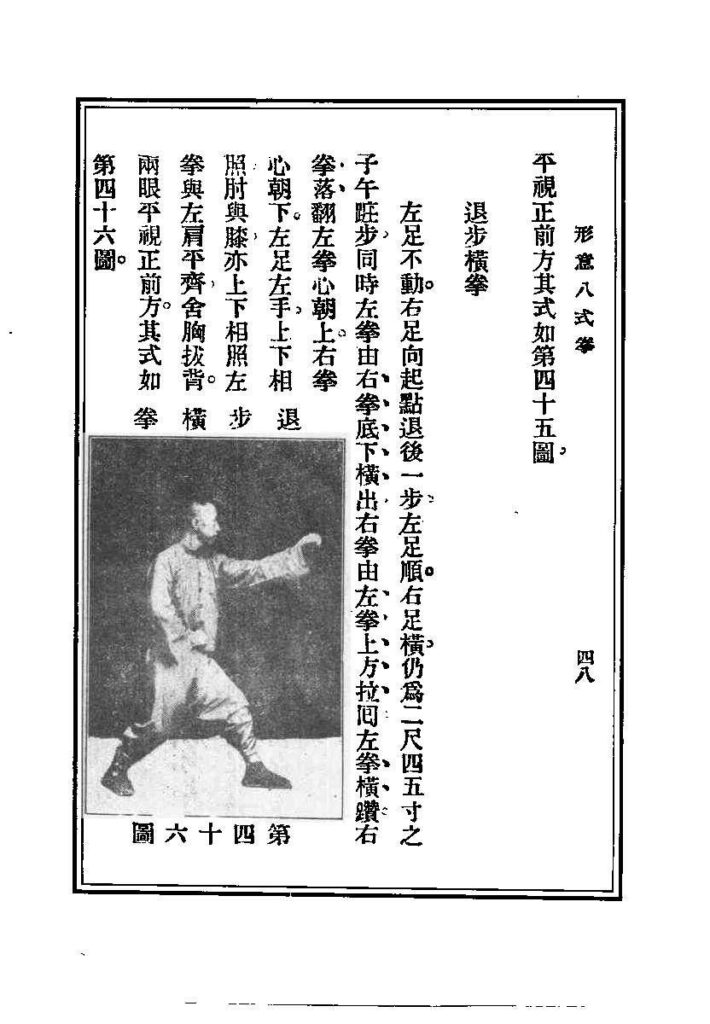

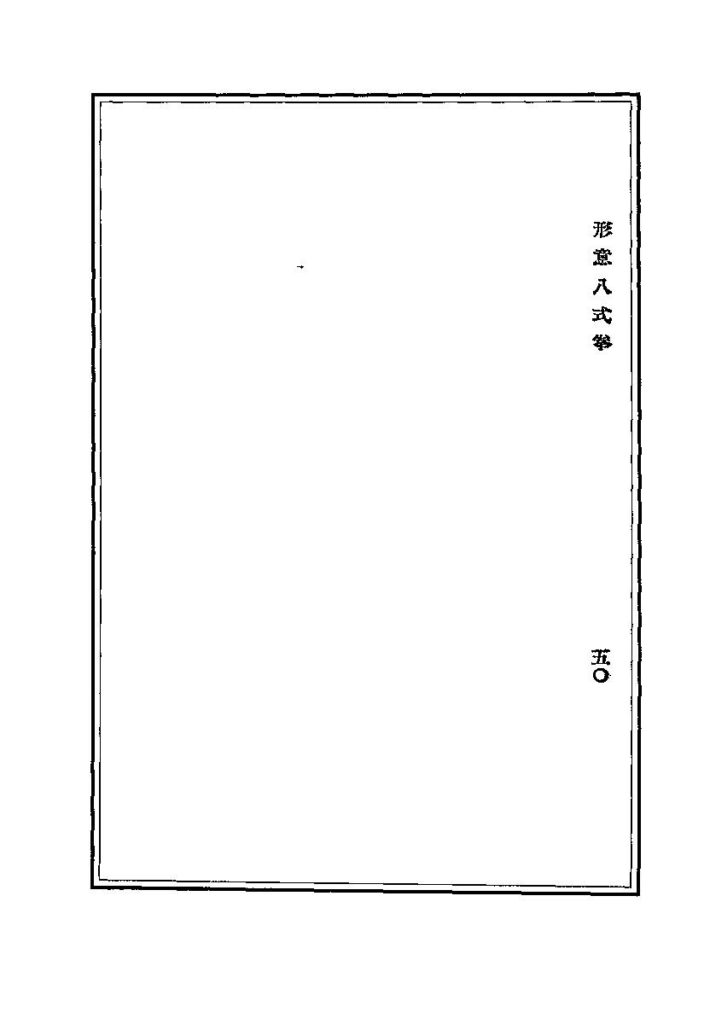
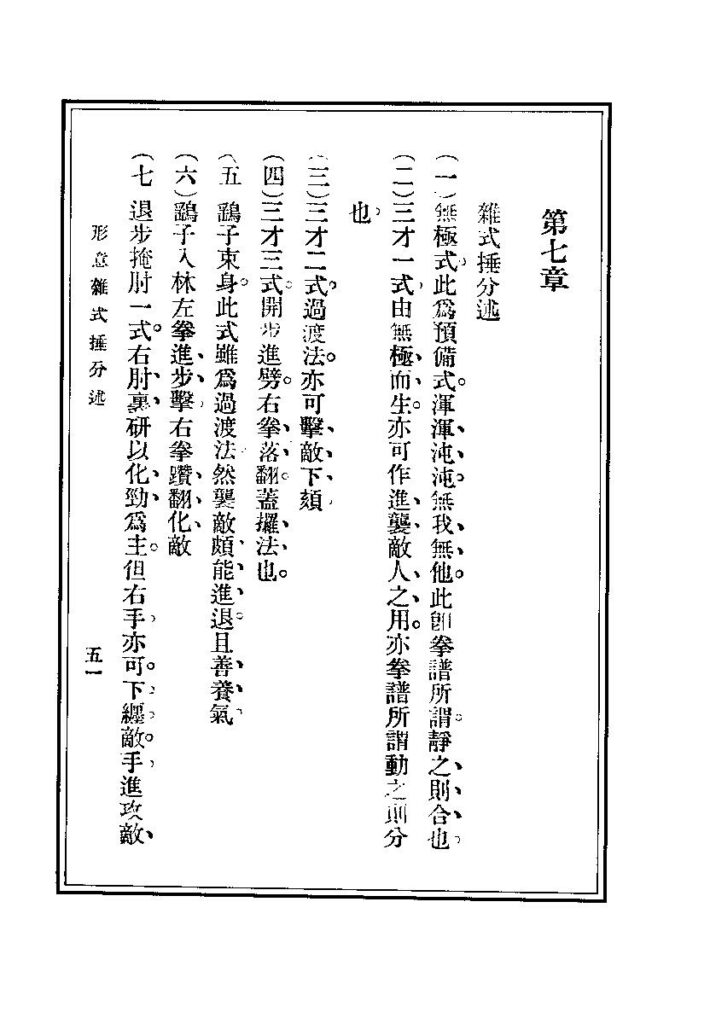
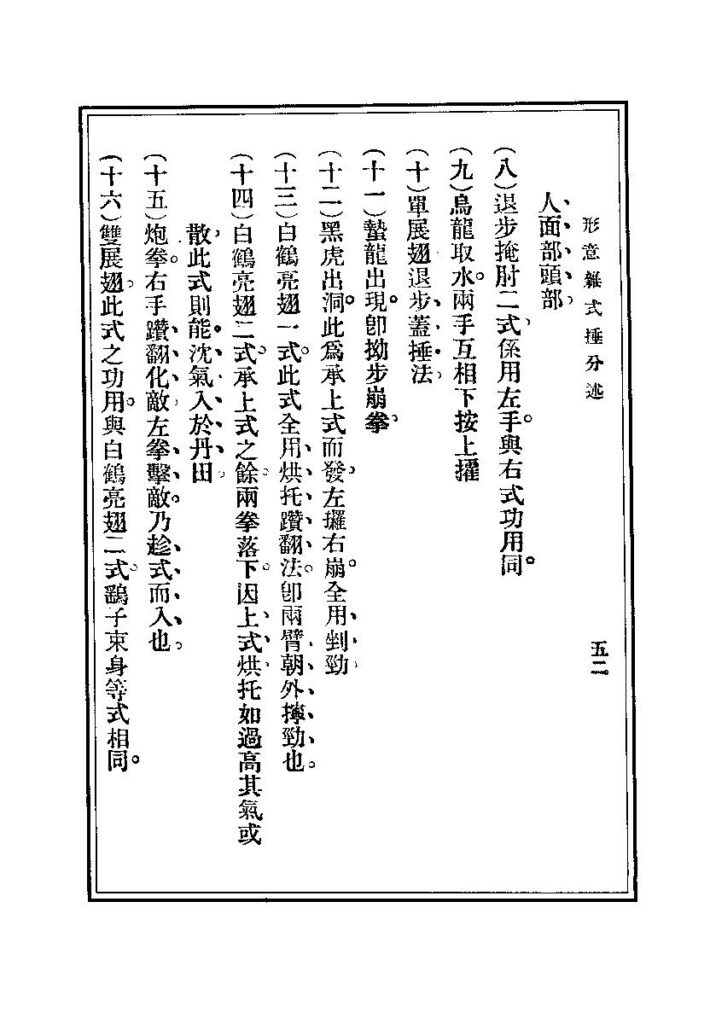
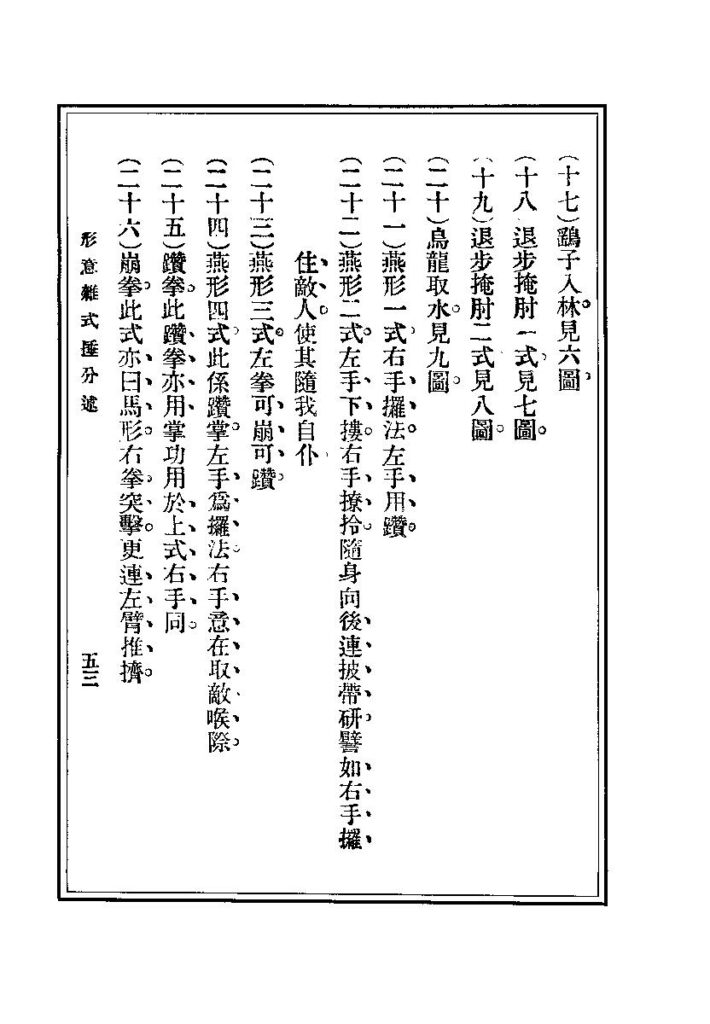
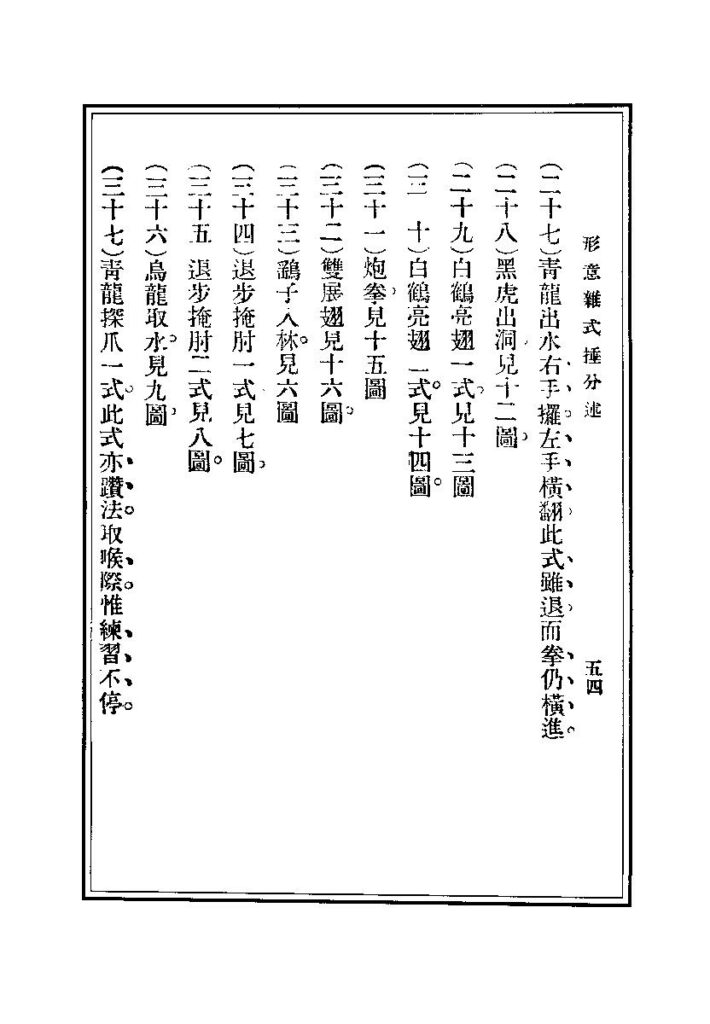
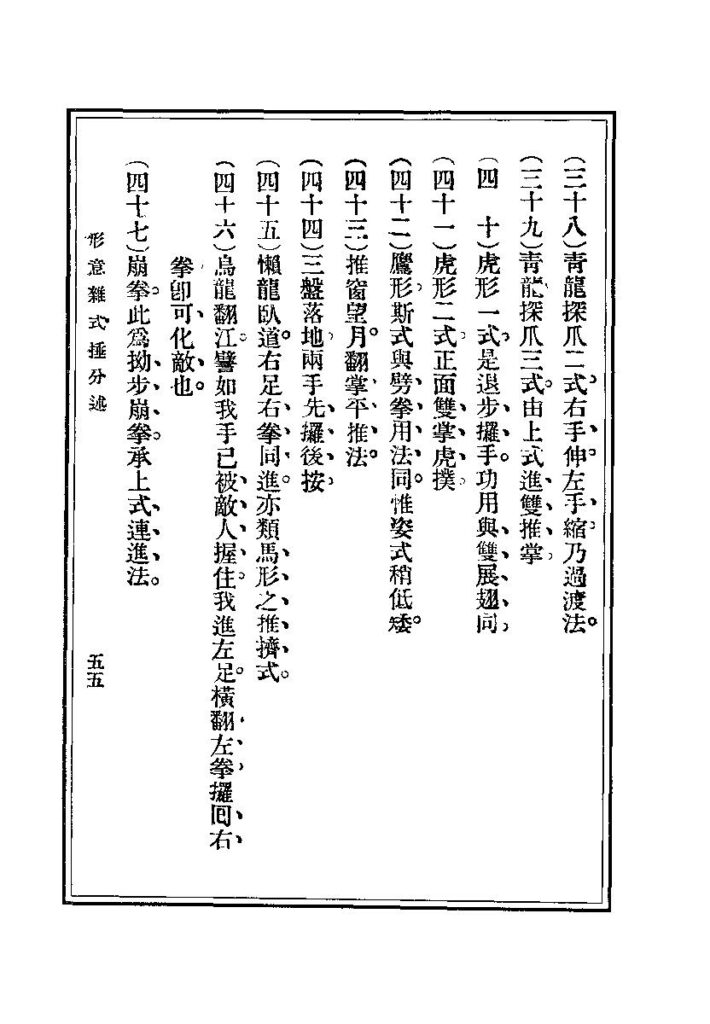

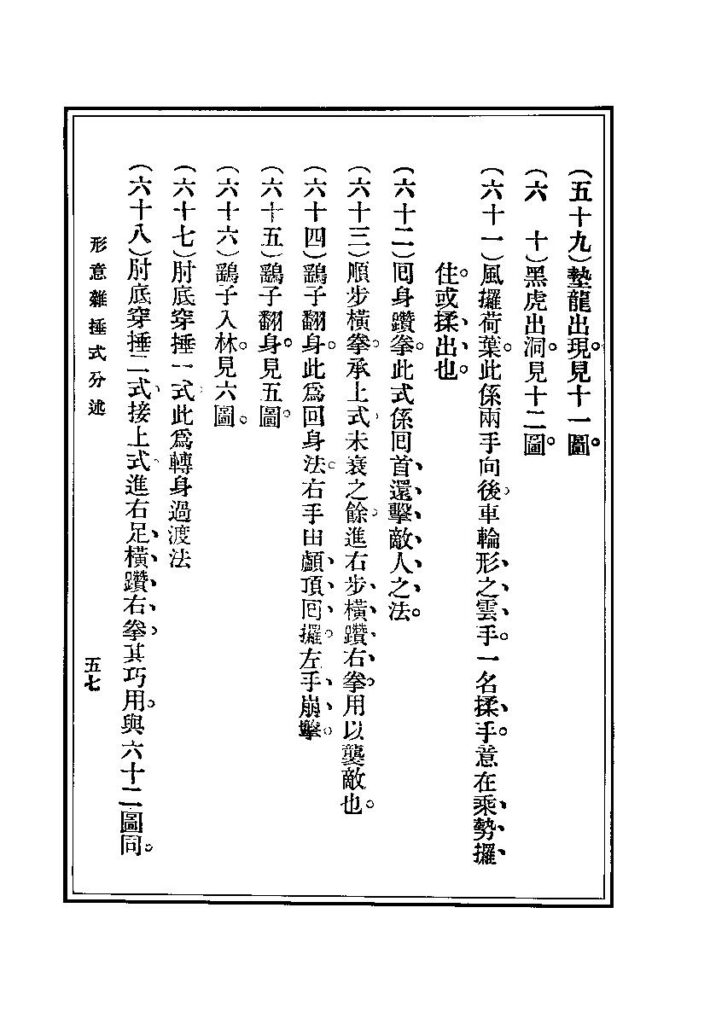

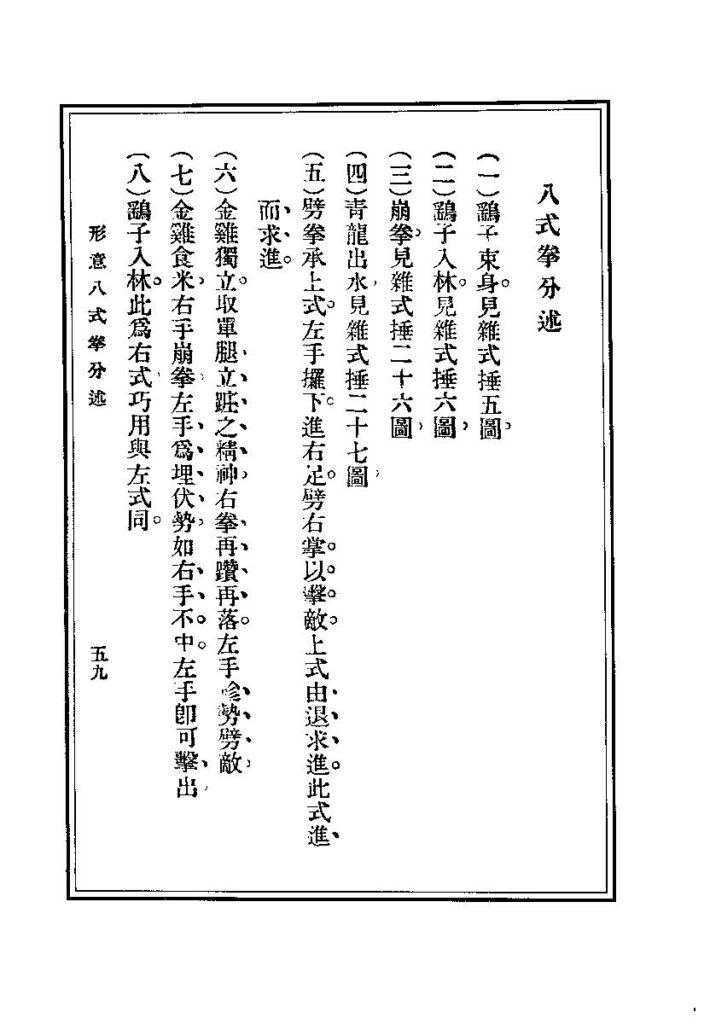

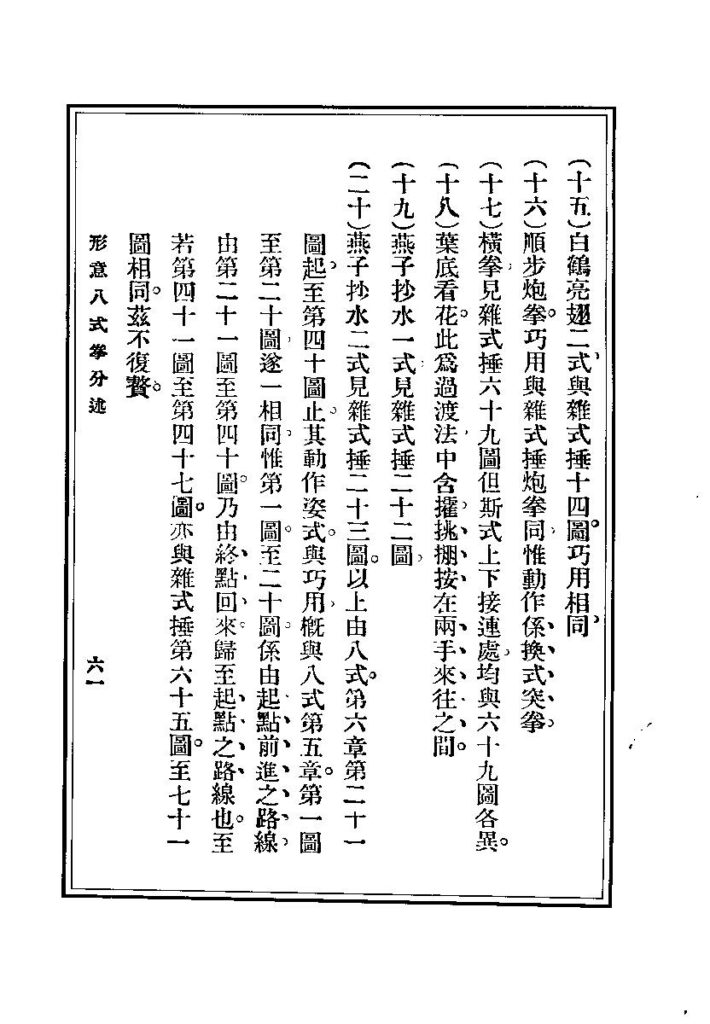
Culture文化 Kungfu武学 198P 《形意杂式捶》姜容樵
历史上的今天 ( 27 ):
- 2022年-10月-11日:China国内合集:敦煌隋代 中国敦煌壁画全集04 (313P)
- 2022年-10月-11日:China国内合集:敦煌北周 中国敦煌壁画全集03 (330P)
- 2022年-10月-11日:Super Nintendo:龙珠Z超悟空传觉醒篇-sfc
- 2022年-10月-11日:Super Nintendo:魔神转生2-sfc
- 2022年-10月-11日:Super Nintendo:牧场物语-sfc
- 2022年-10月-11日:Super Nintendo:热血高校躲避球全员集合-sfc
- 2022年-10月-11日:Leeao李敖:为中国思想趋向求答案 (65P)
- 2022年-10月-11日:Leeao李敖:为文学开窗 (92P)
- 2022年-10月-11日:Leeao李敖:世论新语 (102P)
- 2022年-10月-11日:Leeao李敖:上下古今谈 (80P)
- 2022年-10月-11日:Leeao李敖:求是新语 (65P)
- 2022年-10月-11日:Region地理:超越视觉 美国《国家地理》影像典藏之二 (251P)
- 2022年-10月-11日:Region地理:超越视觉 美国《国家地理》影像典藏之一 (300P)
- 2022年-10月-11日:History历史:灾难的年代(公元1300年~1400年) (174P)
- 2022年-10月-11日:History历史:战争中的军队 中国抗战历史影像全集 卷二 (402P)
- 2022年-10月-11日:History历史:万众抗战 中国抗战历史影像全集 卷一 (400P)
- 2022年-10月-11日:Kungfu武学:《弹腿》张文广 (73P)
- 2022年-10月-11日:Kungfu武学:《燕青拳》李国治 (44P)
- 2022年-10月-11日:Kungfu武学:《梅花螳螂剑》李承祥 (84P)
- 2022年-10月-11日:Kungfu武学:《云台秘技——八步金砖》佚名 (9P)
- 2022年-10月-11日:Radio收音机:衢州新闻广播
- 2022年-10月-11日:Radio收音机:衢州交通广播
- 2022年-10月-11日:Radio收音机:义乌交通广播
- 2022年-10月-11日:Radio收音机:杭州华语之声
- 2022年-10月-11日:News新闻:10月11日,星期二,在这里每天60秒读懂世界! (1P)
- 2022年-10月-11日:China国内合集:清代绘画 (281P)
- 2022年-10月-11日:Animal动物:亚洲鸟类版画(第七卷) (77P)
可点 ➠ 2023年-10月-11日 ➠ 81 s ➠ ♥ 0

